Learn hand-painted sign creation by mastering lettering techniques, brush handling, and color application for unique signage
Embark on a creative journey through the world of lettering with a focus on both handcrafted designs and digital innovation. This specialization covers a range of techniques guided by talented instructors like Christopher Rouleau, Nico NG, Dan Forster, Jimbo Bernaus, and Rylsee (Cyril Vouilloz). Discover the art of hand-painted signs, learning traditional methods such as layout design, brush handling, and color application to create eye-catching signage. Dive into hand-lettering for inspirational quotes, where composition, color theory, and decorative elements transform meaningful messages into visually appealing artwork.
Elevate your skills by mastering expressive lettering with swashes and flourishes, adding elegance and movement to your designs. Explore custom letter design with Procreate, embracing digital techniques like sketching, refining letterforms, and applying textures for various applications. Finally, venture into the realm of animation, crafting dynamic lettering GIFs to boost your online presence. This comprehensive journey ensures a well-rounded skill set, blending analog and digital artistry for a complete lettering experience.
What will you learn in this specialization?
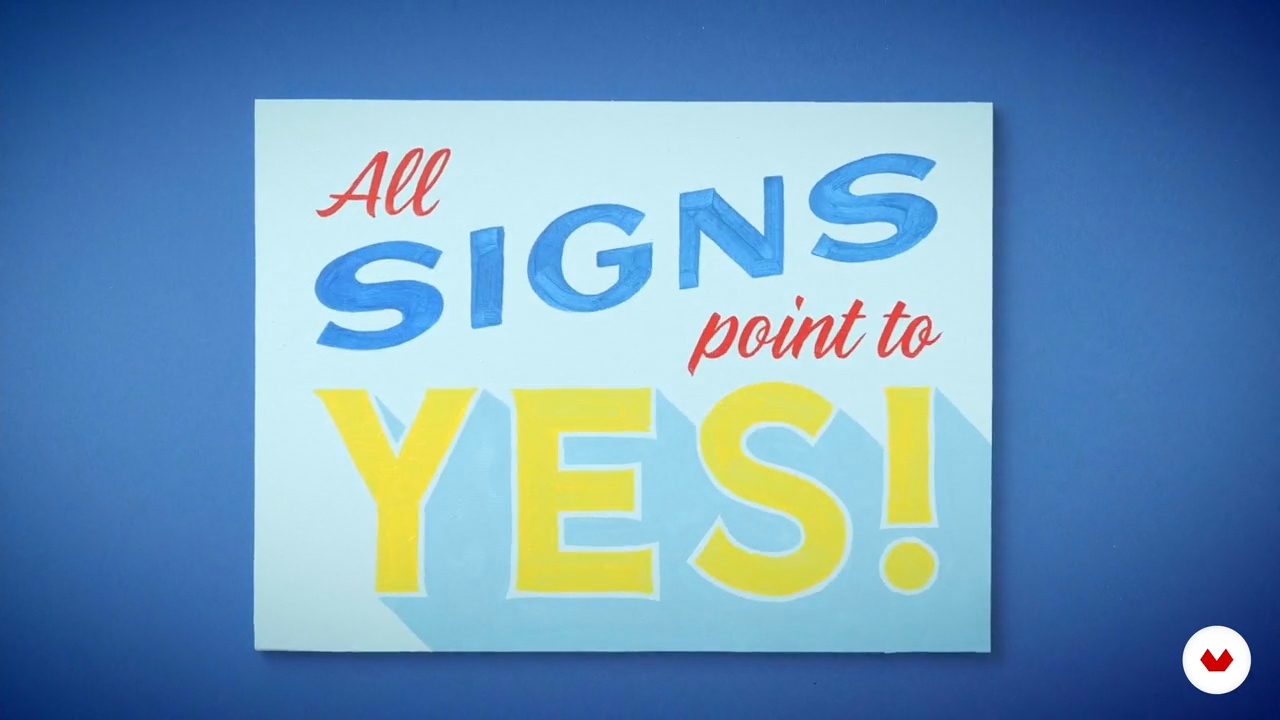

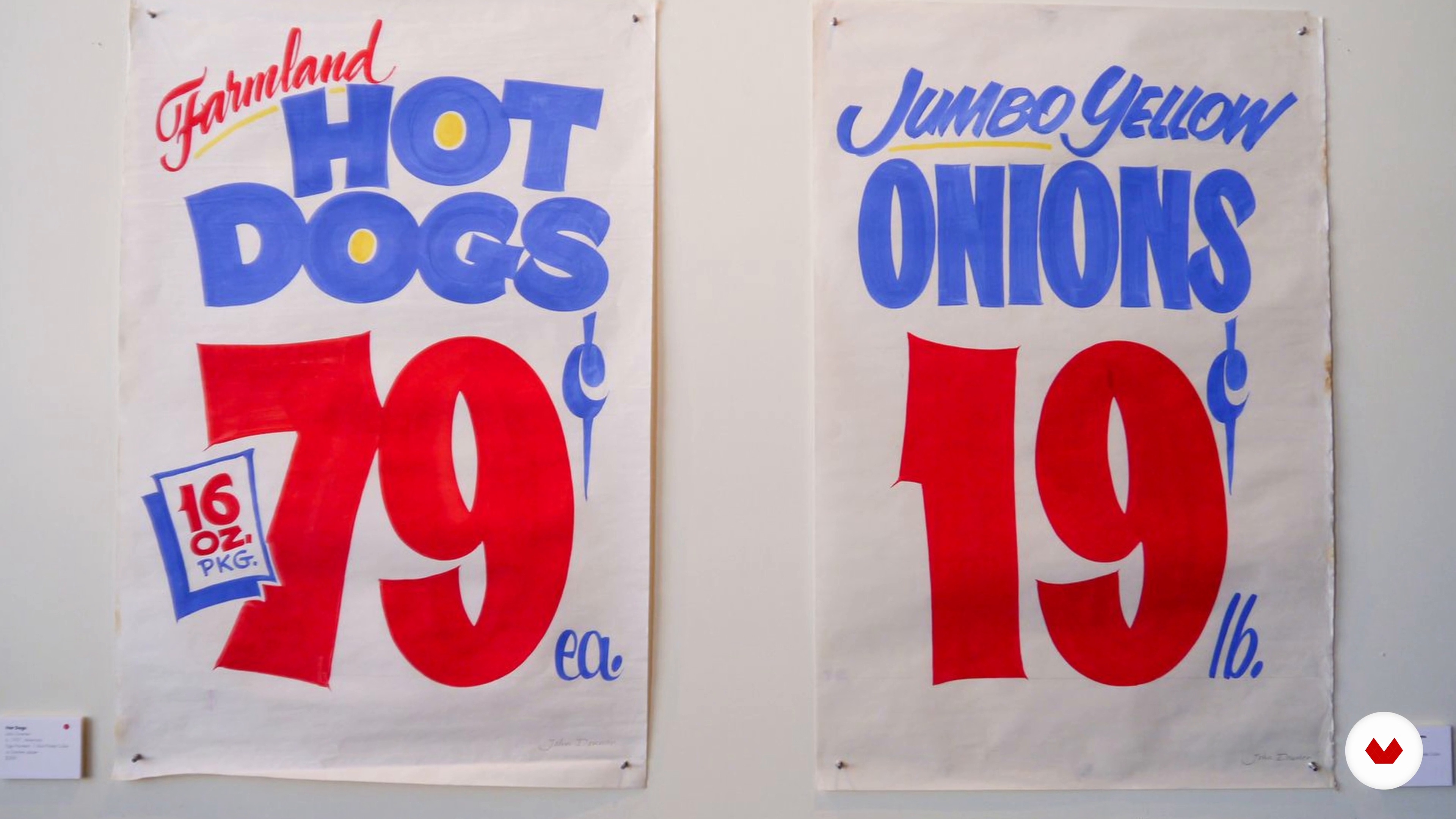

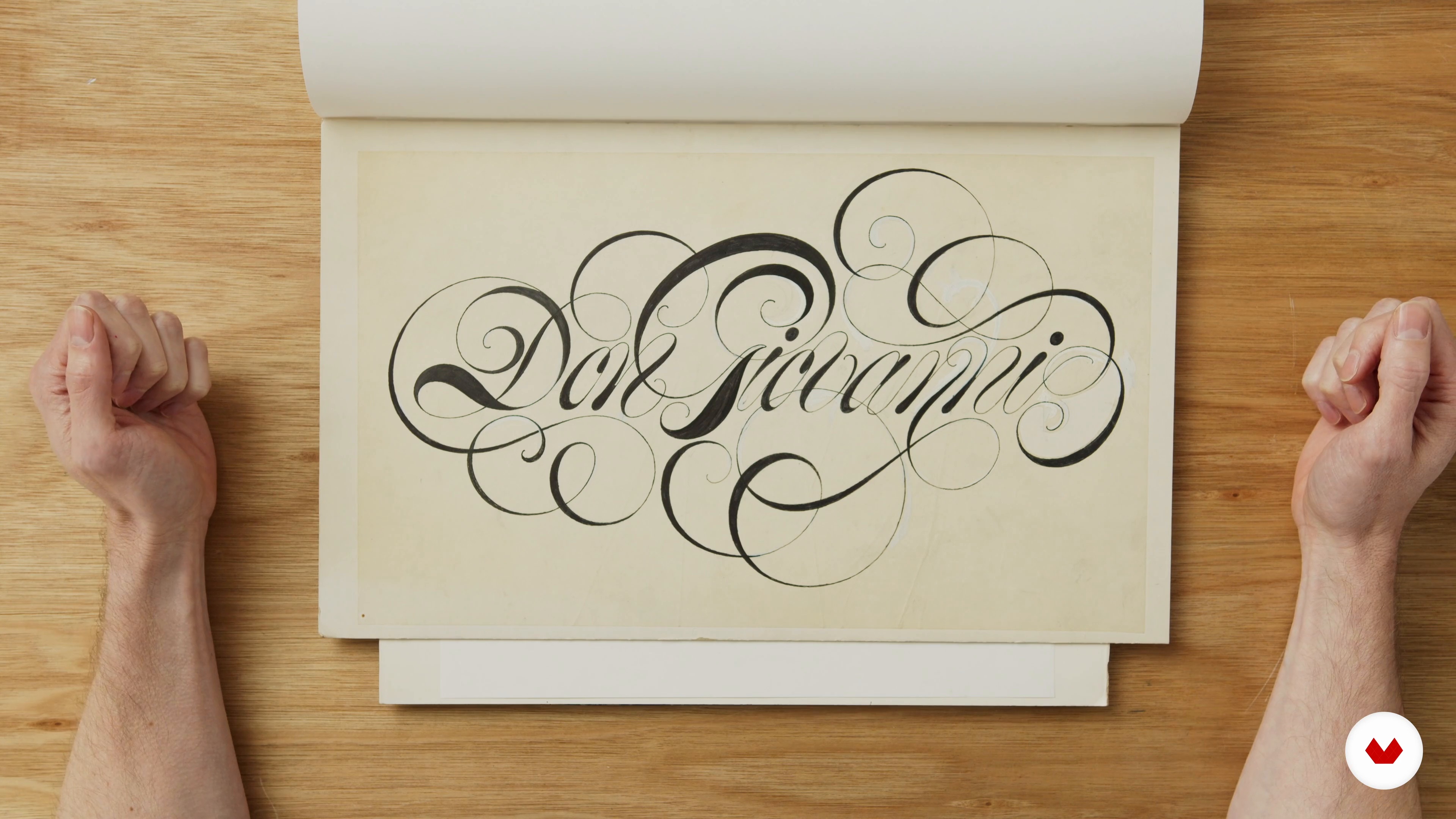
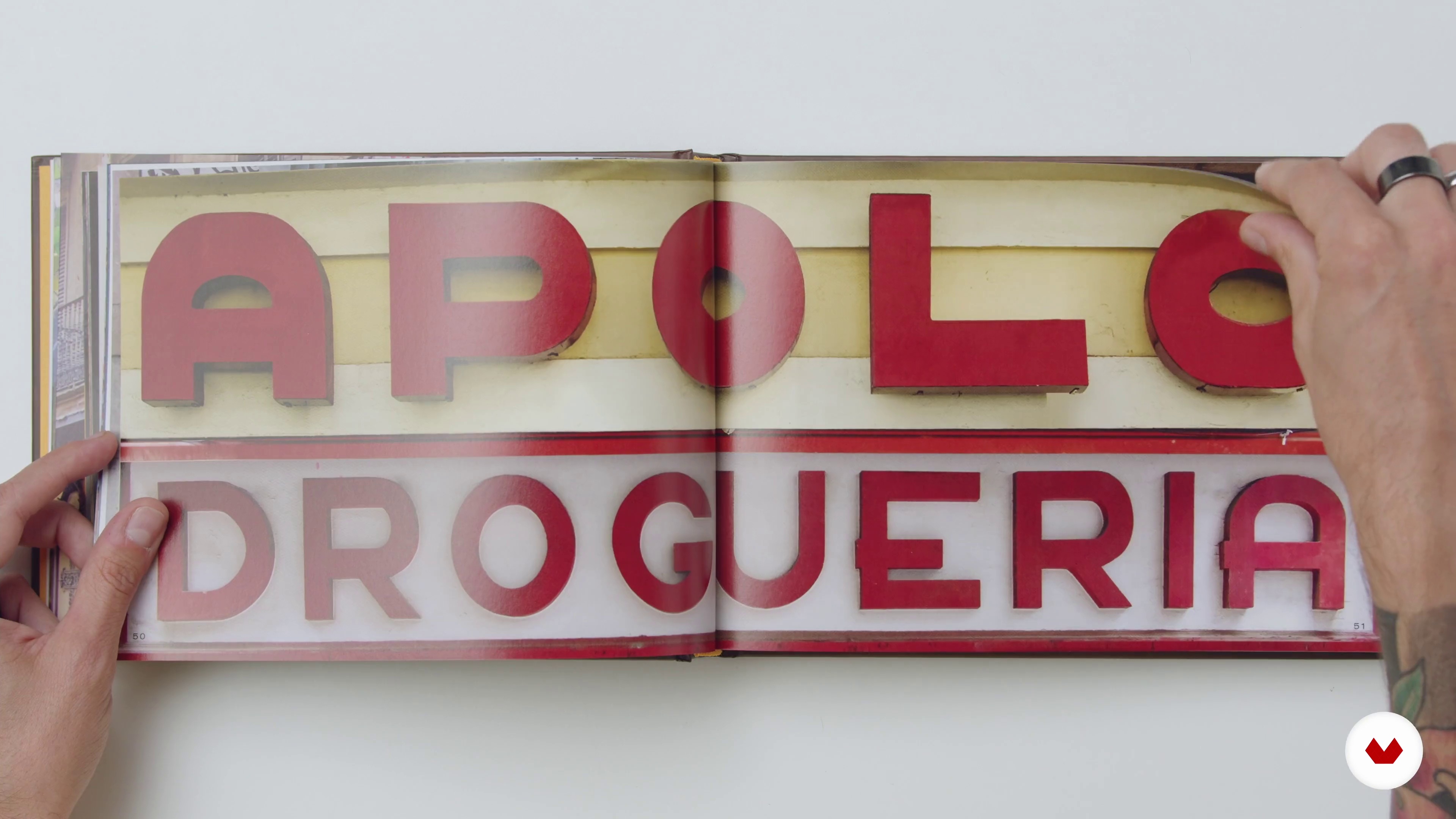
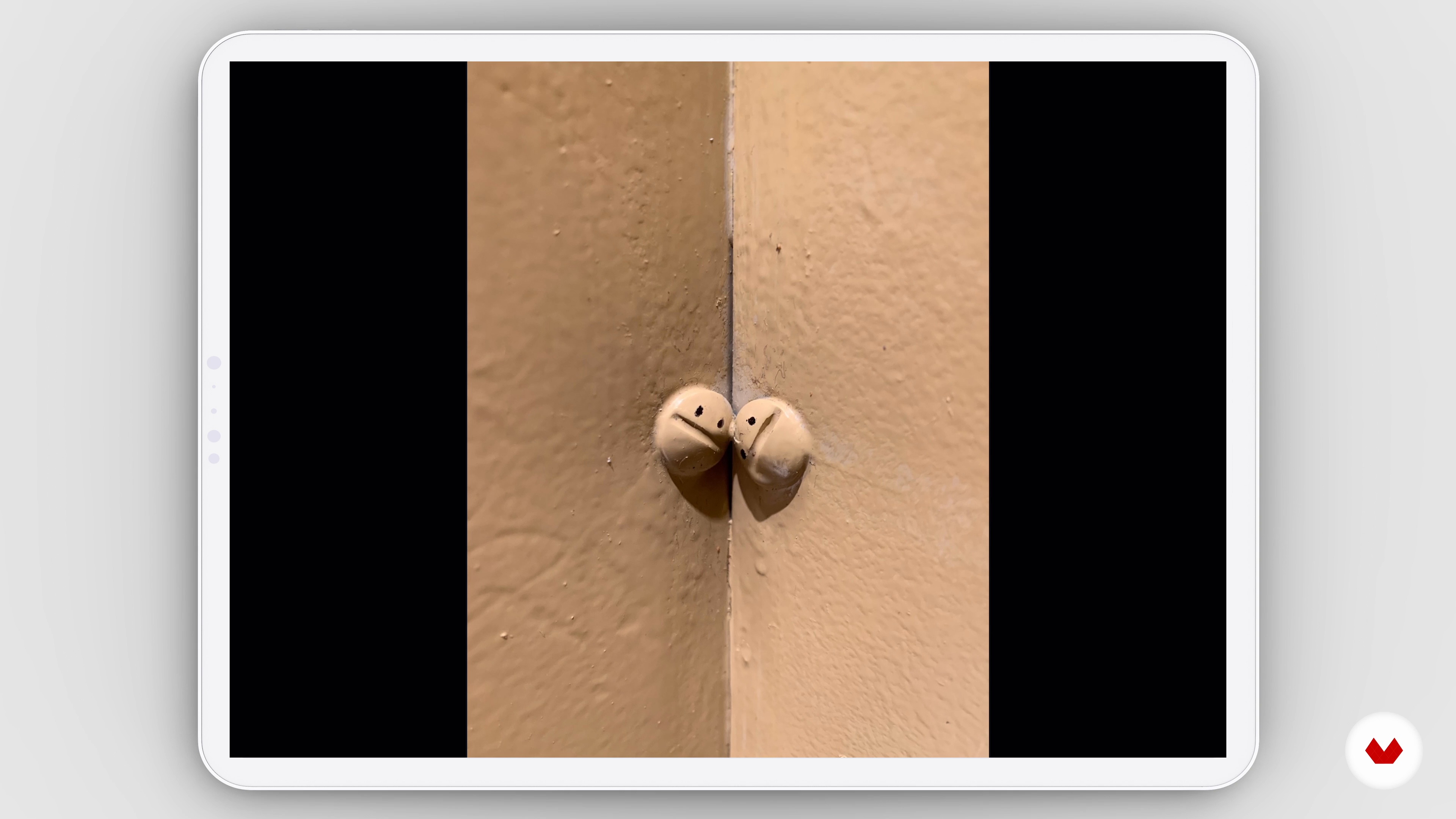
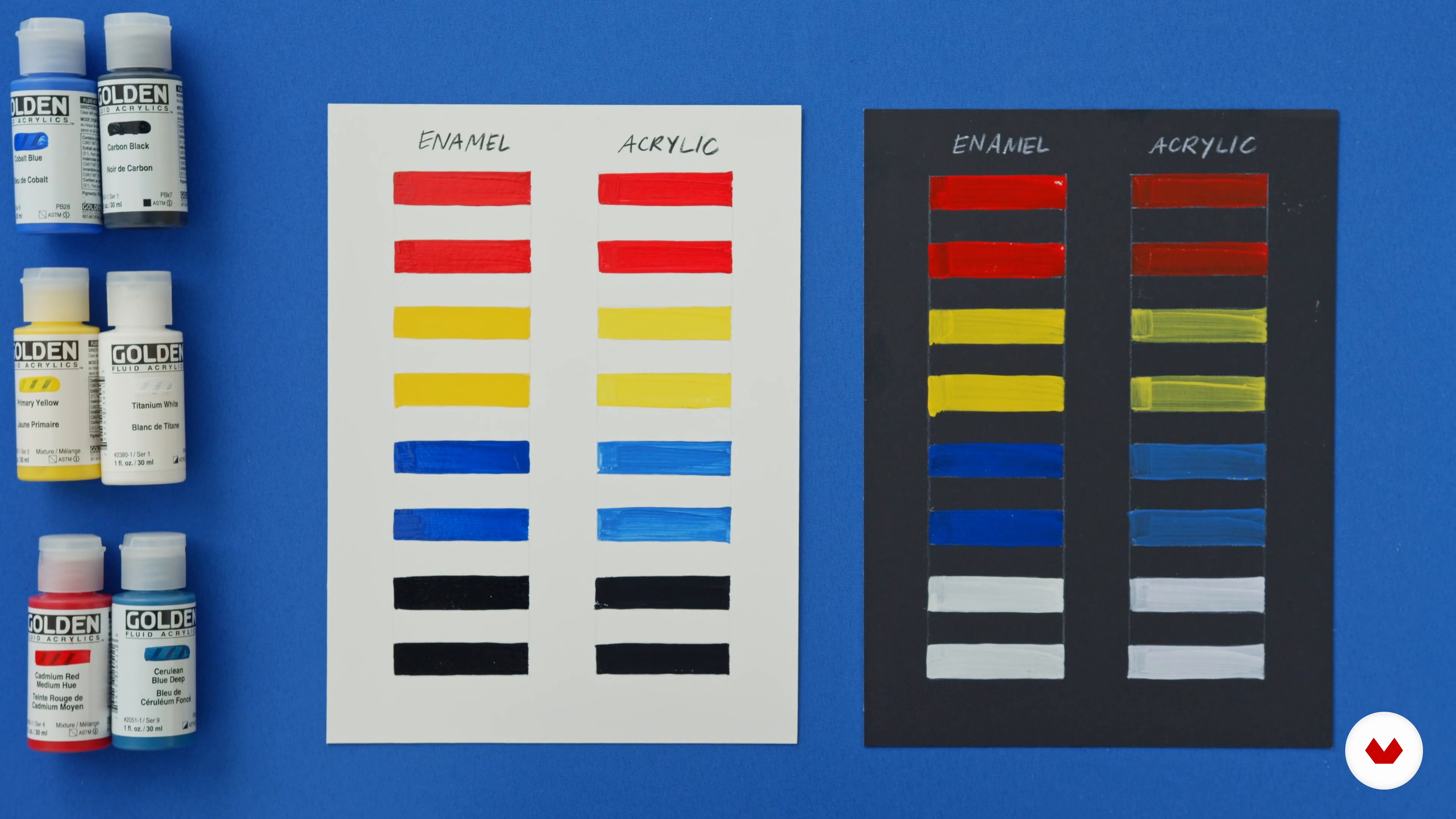

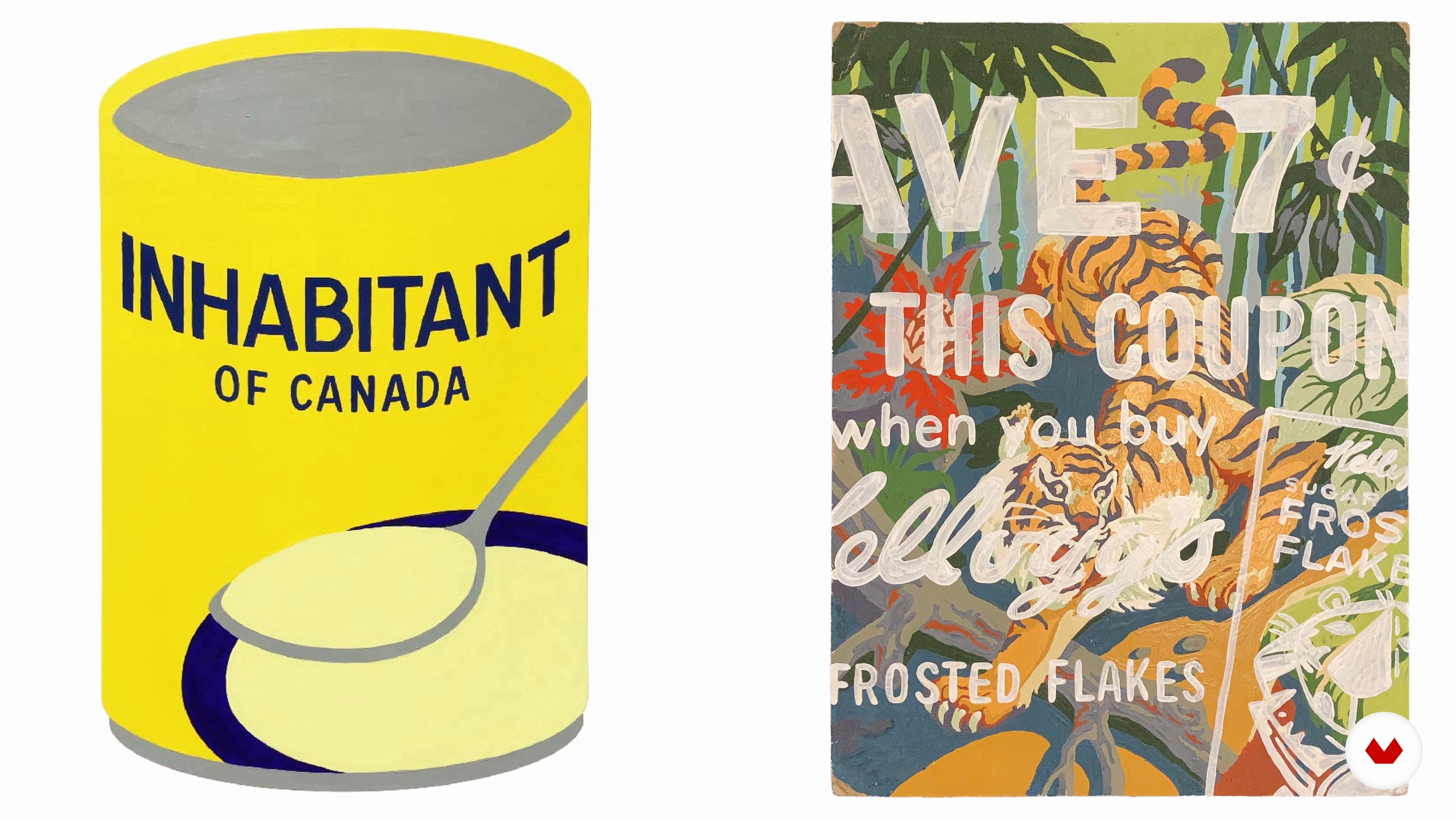
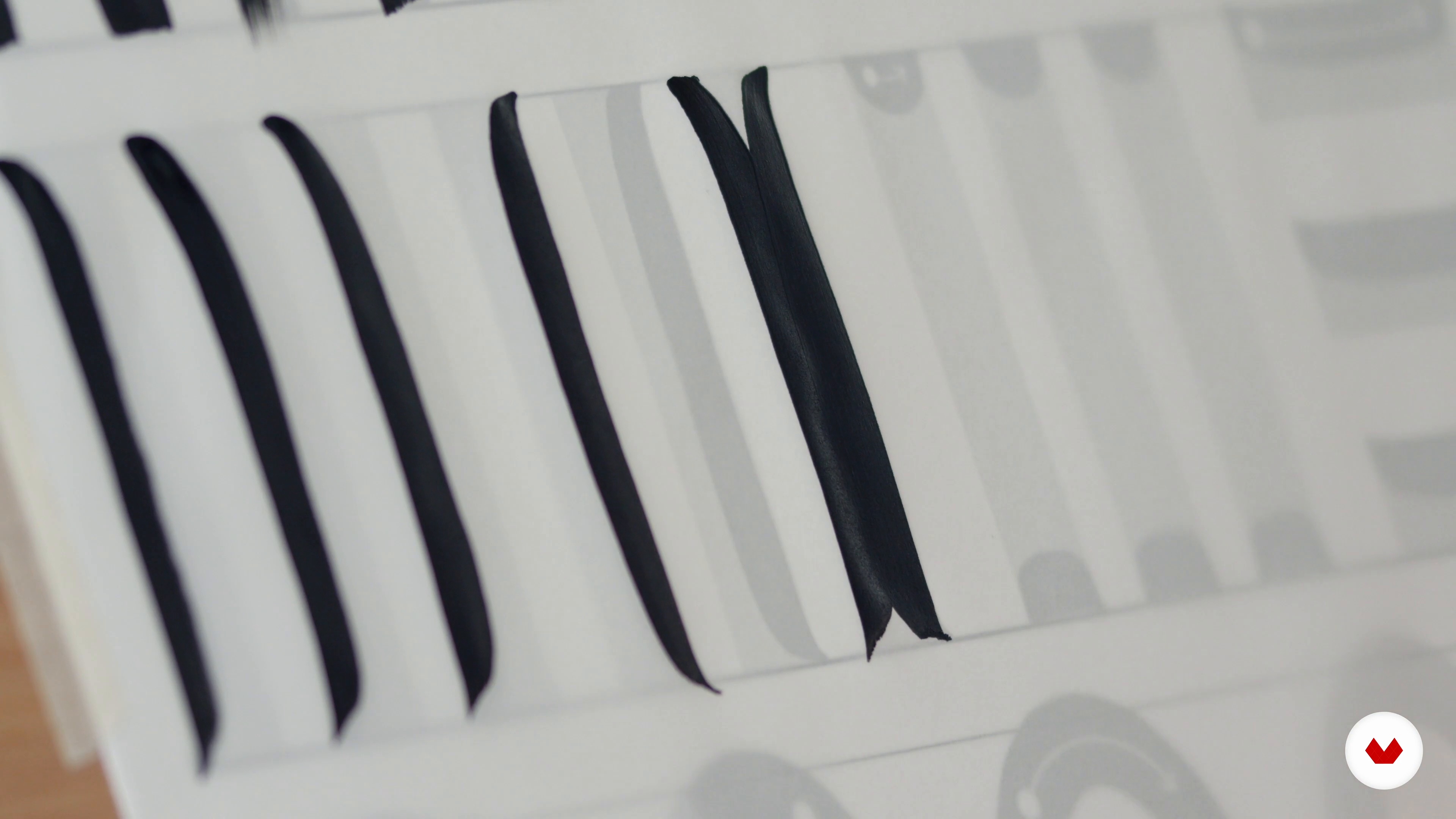

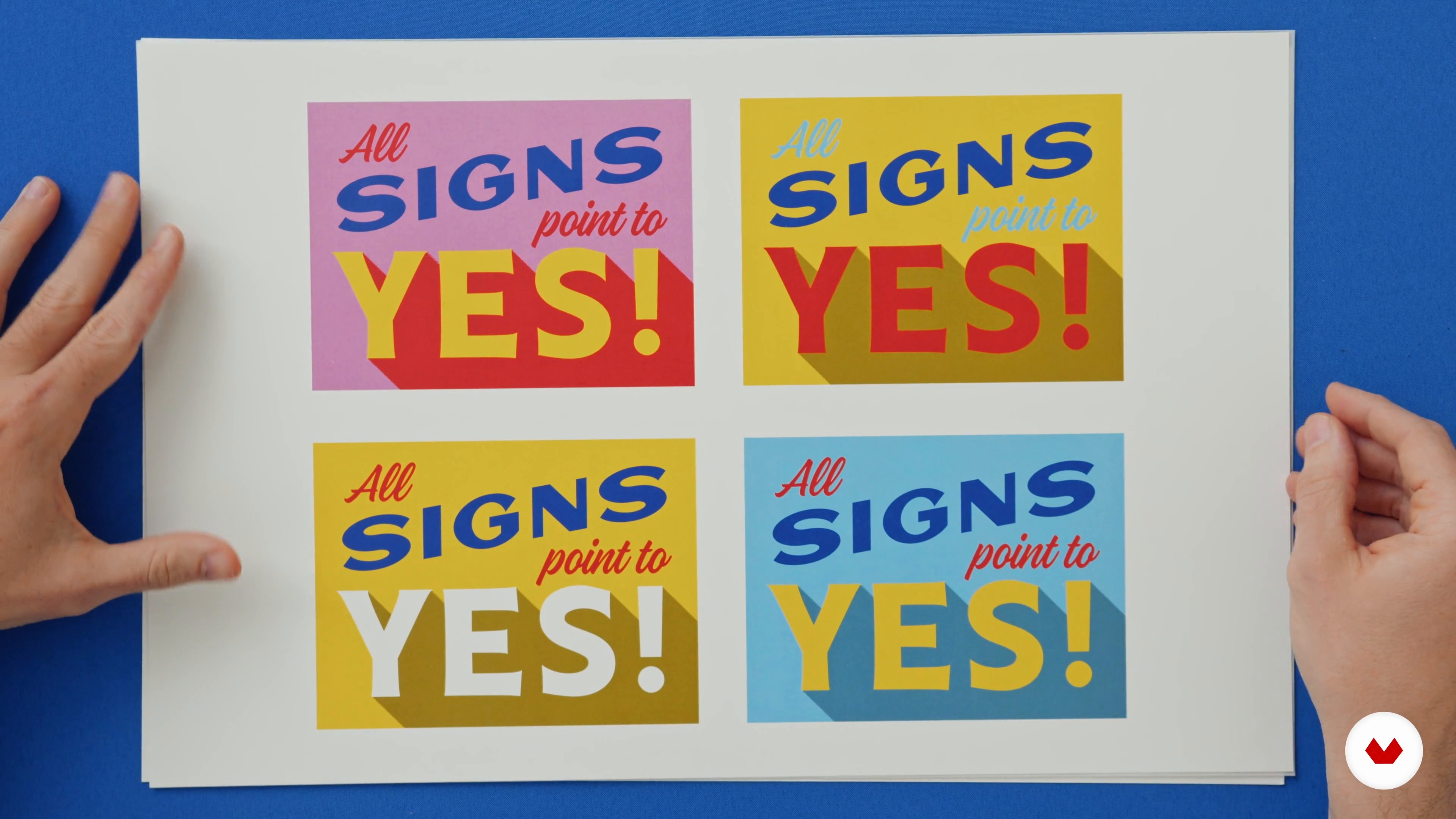
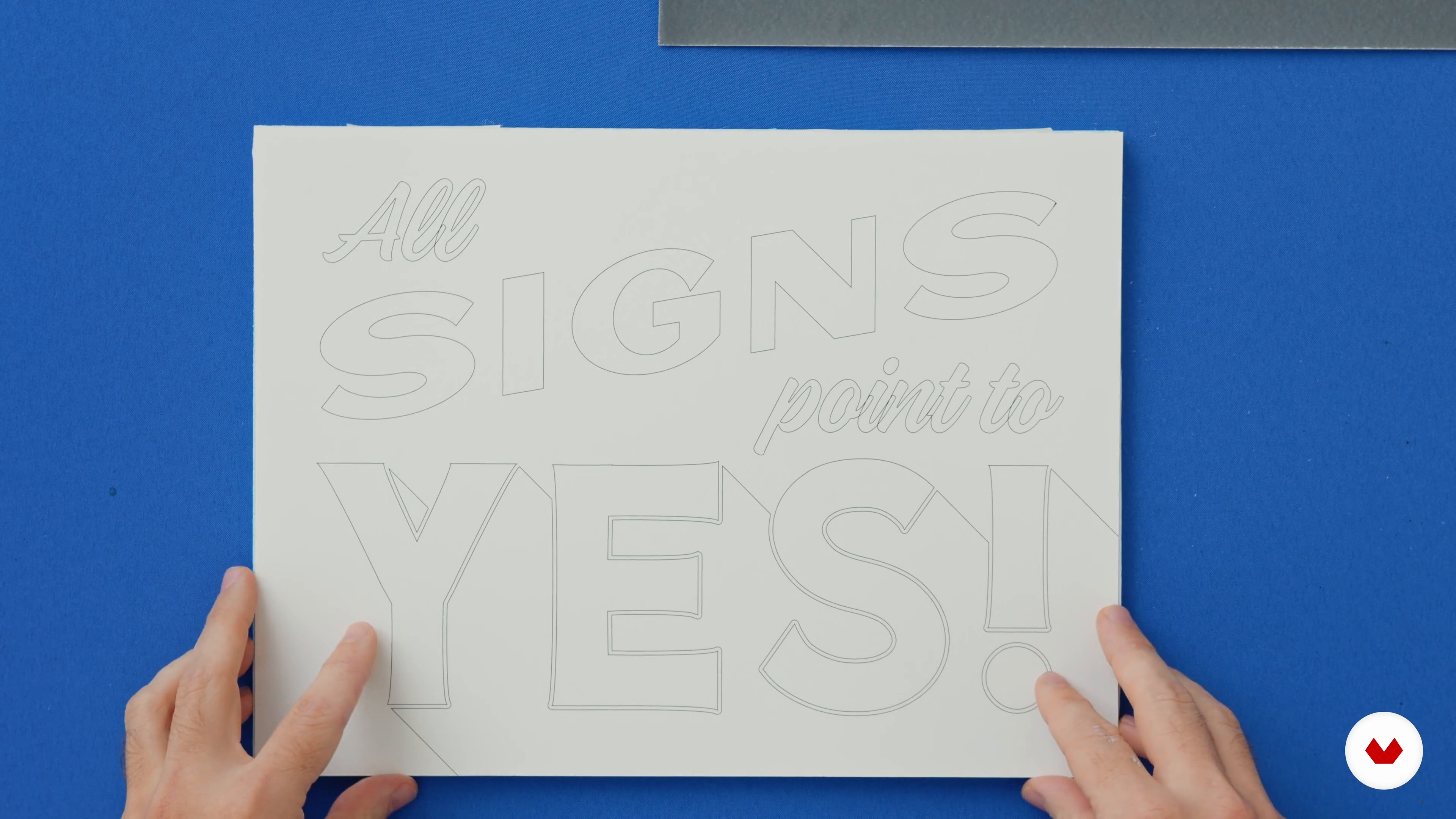
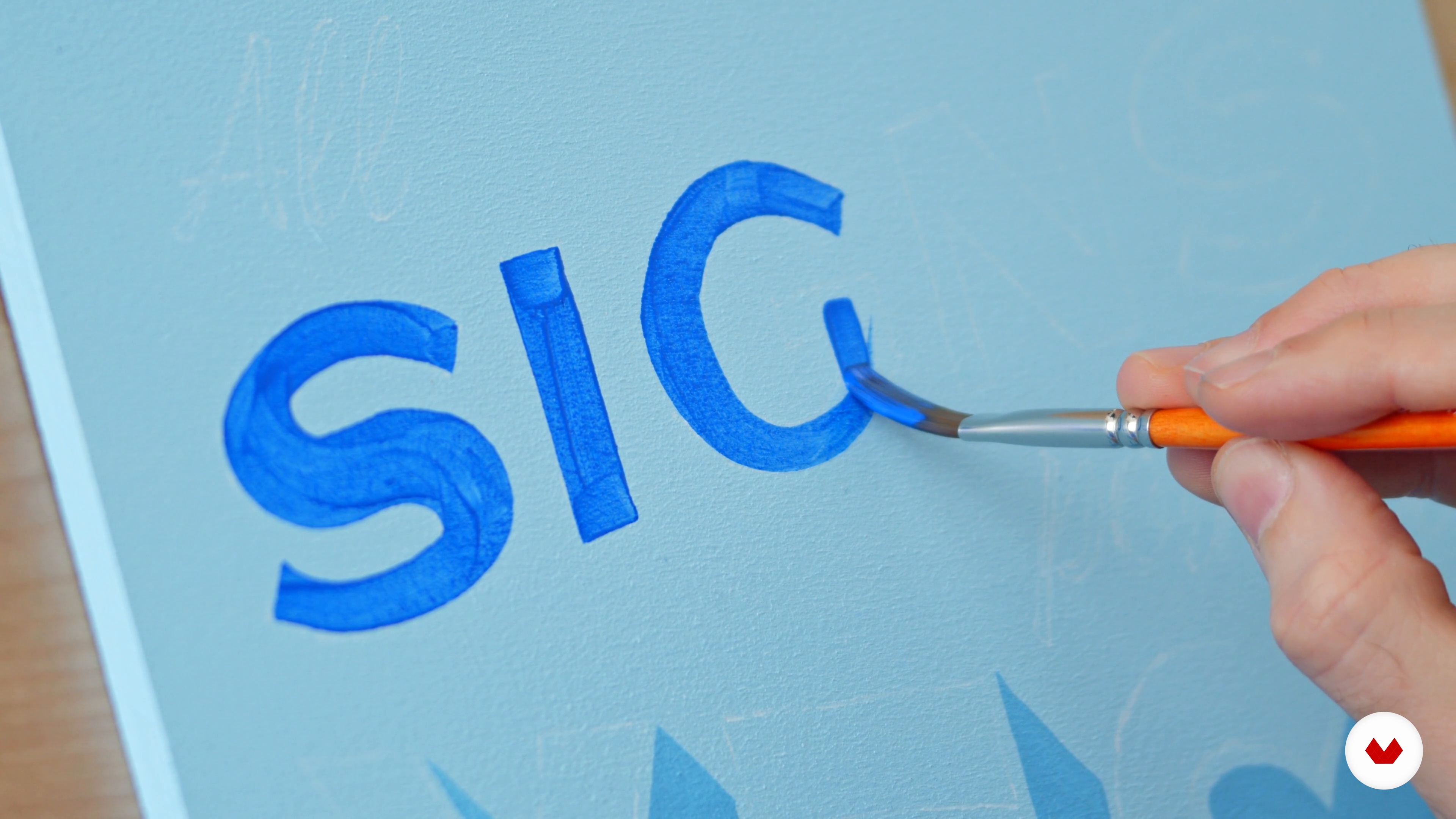

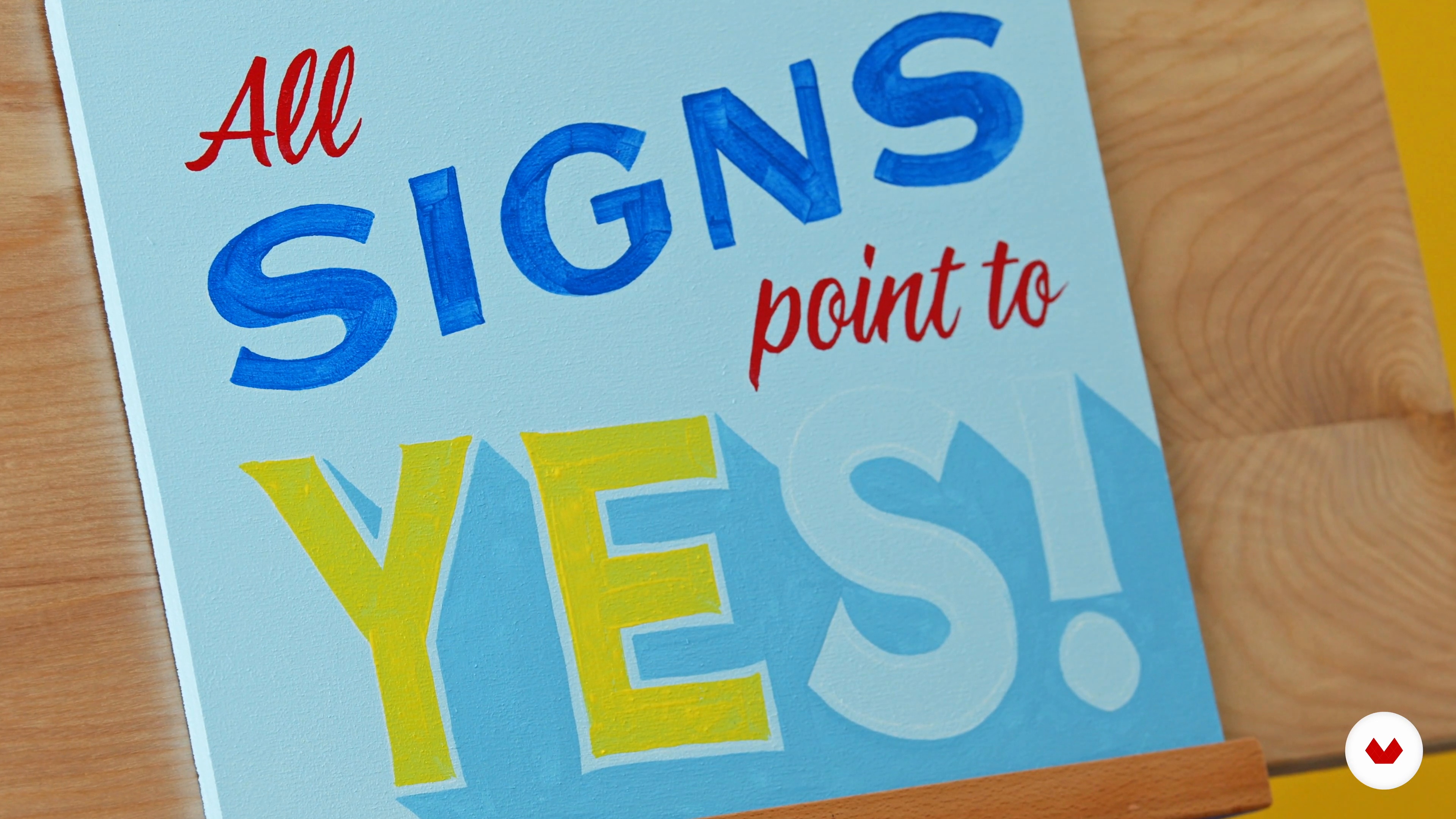
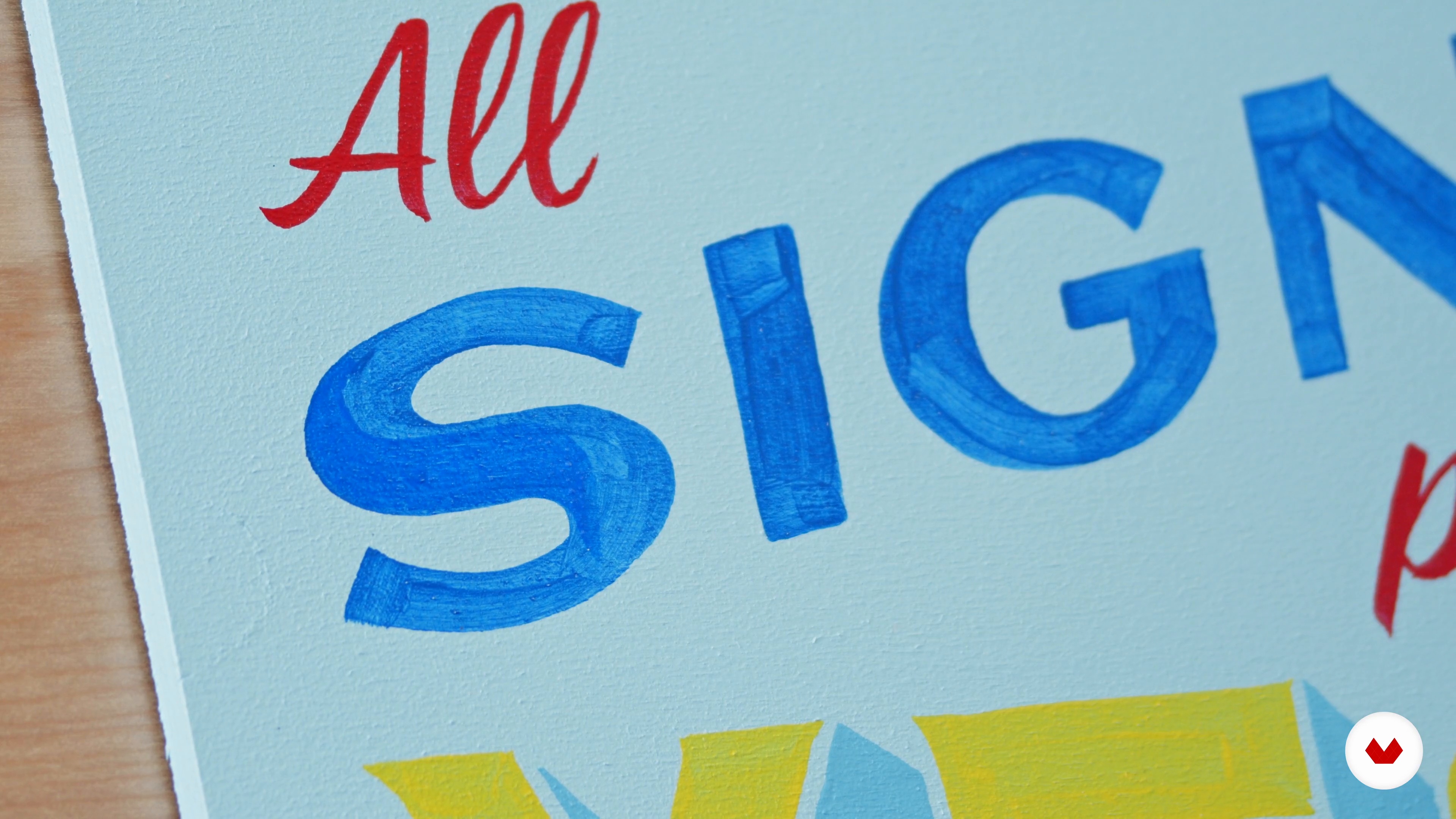
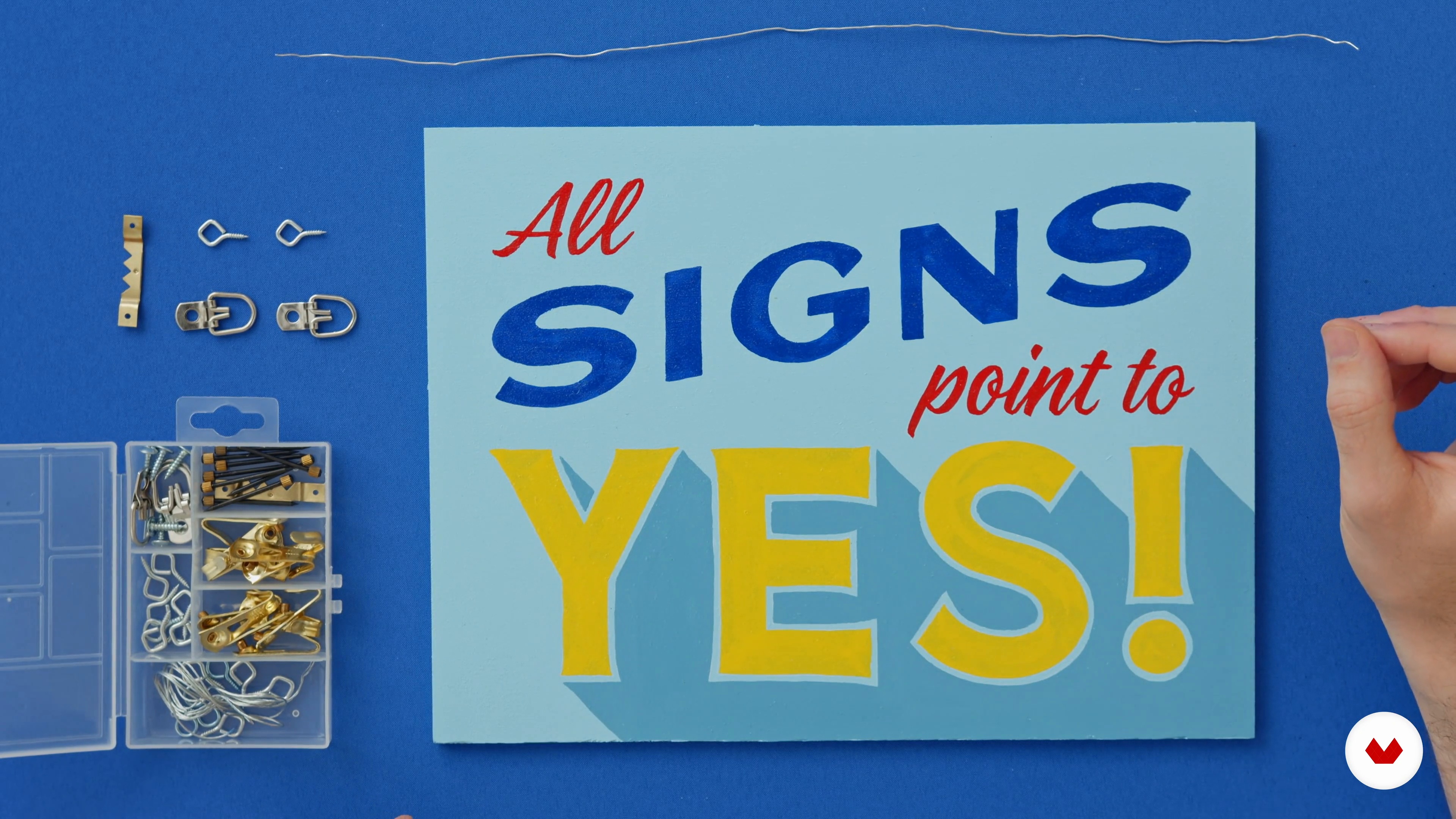

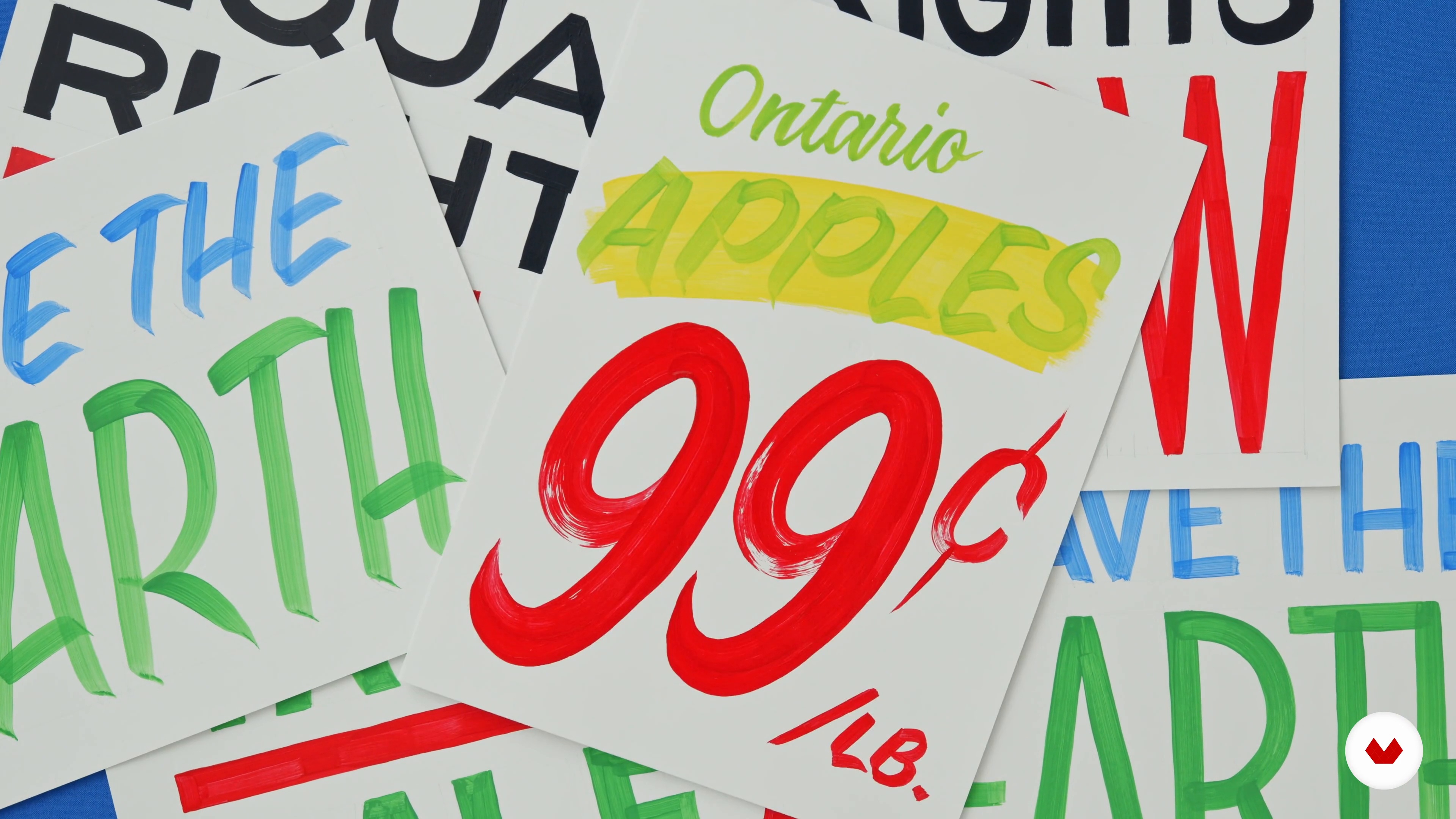
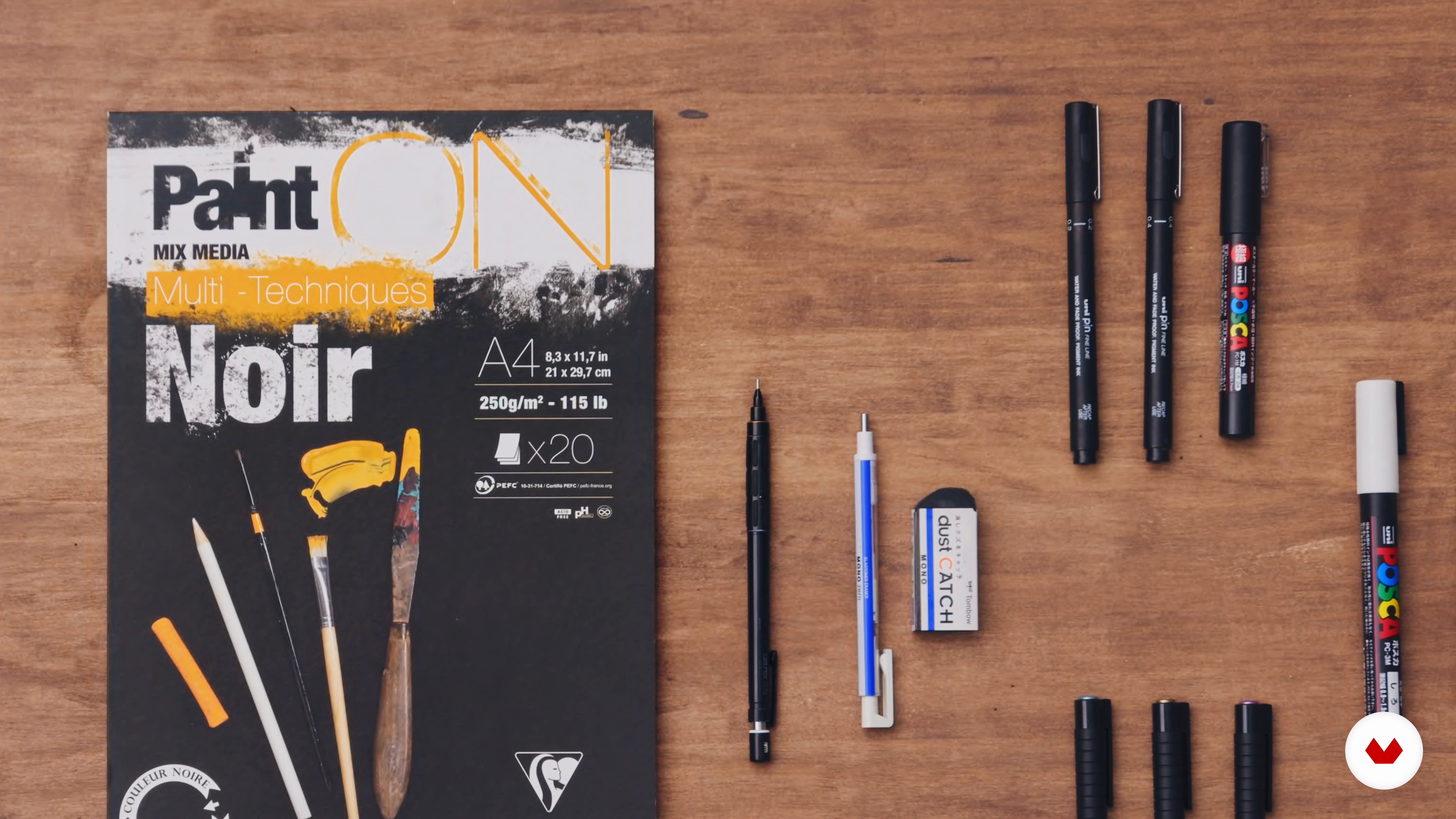


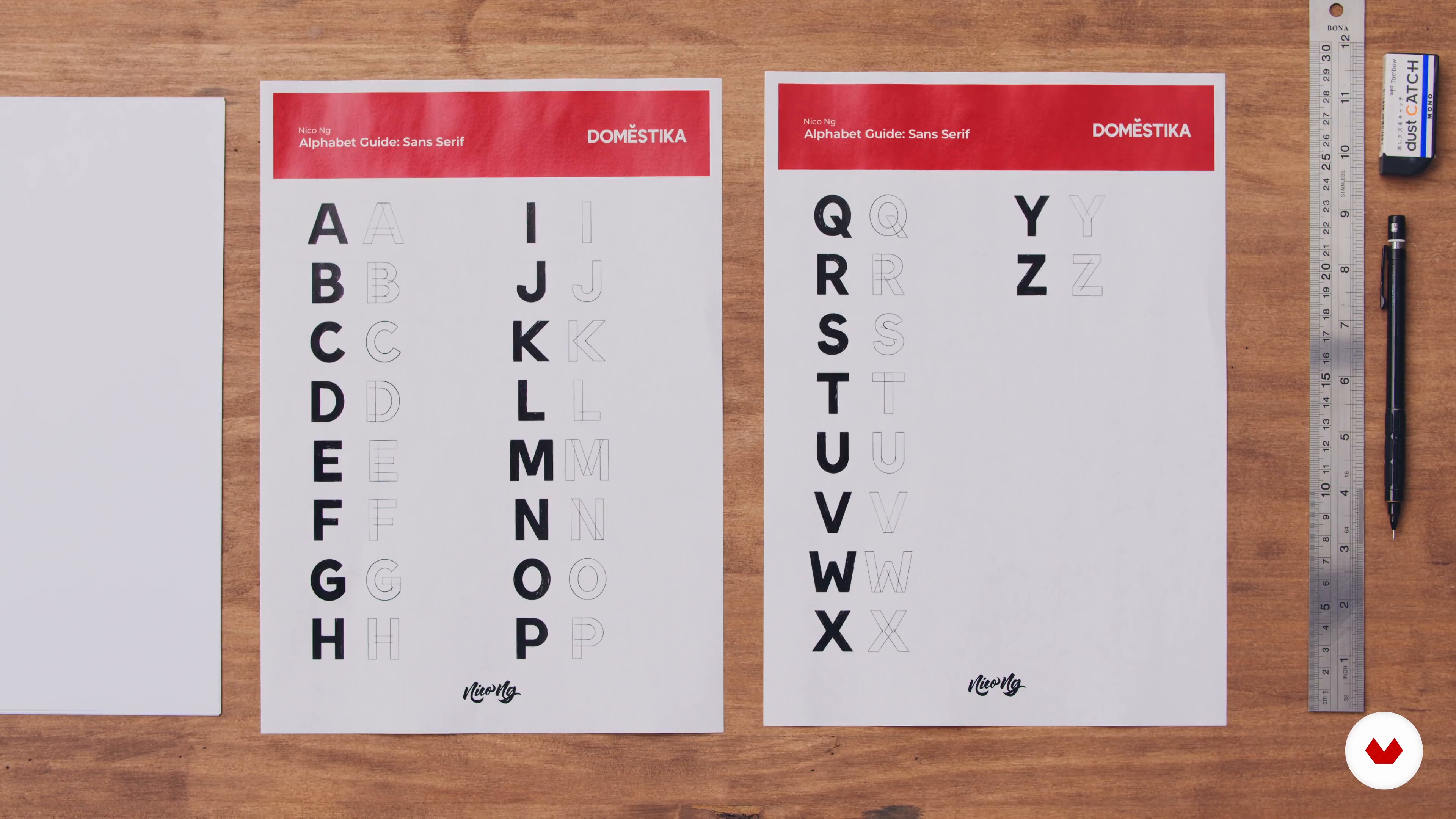

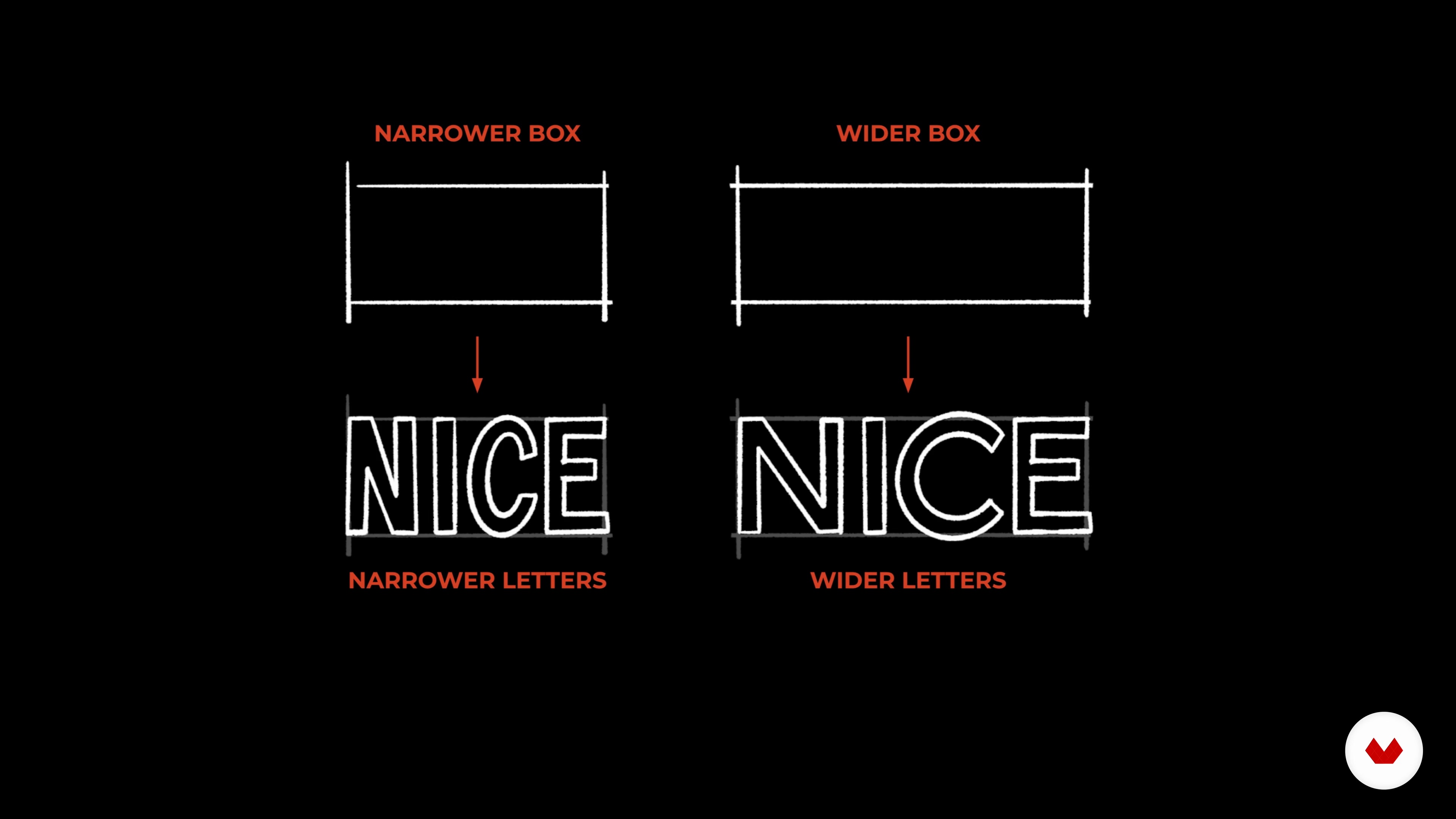
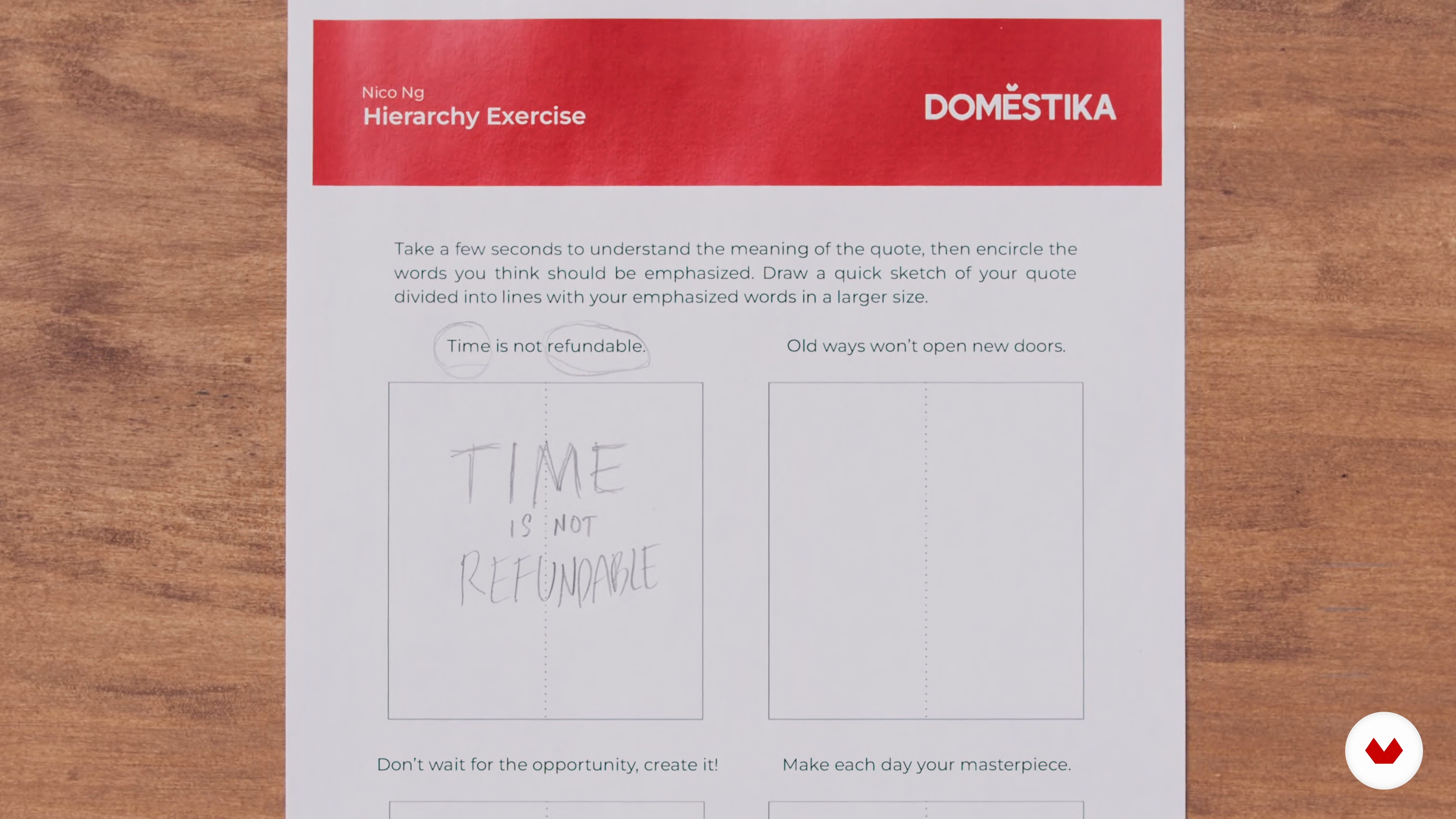
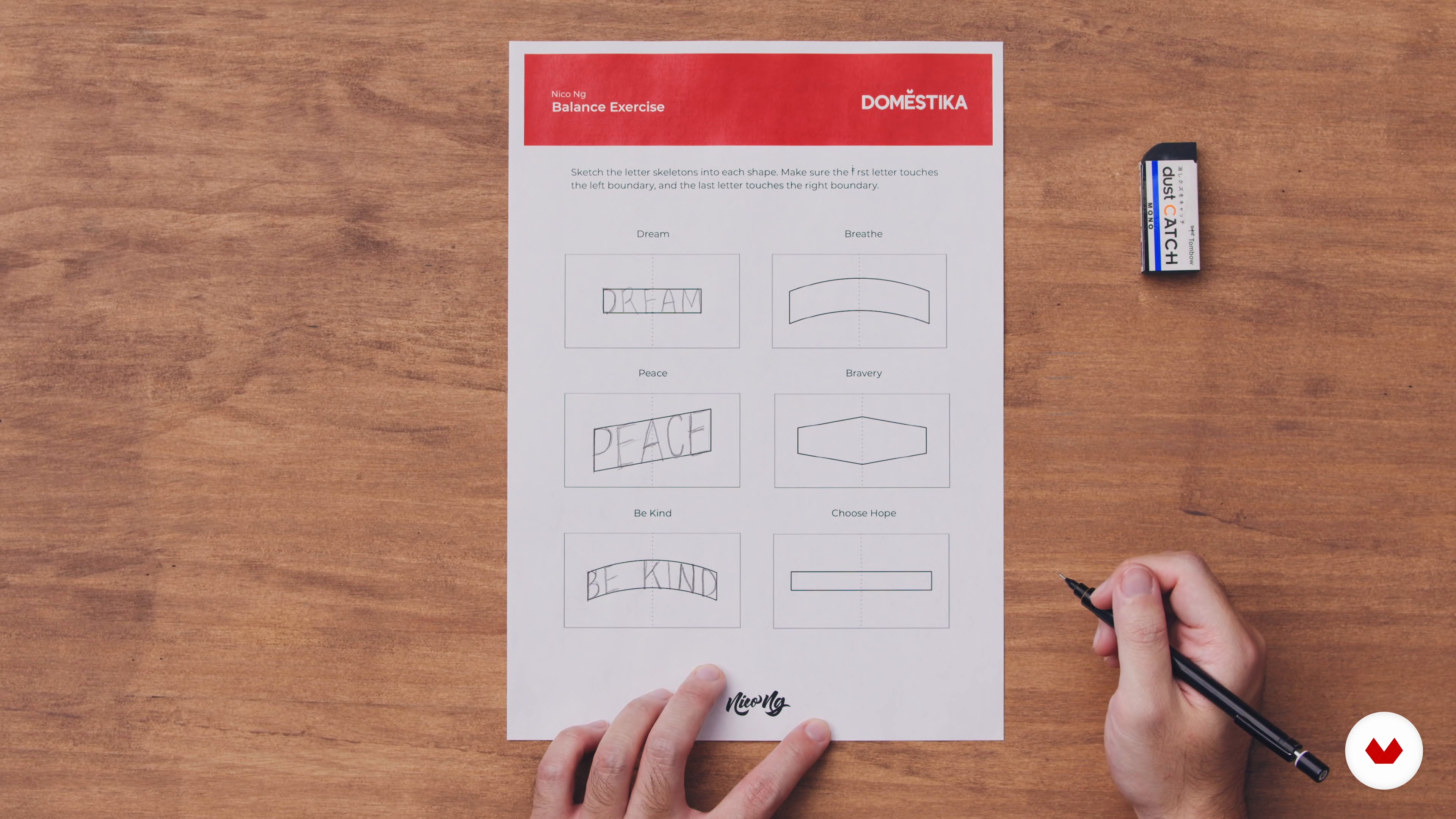
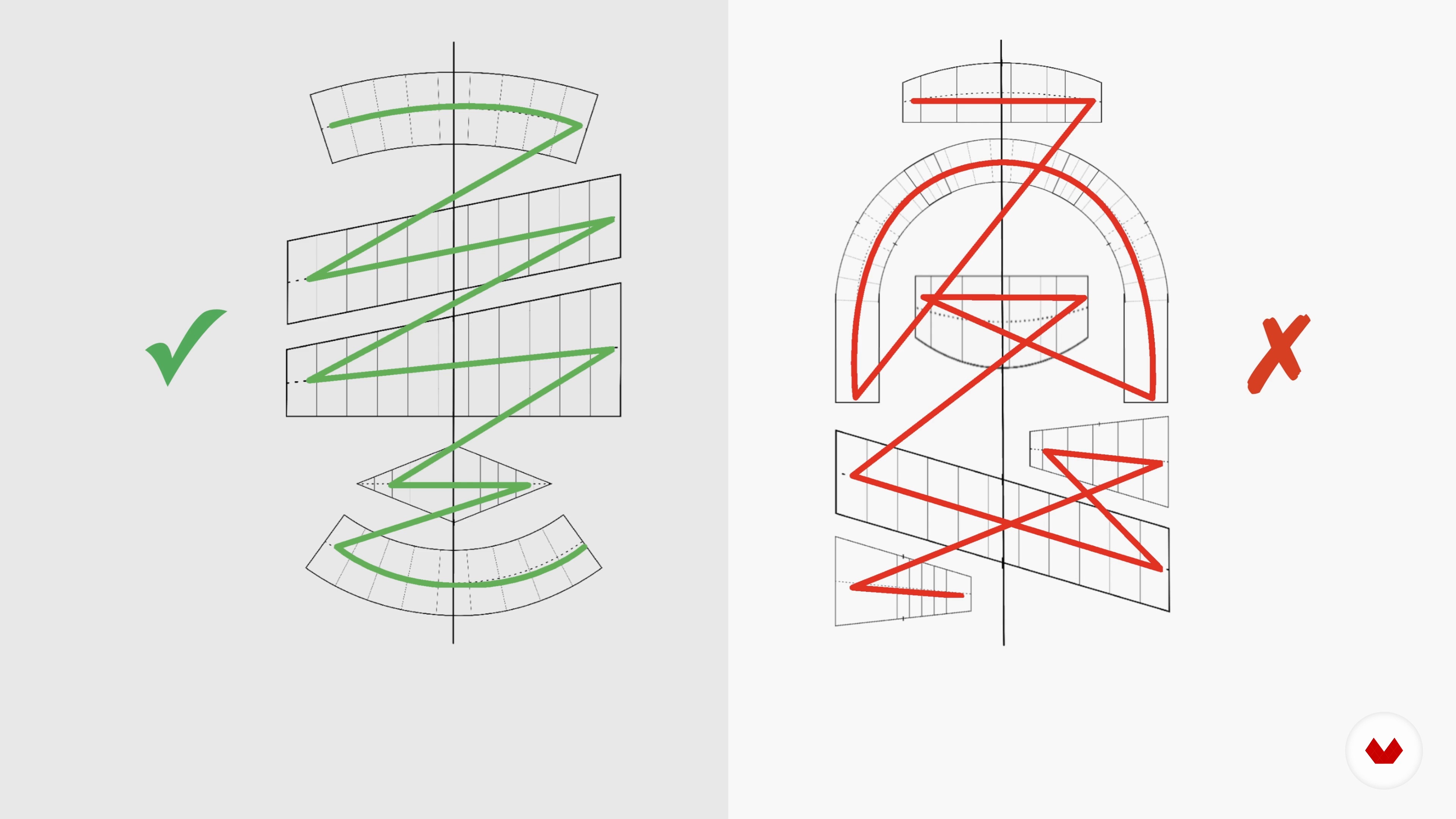
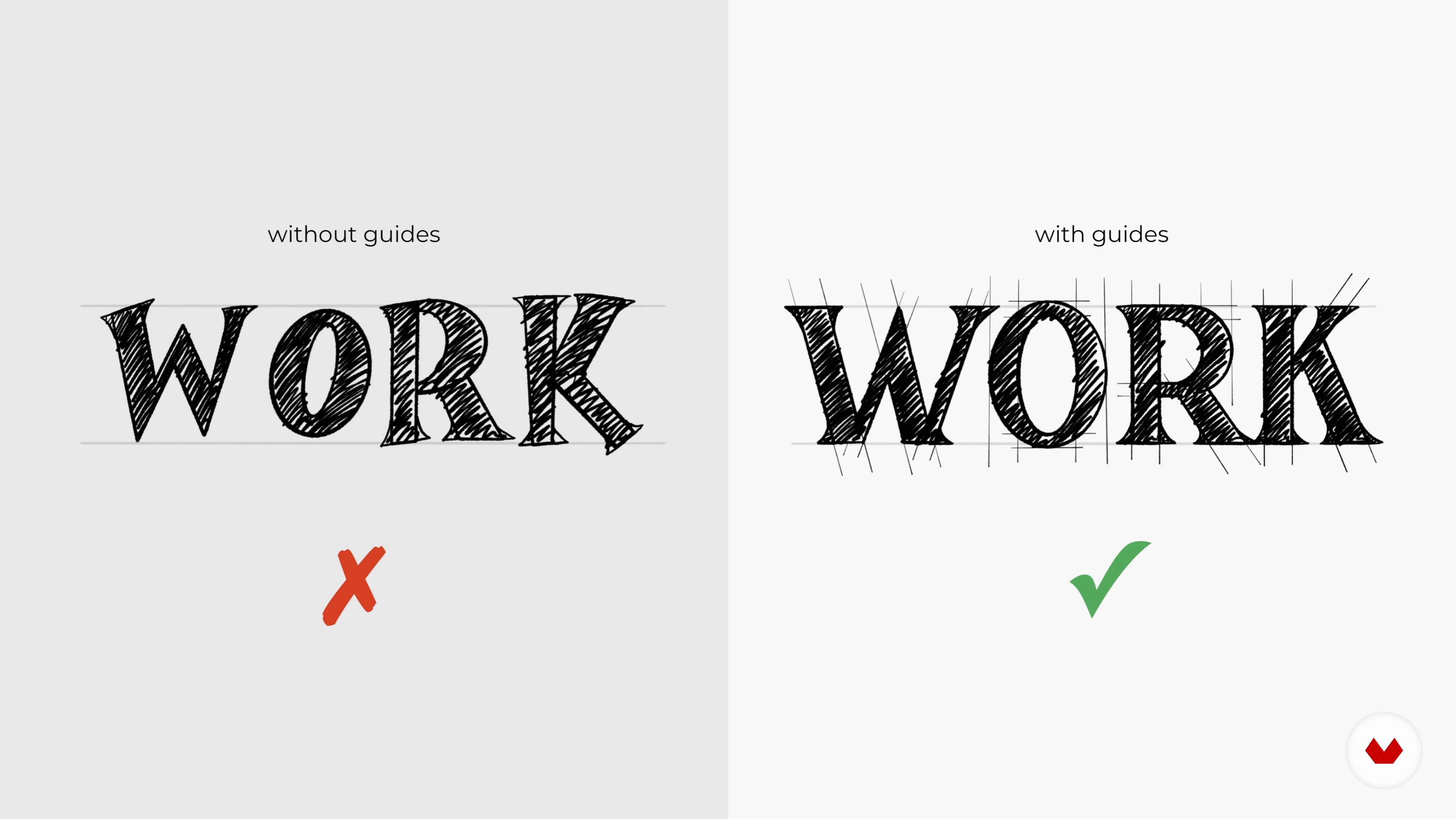
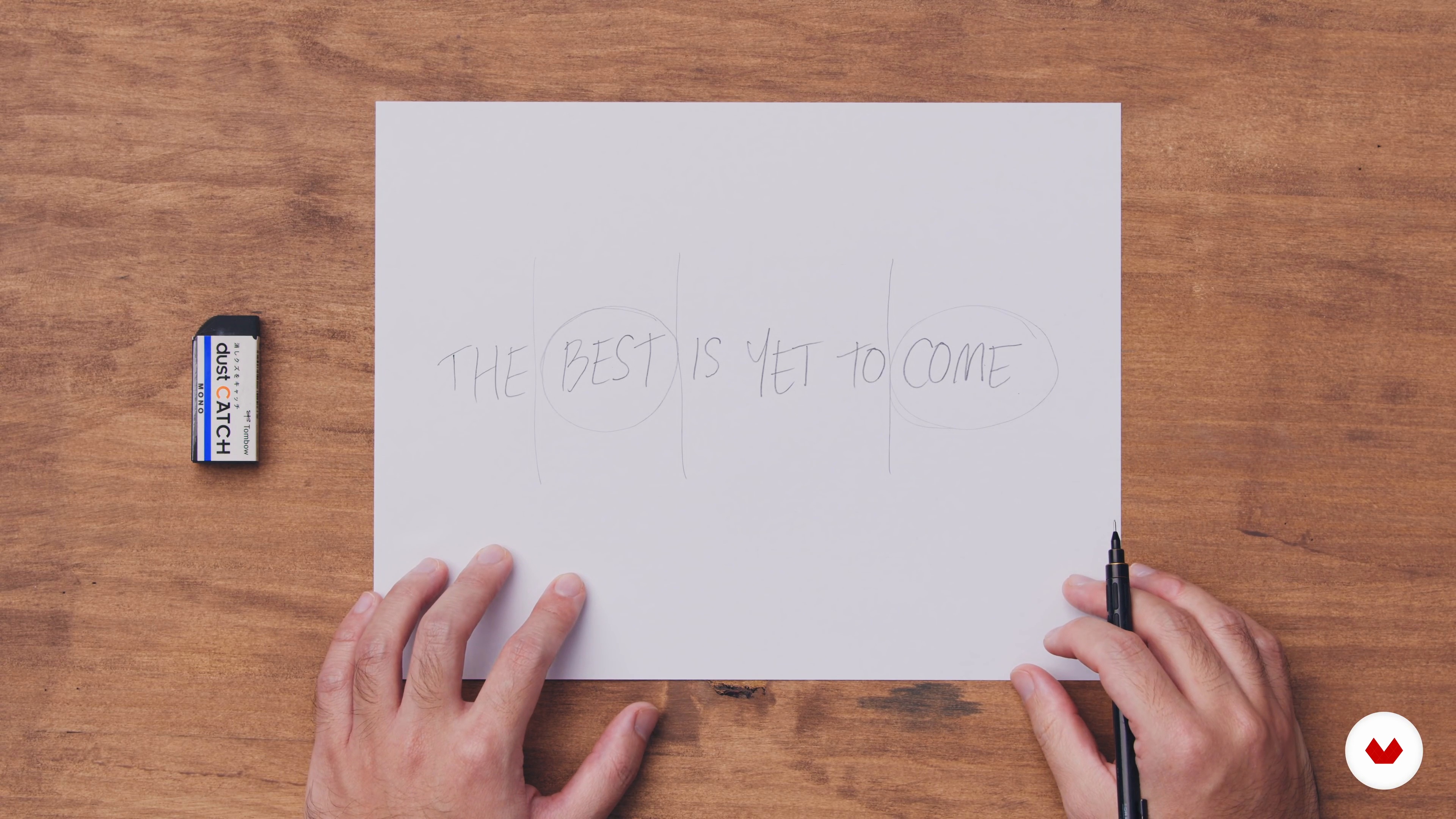
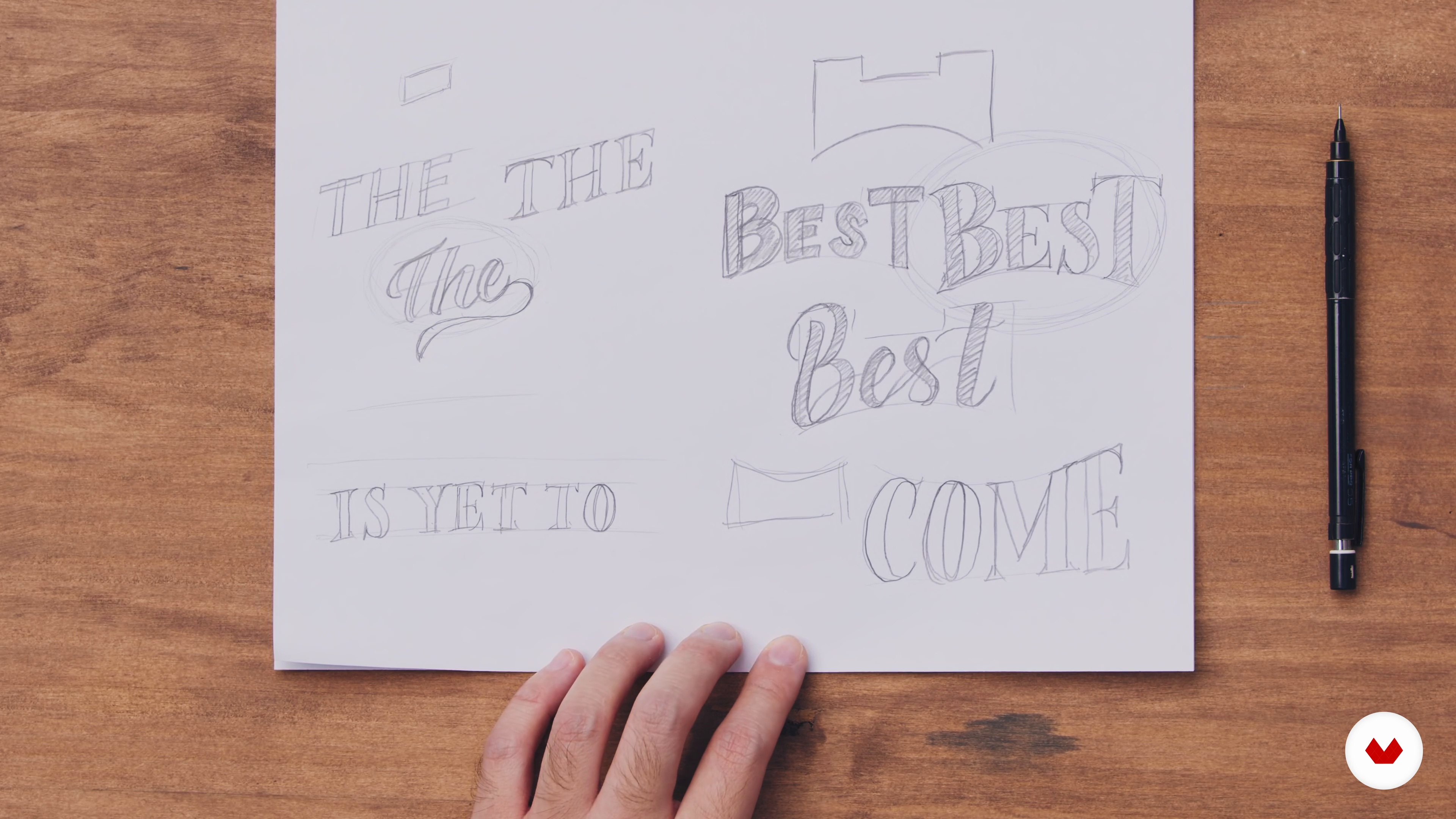
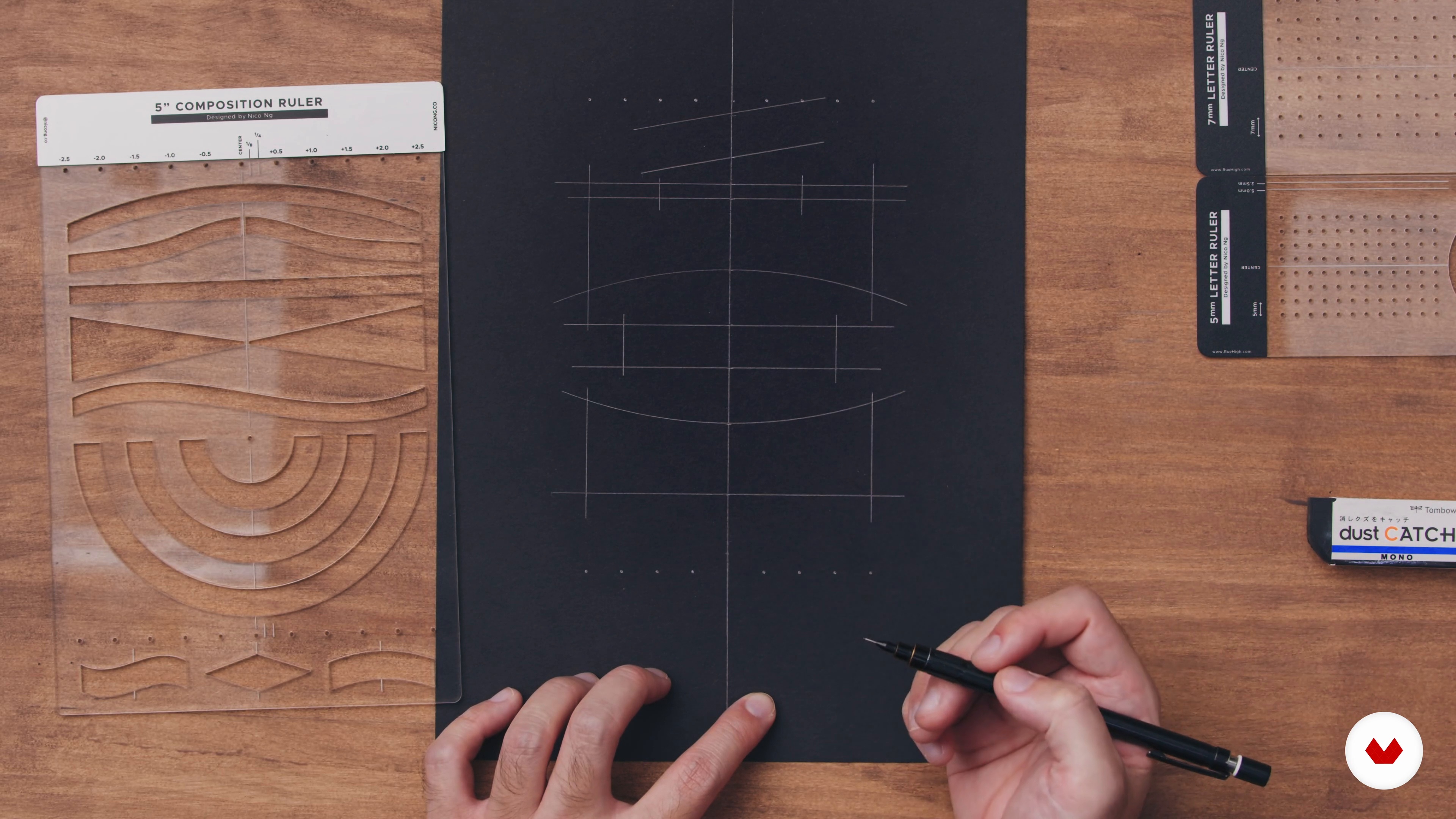
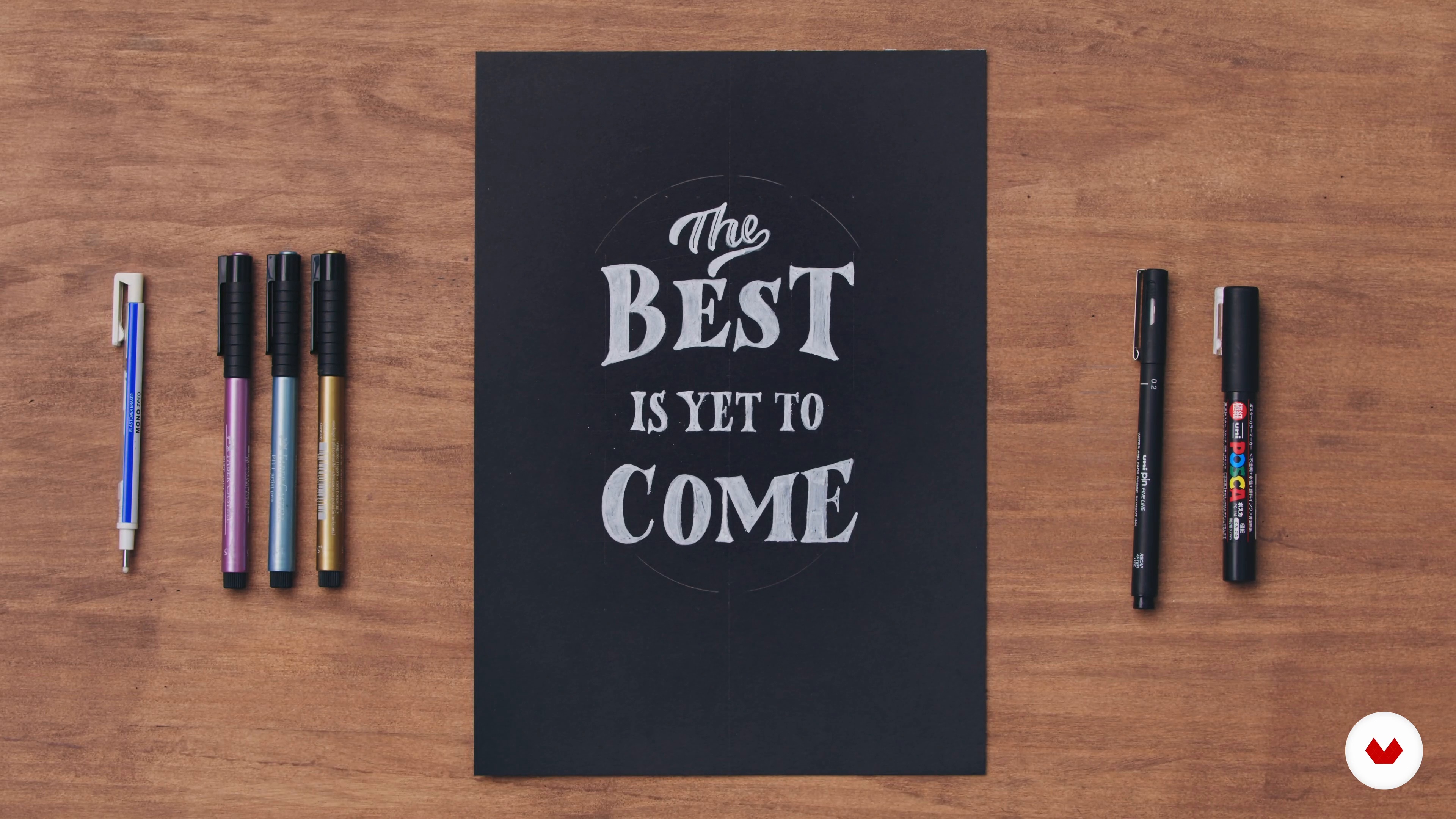

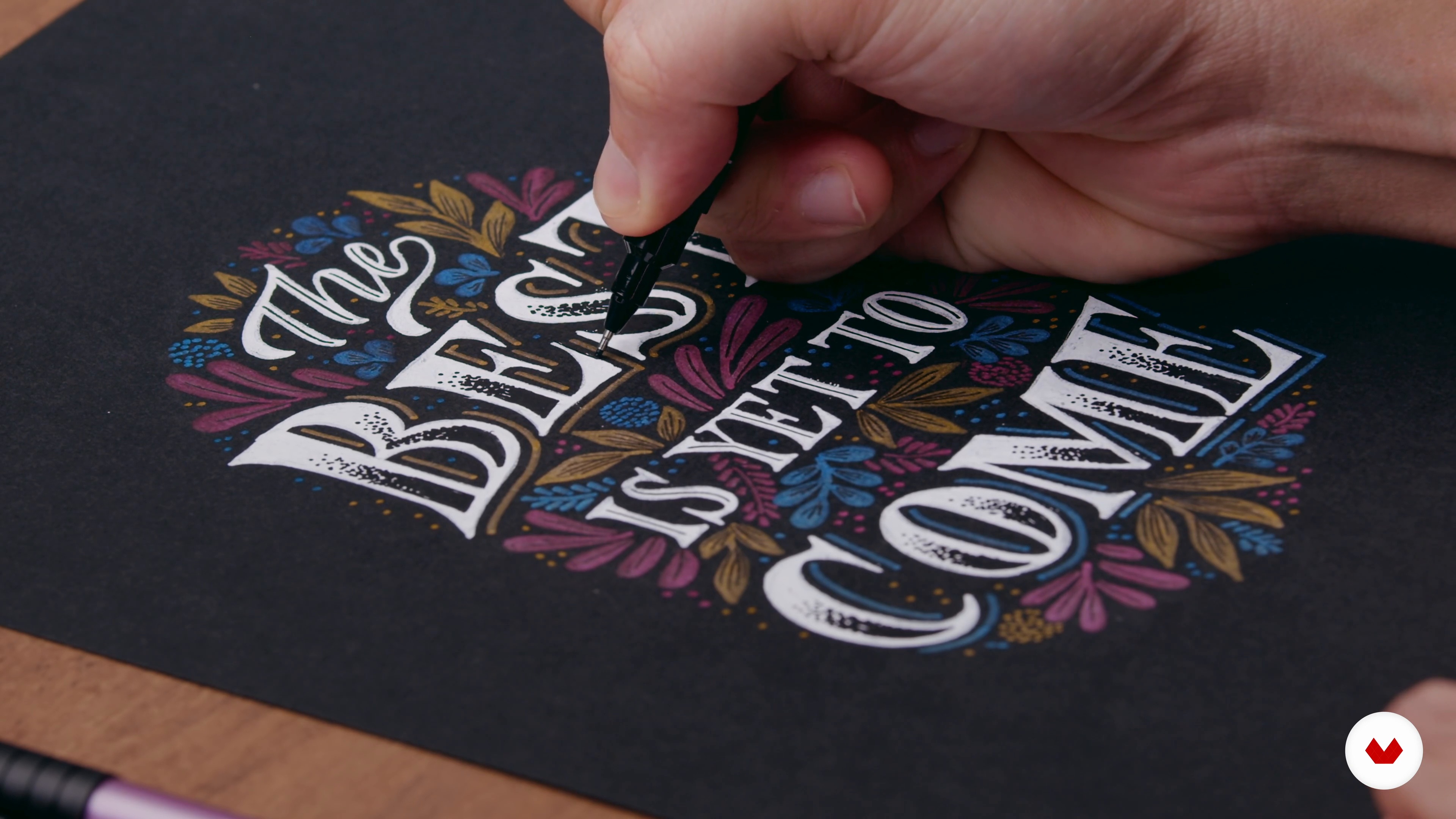
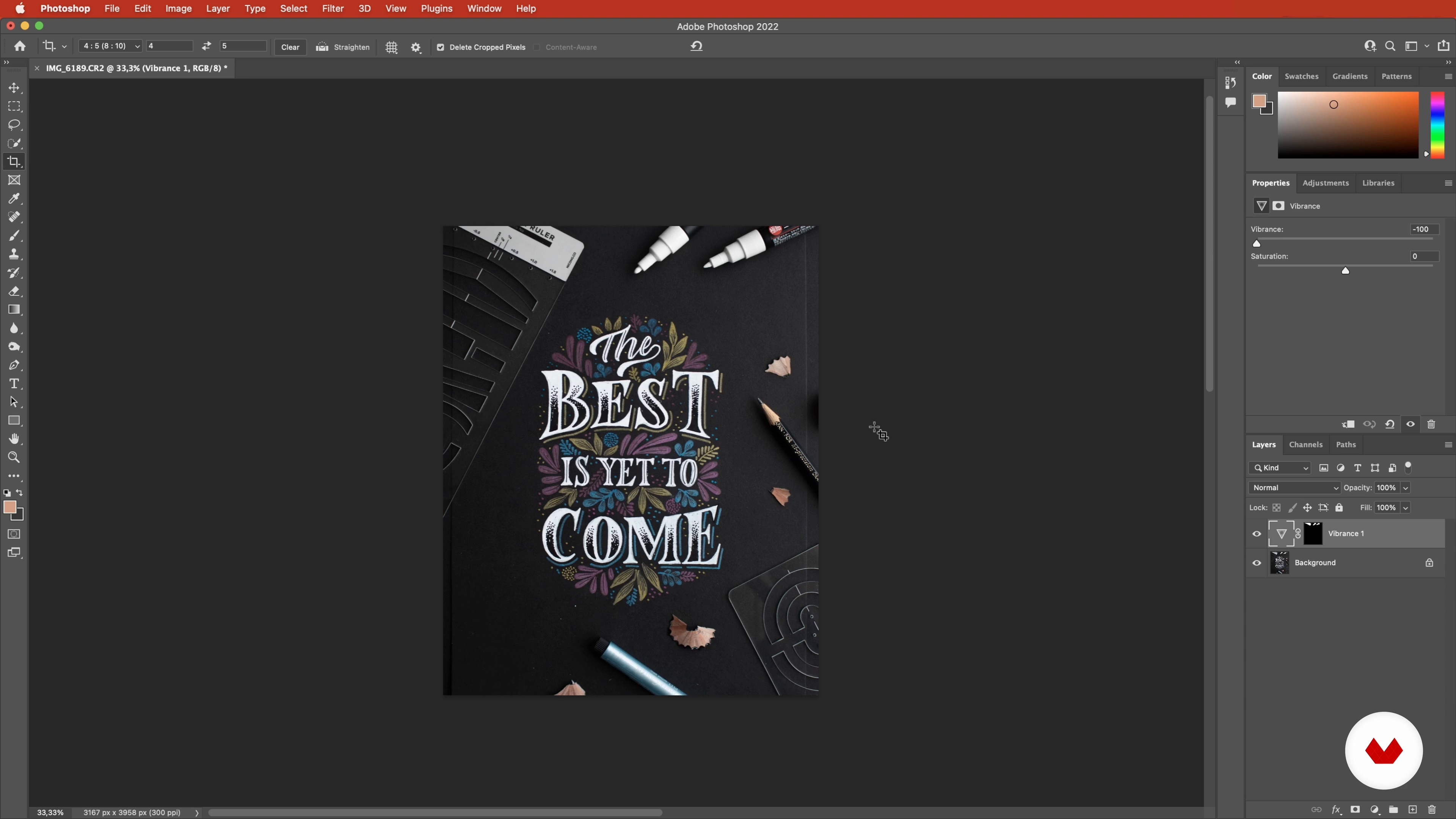
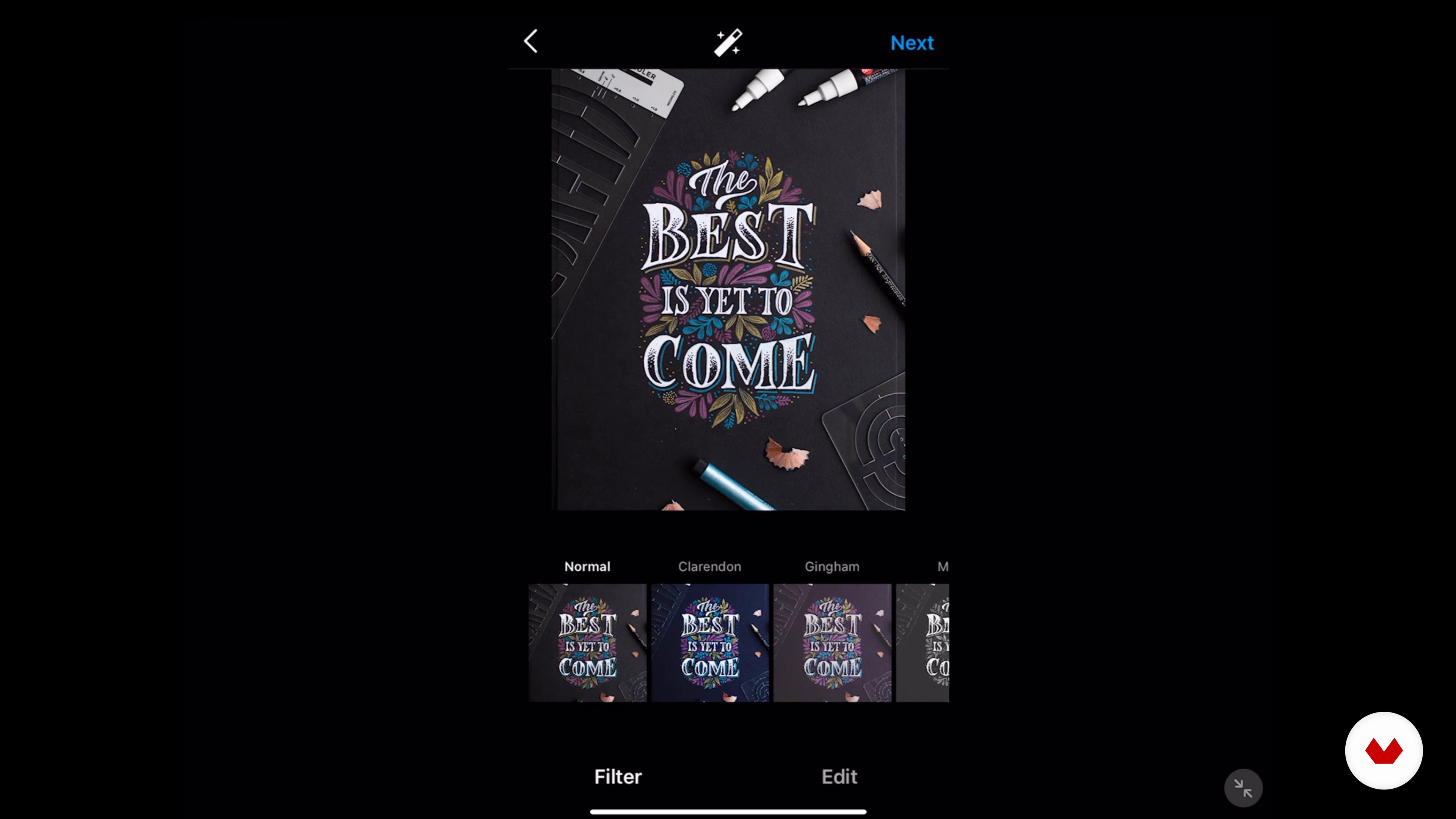
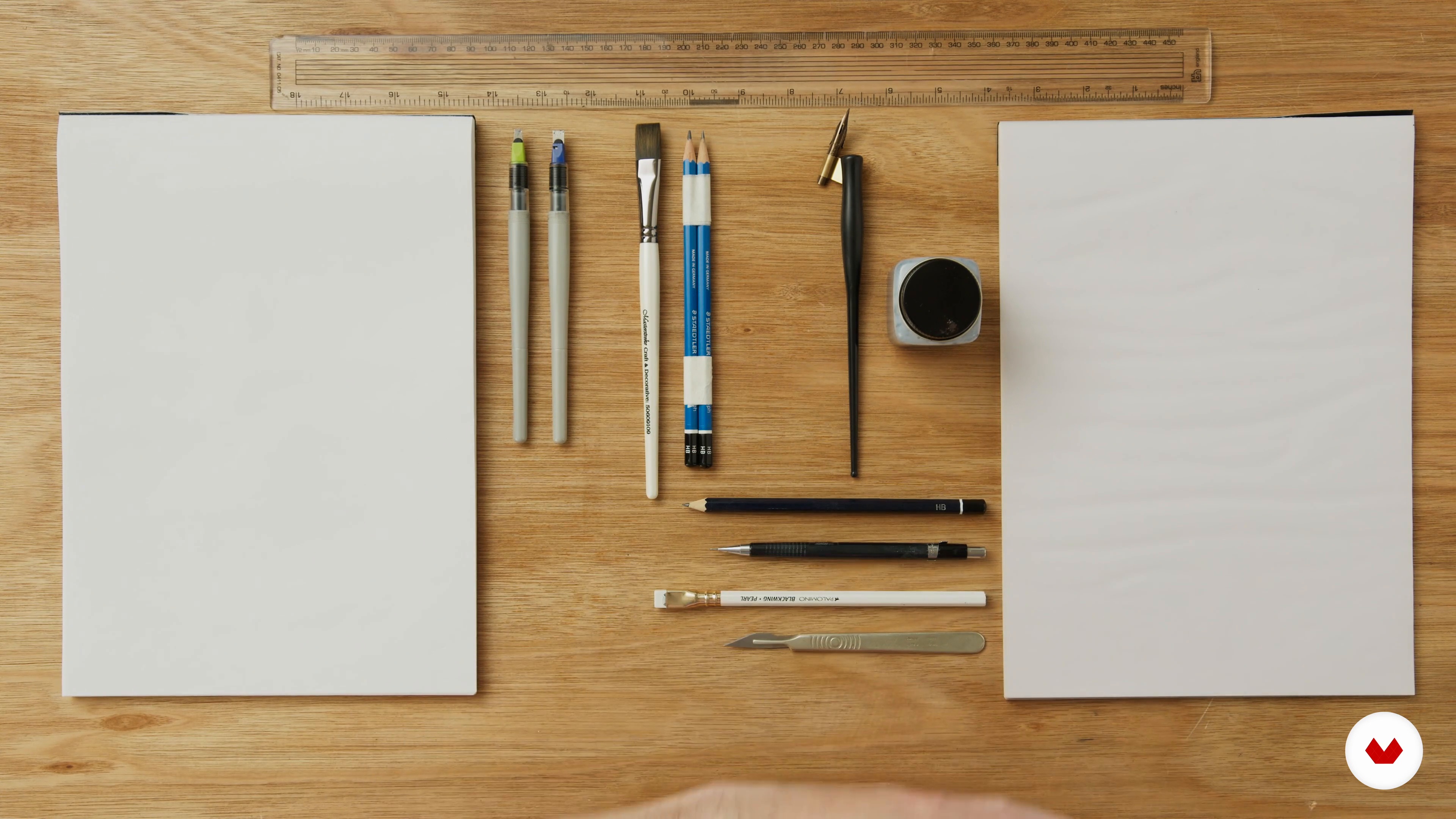

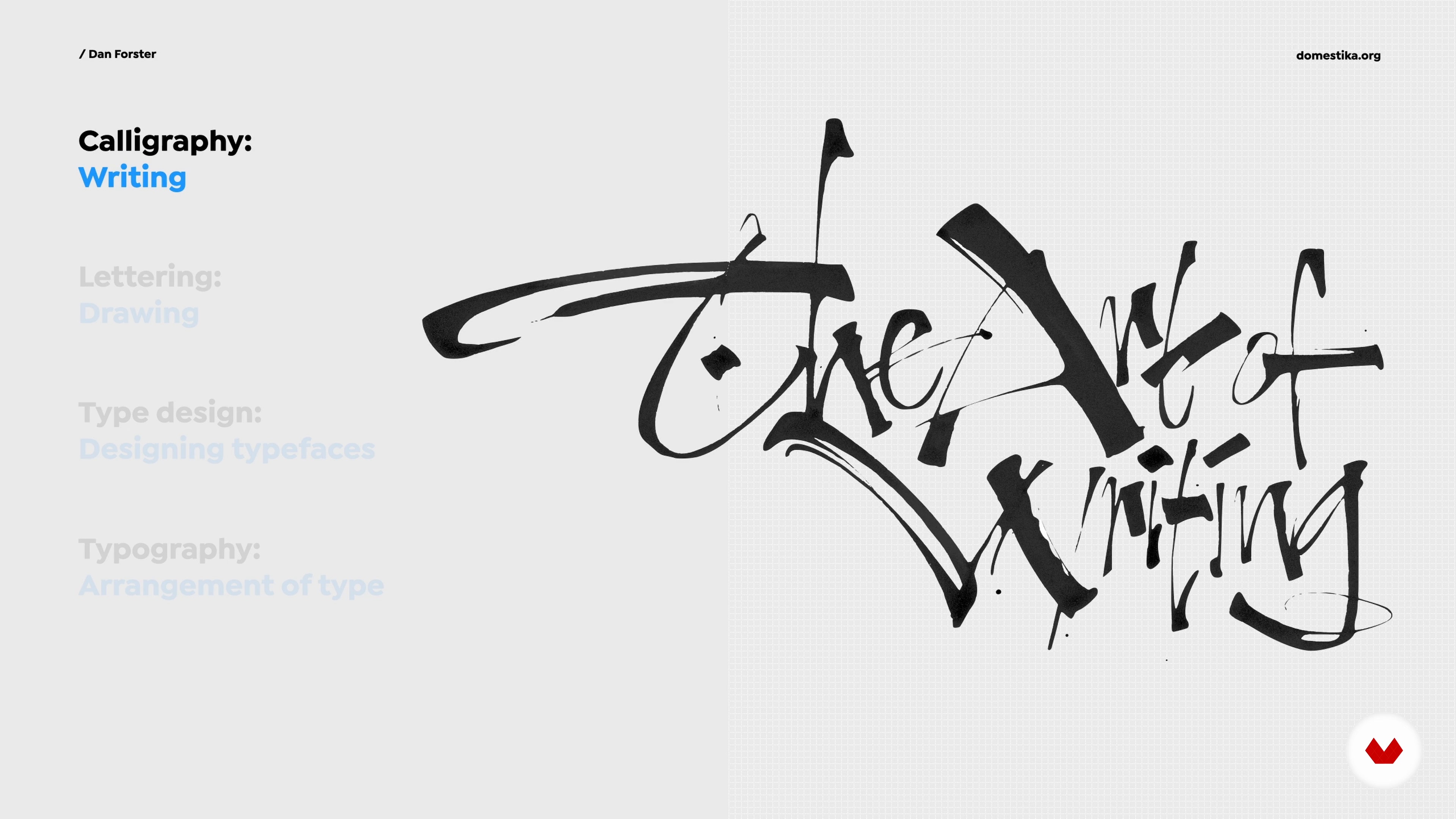
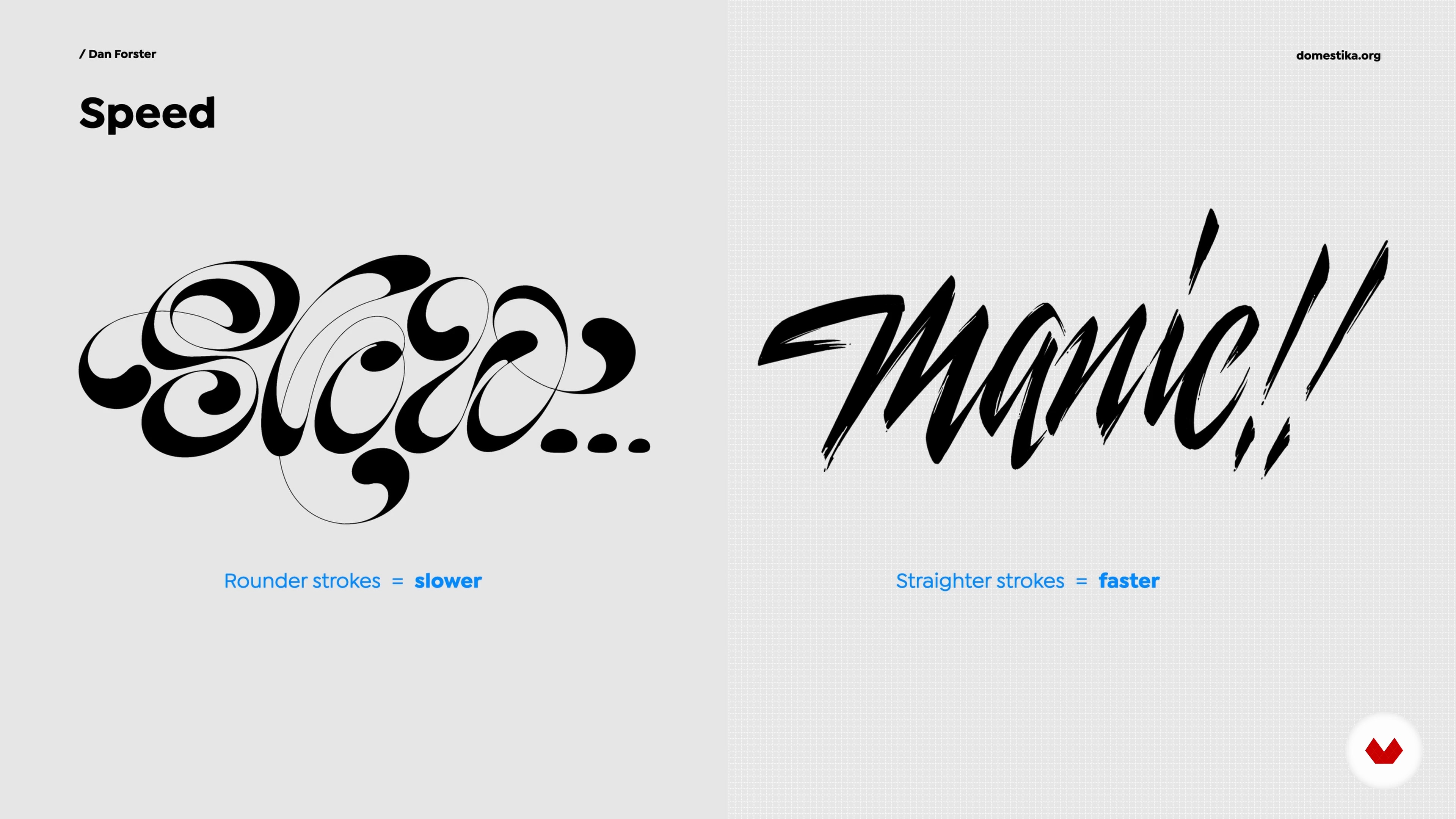
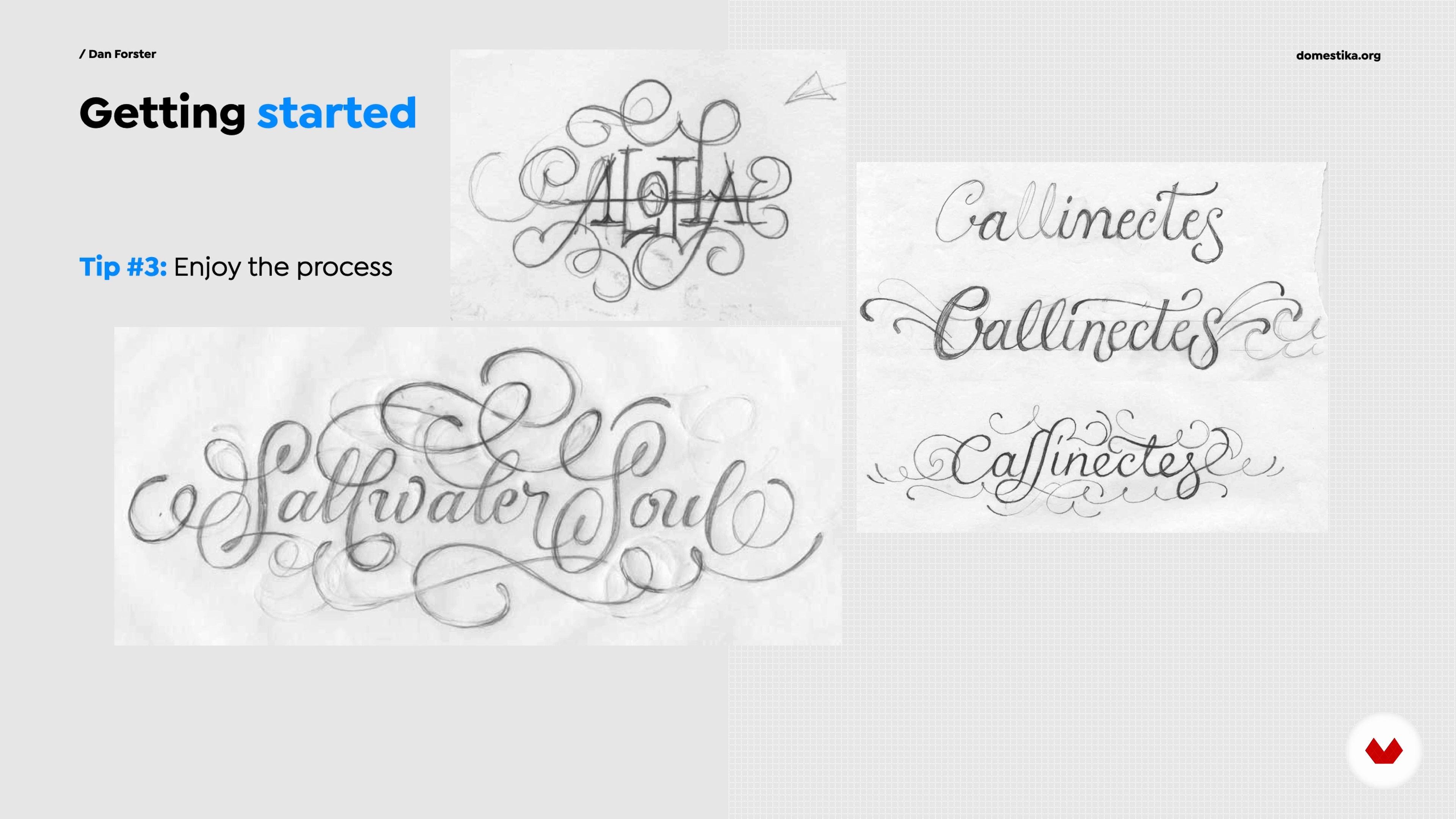
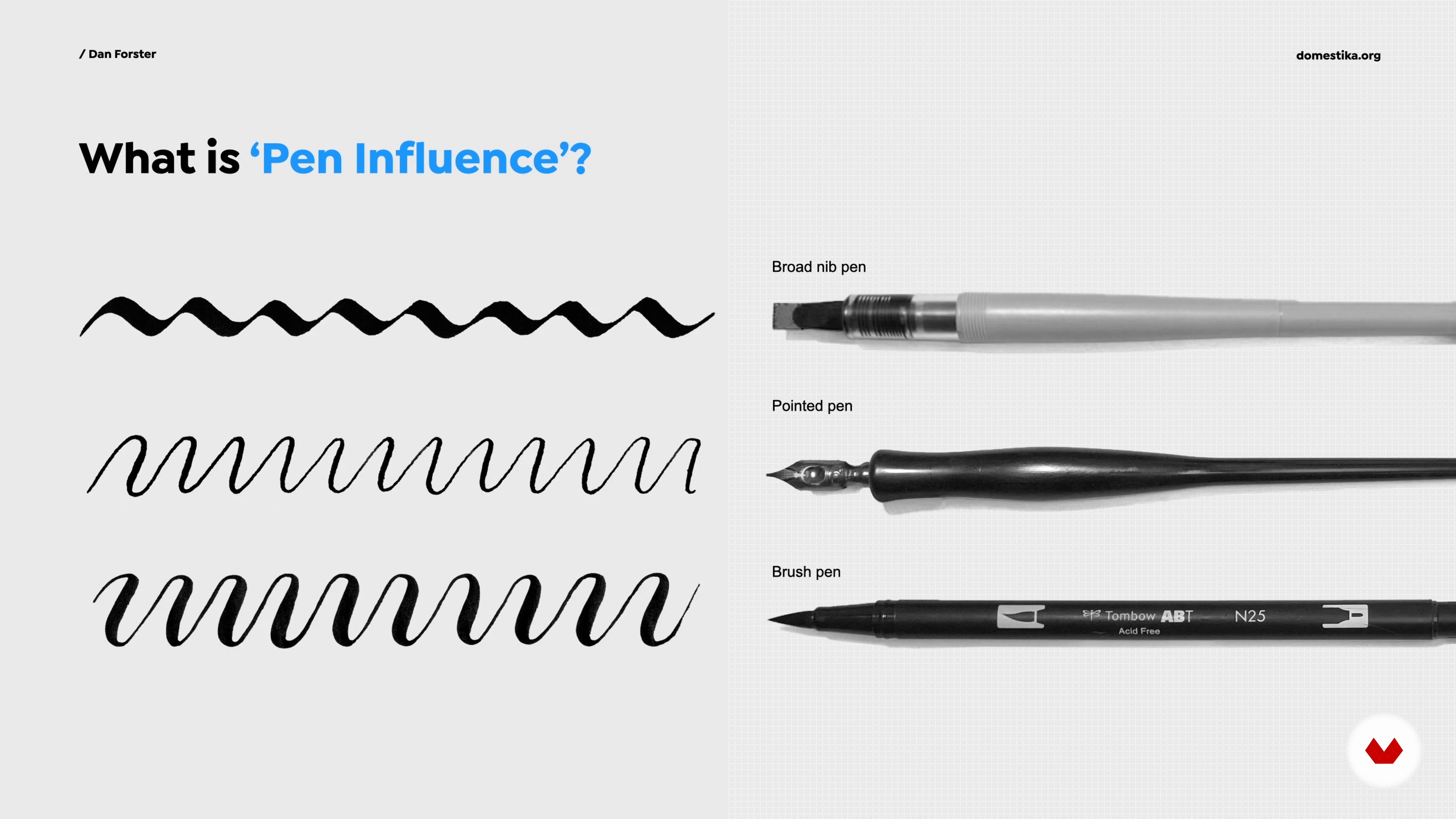
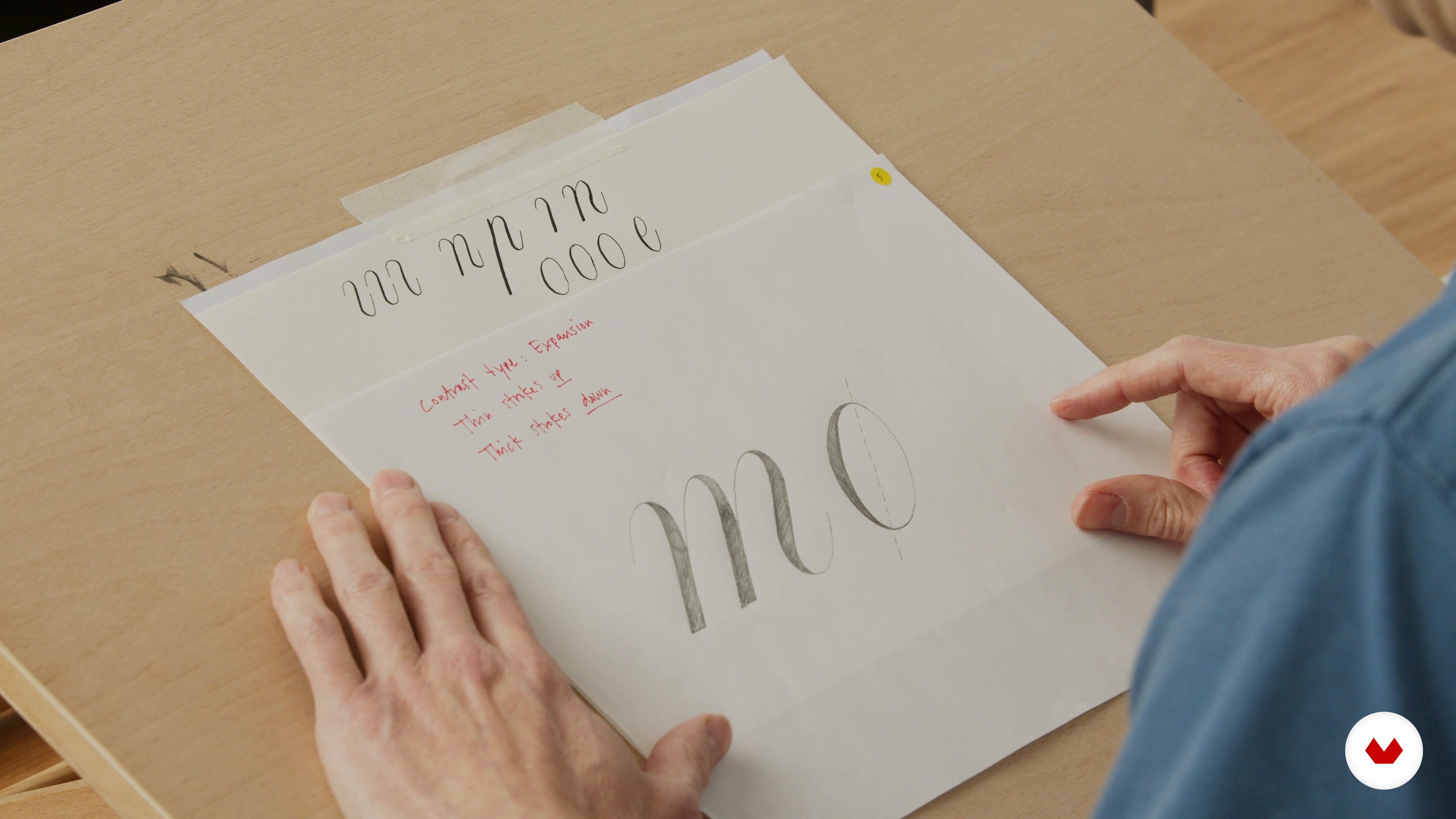
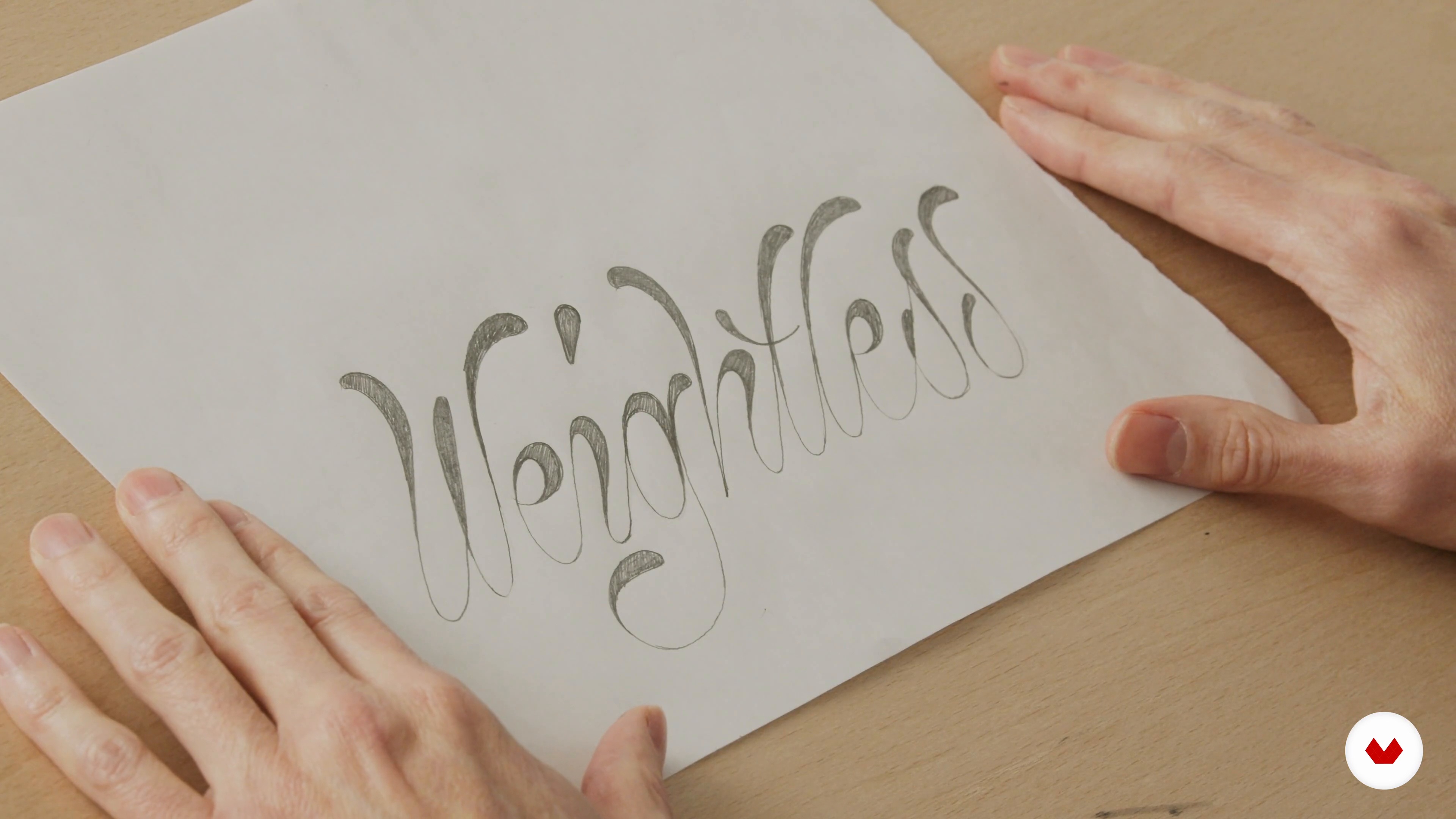
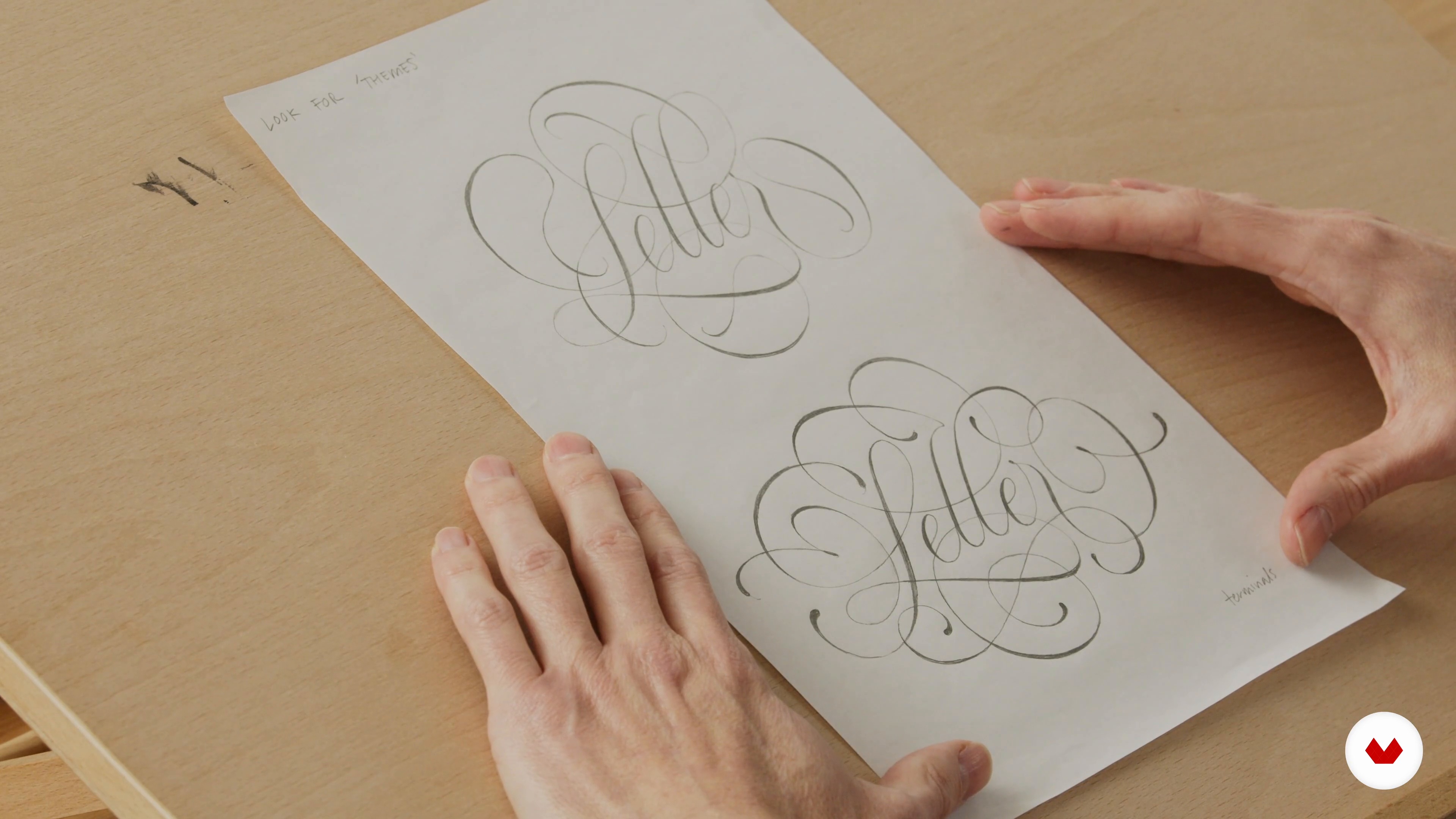

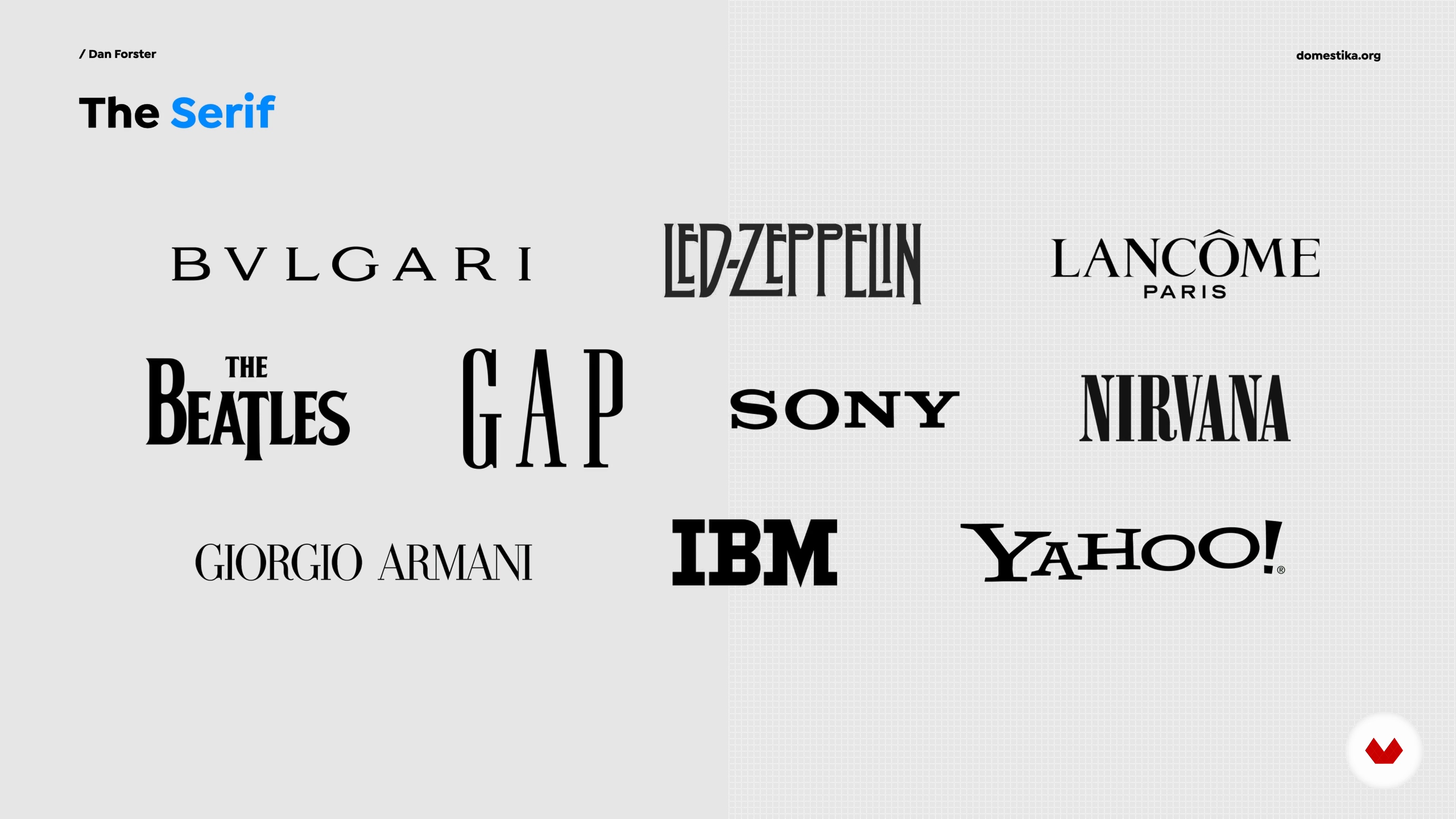
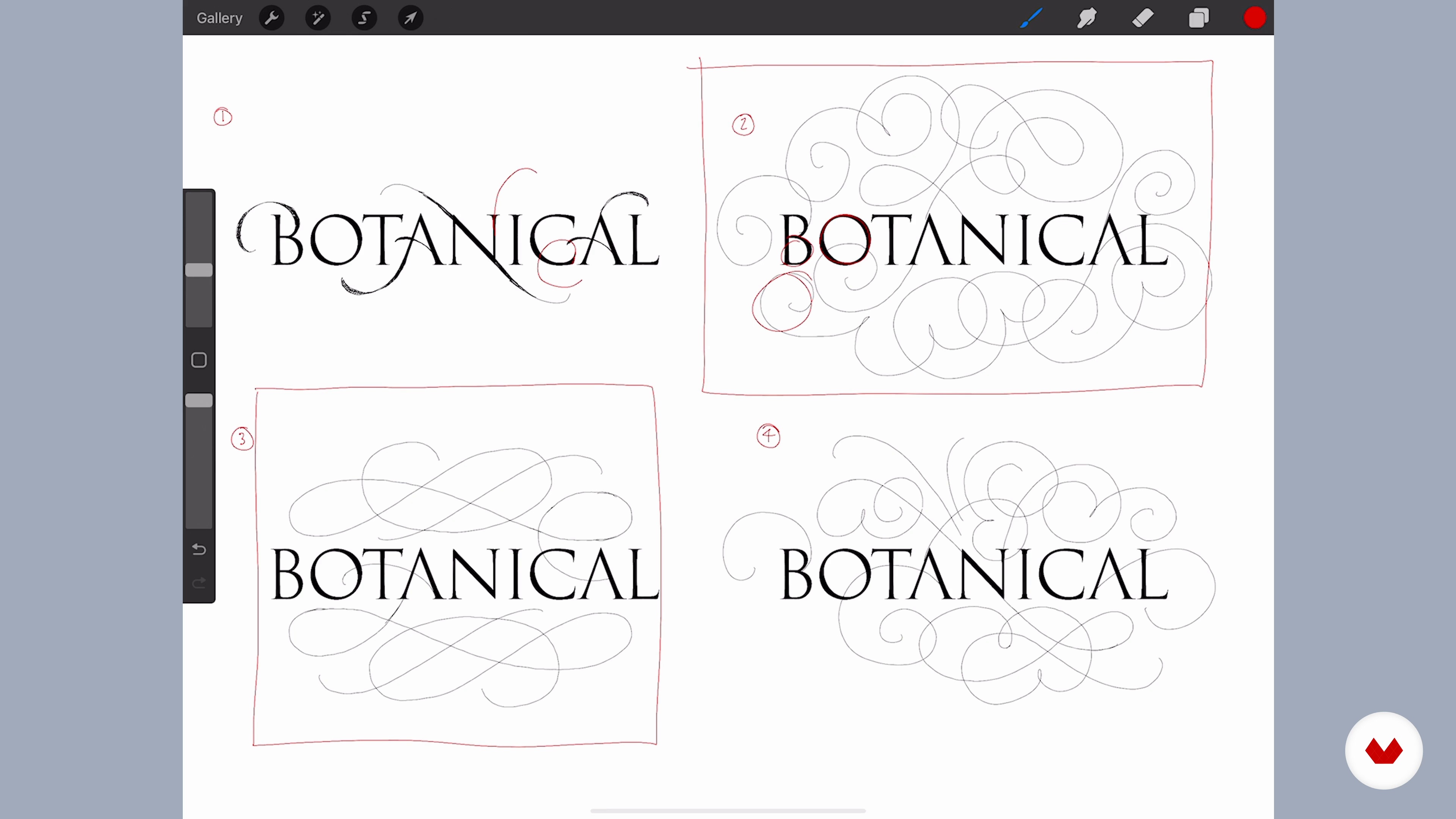
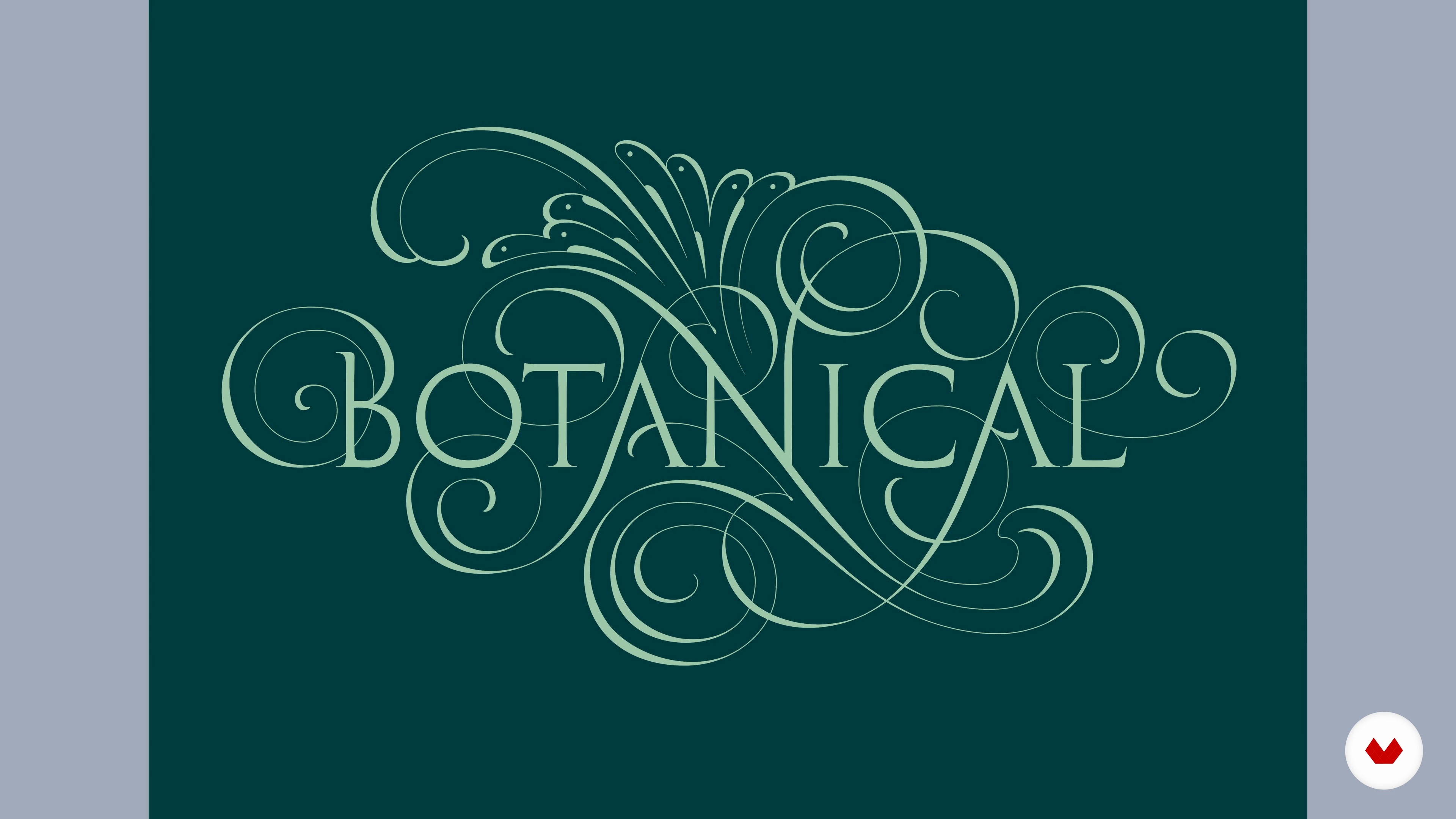
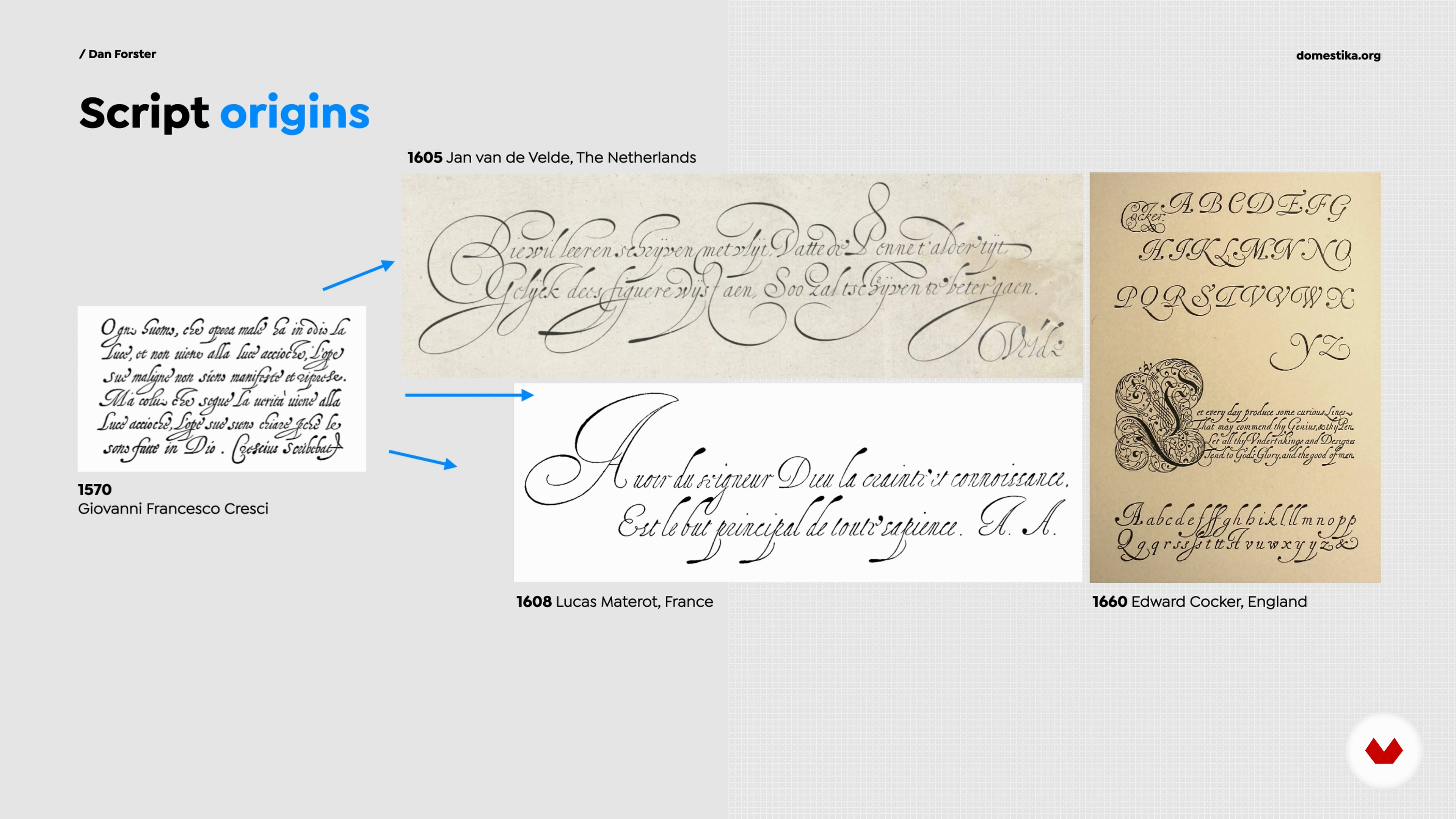
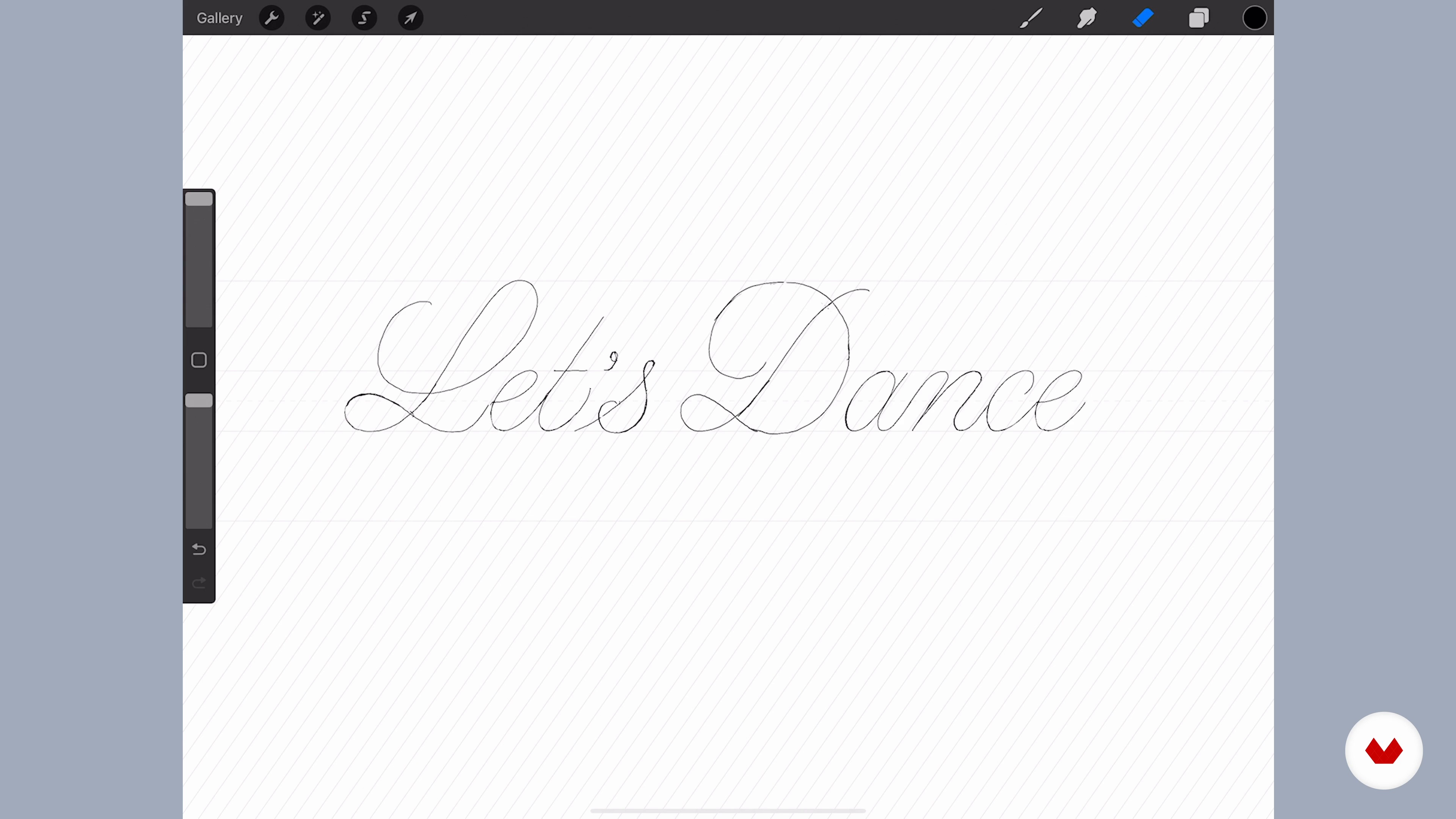
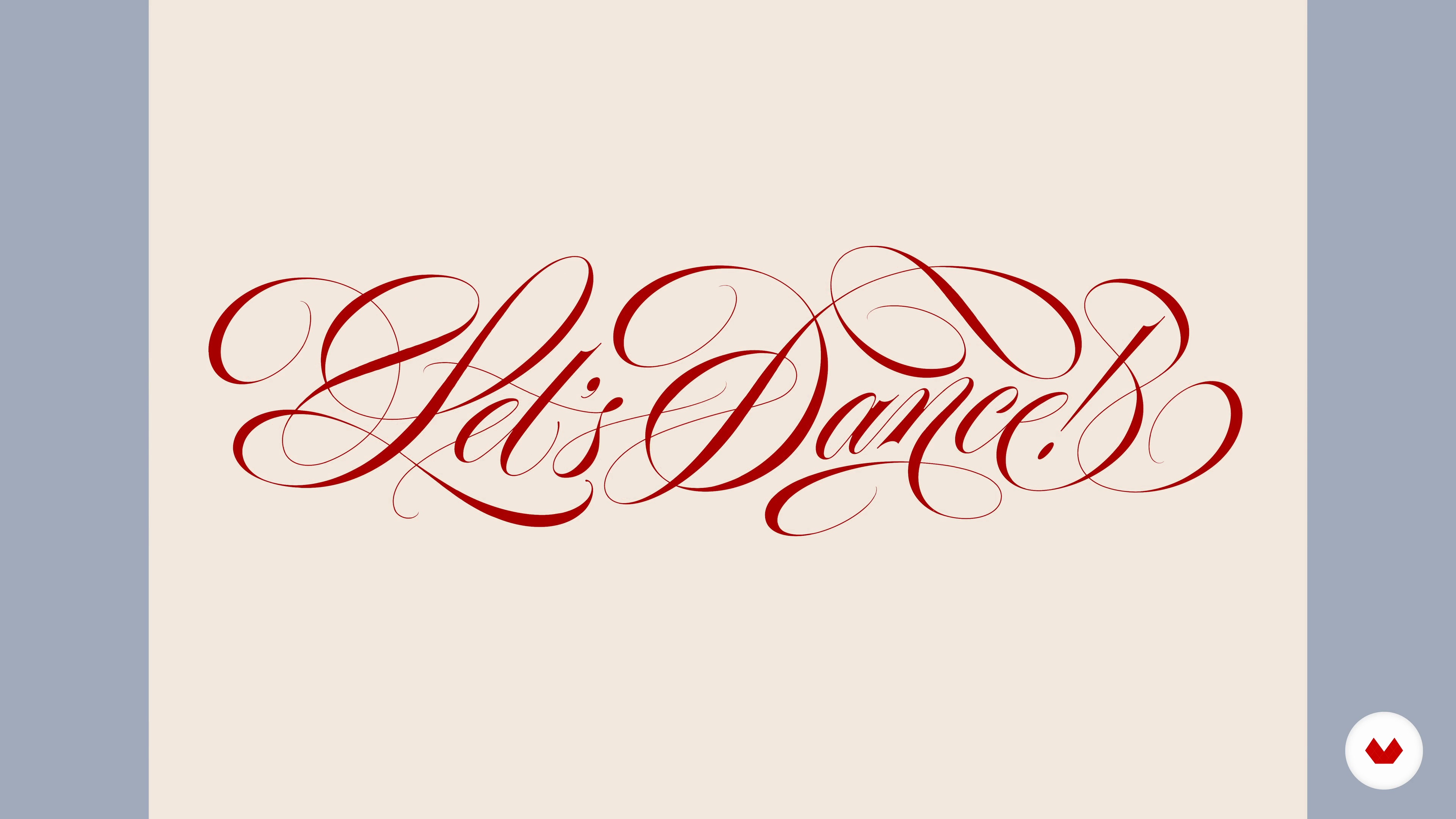

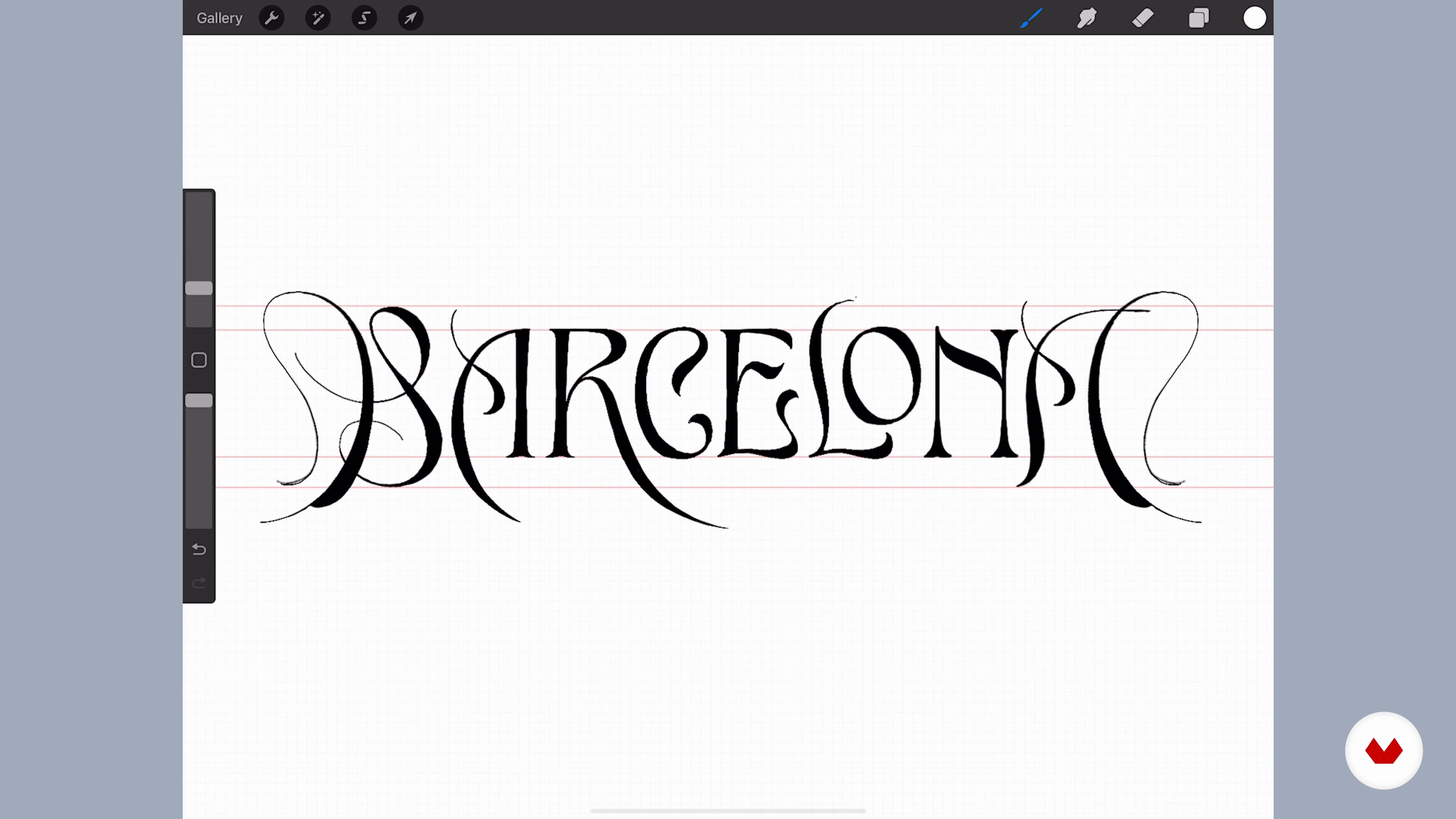
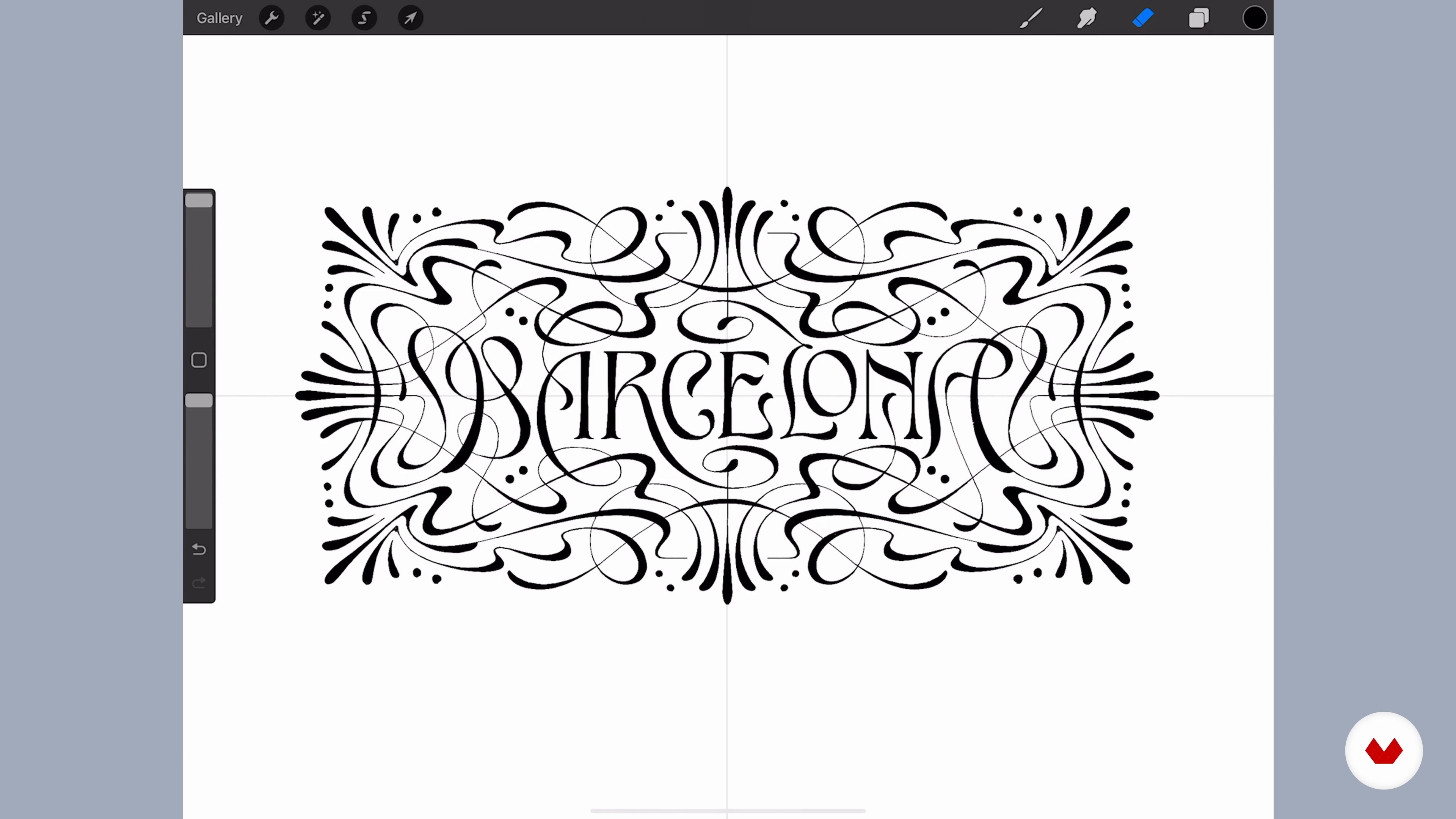
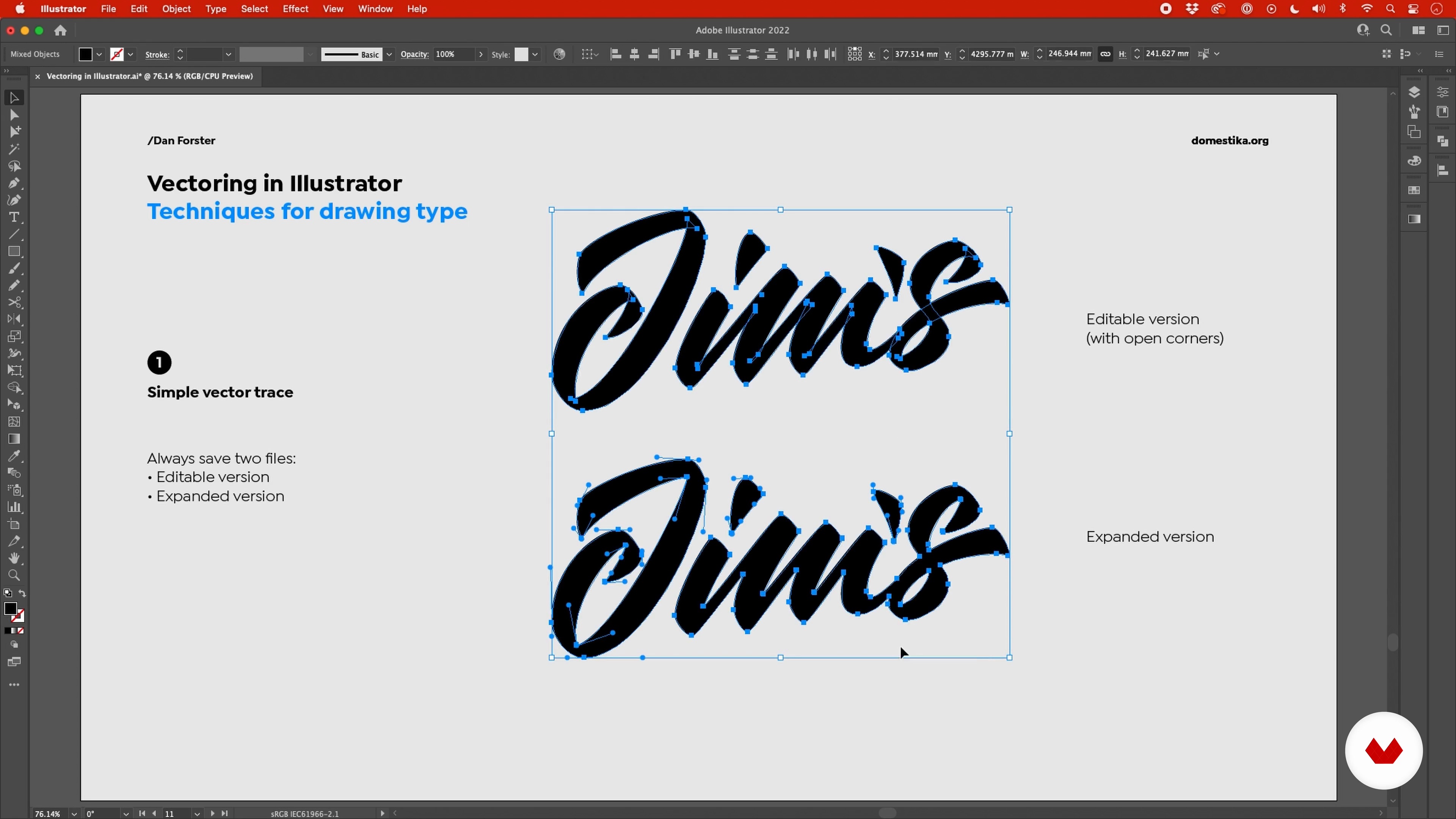
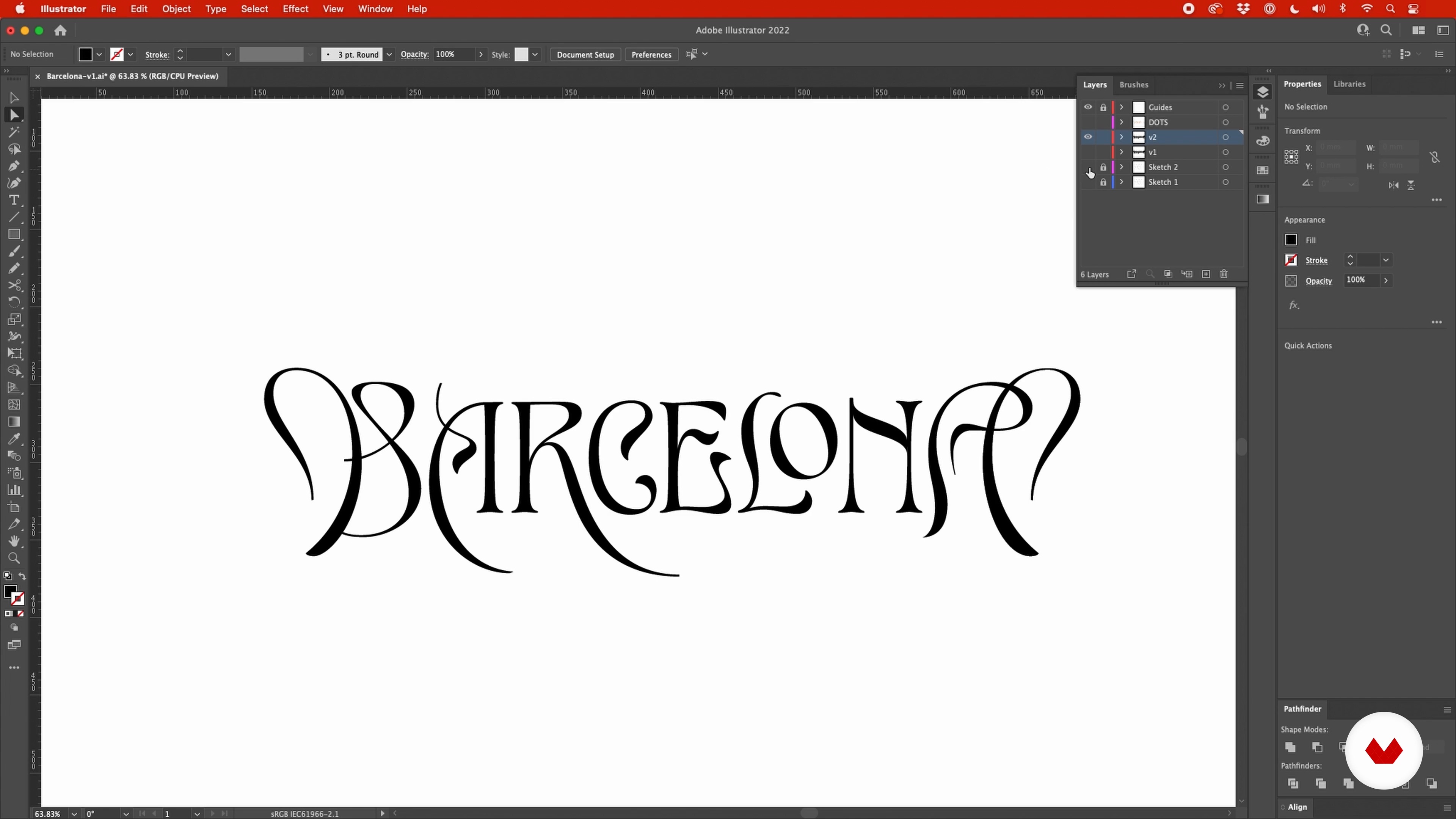

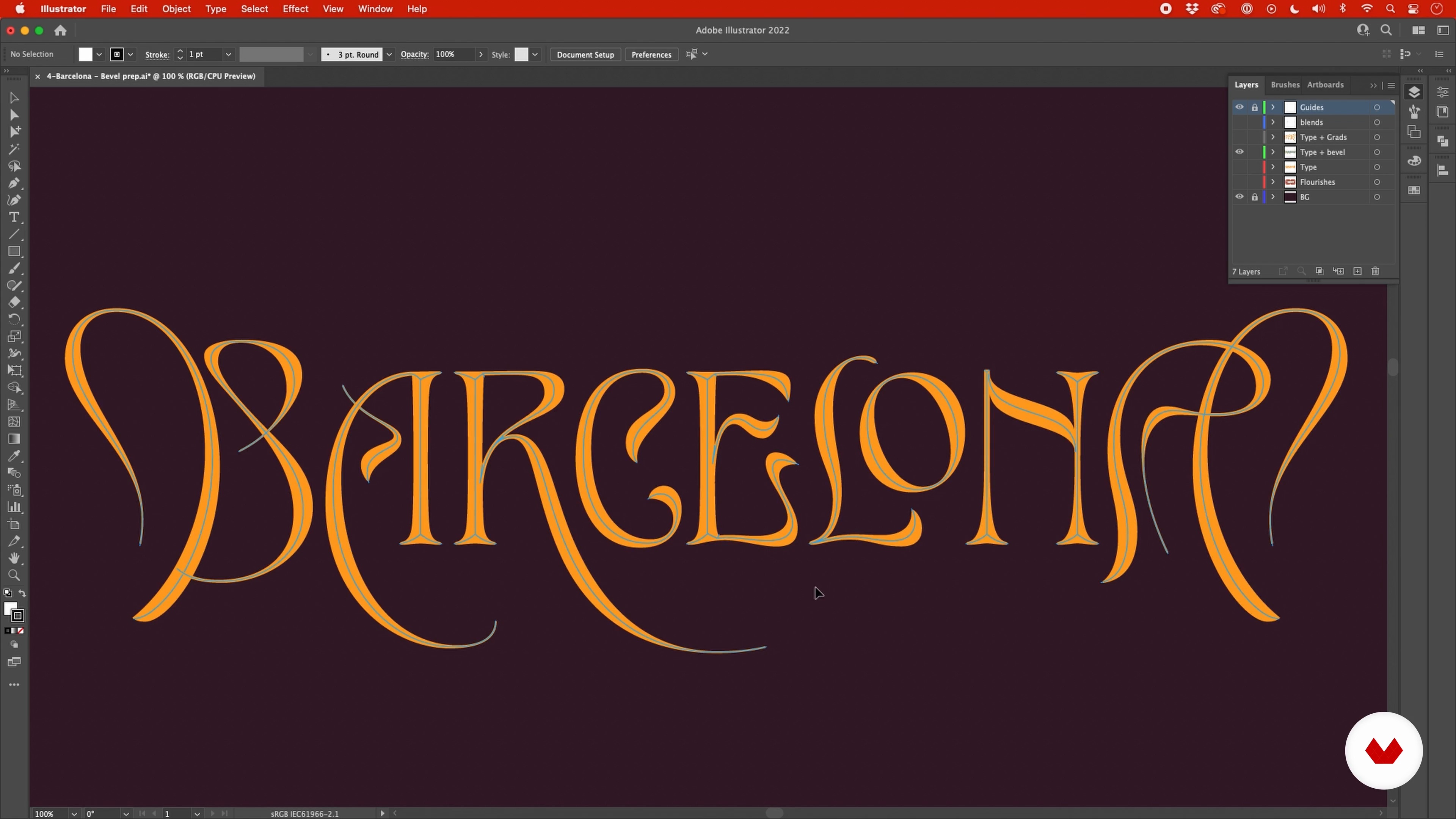
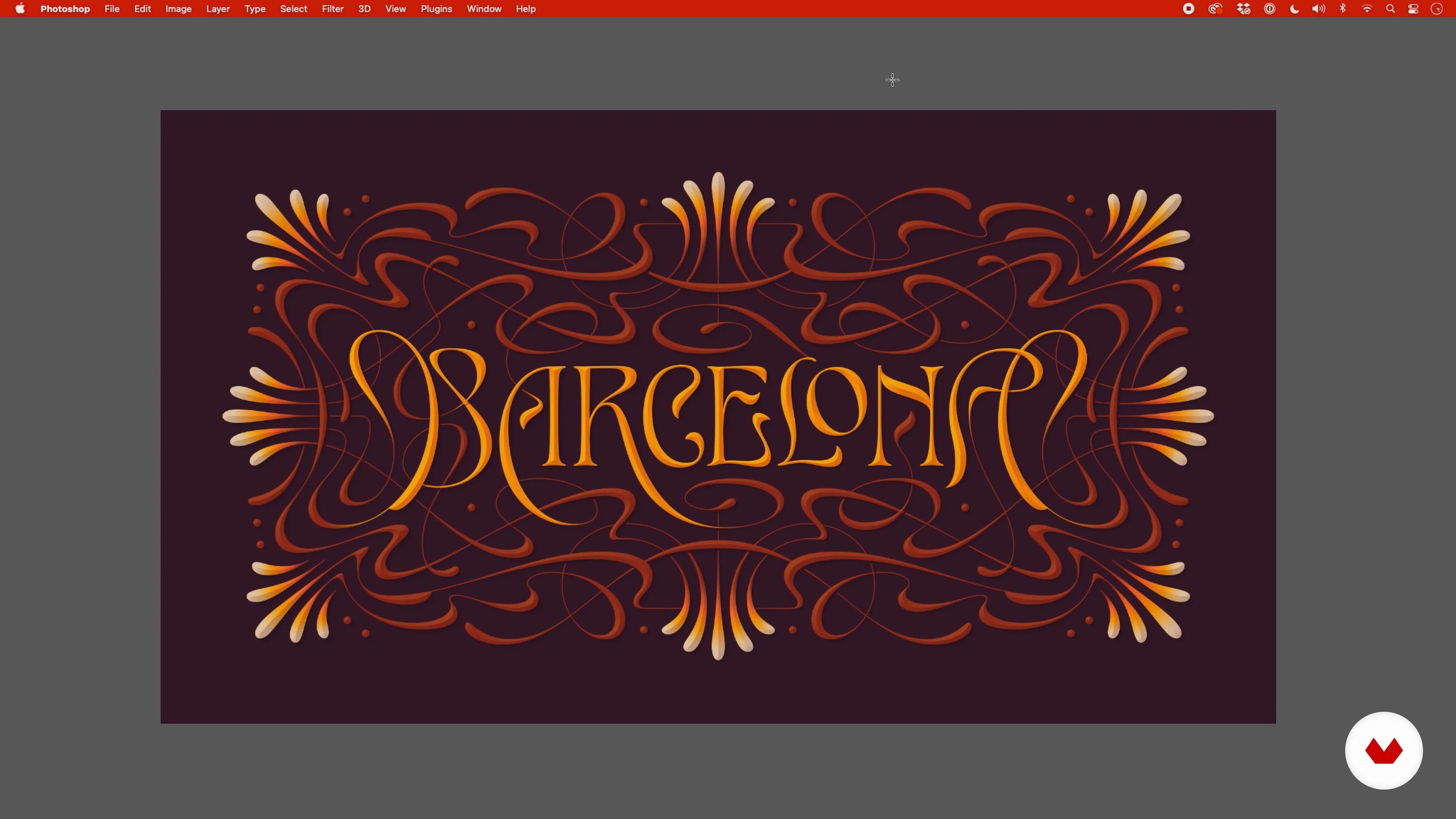
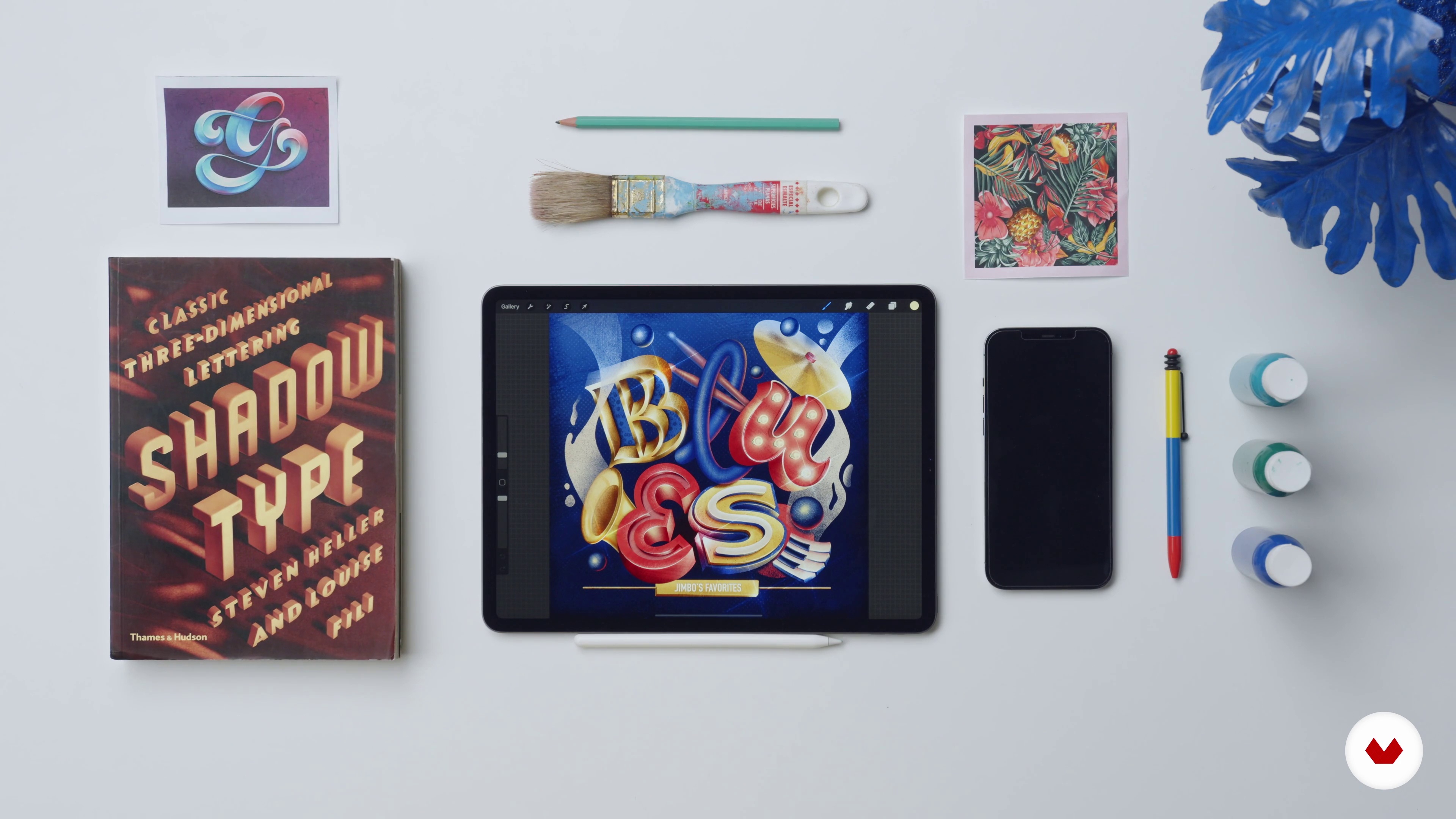

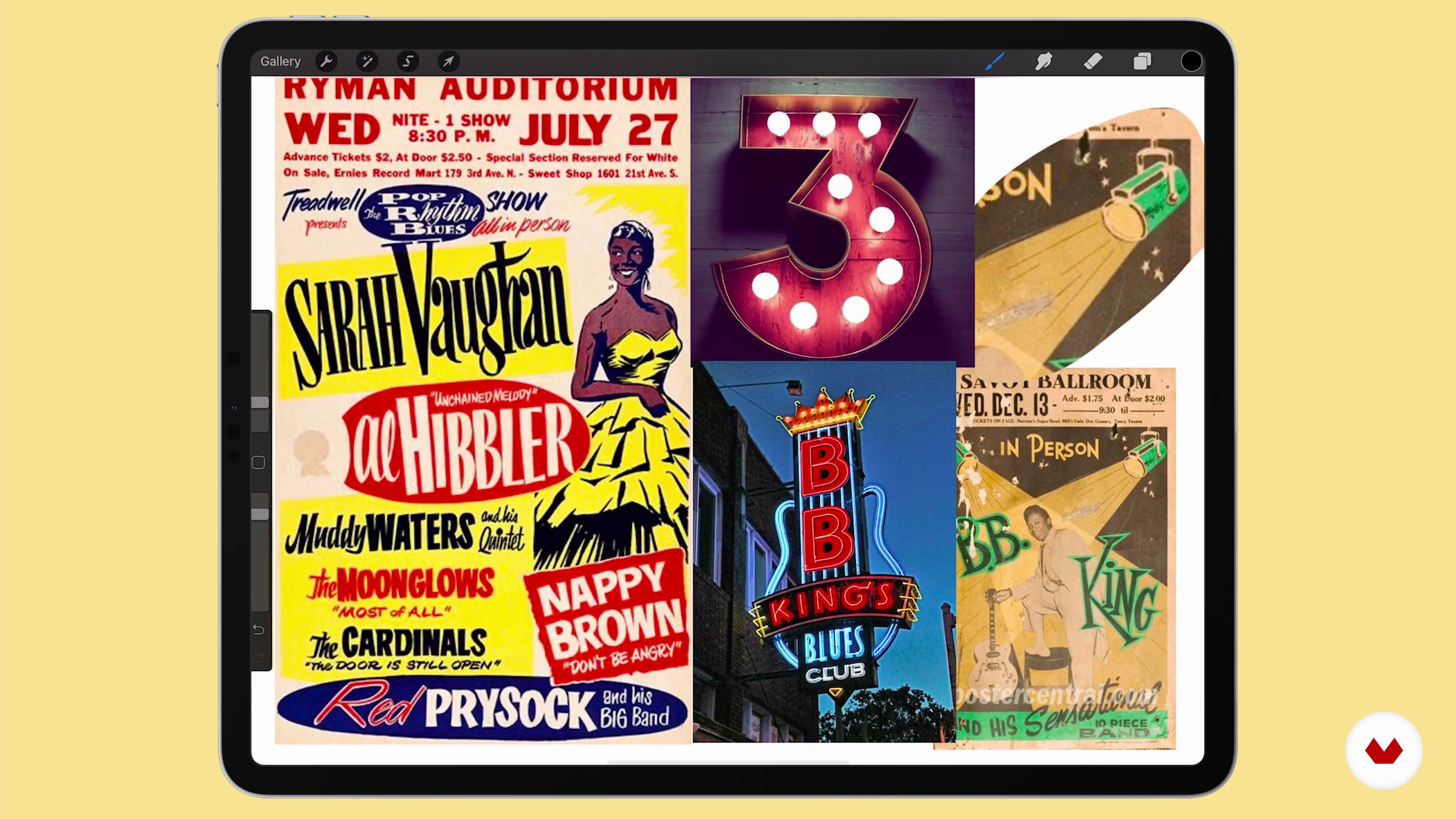

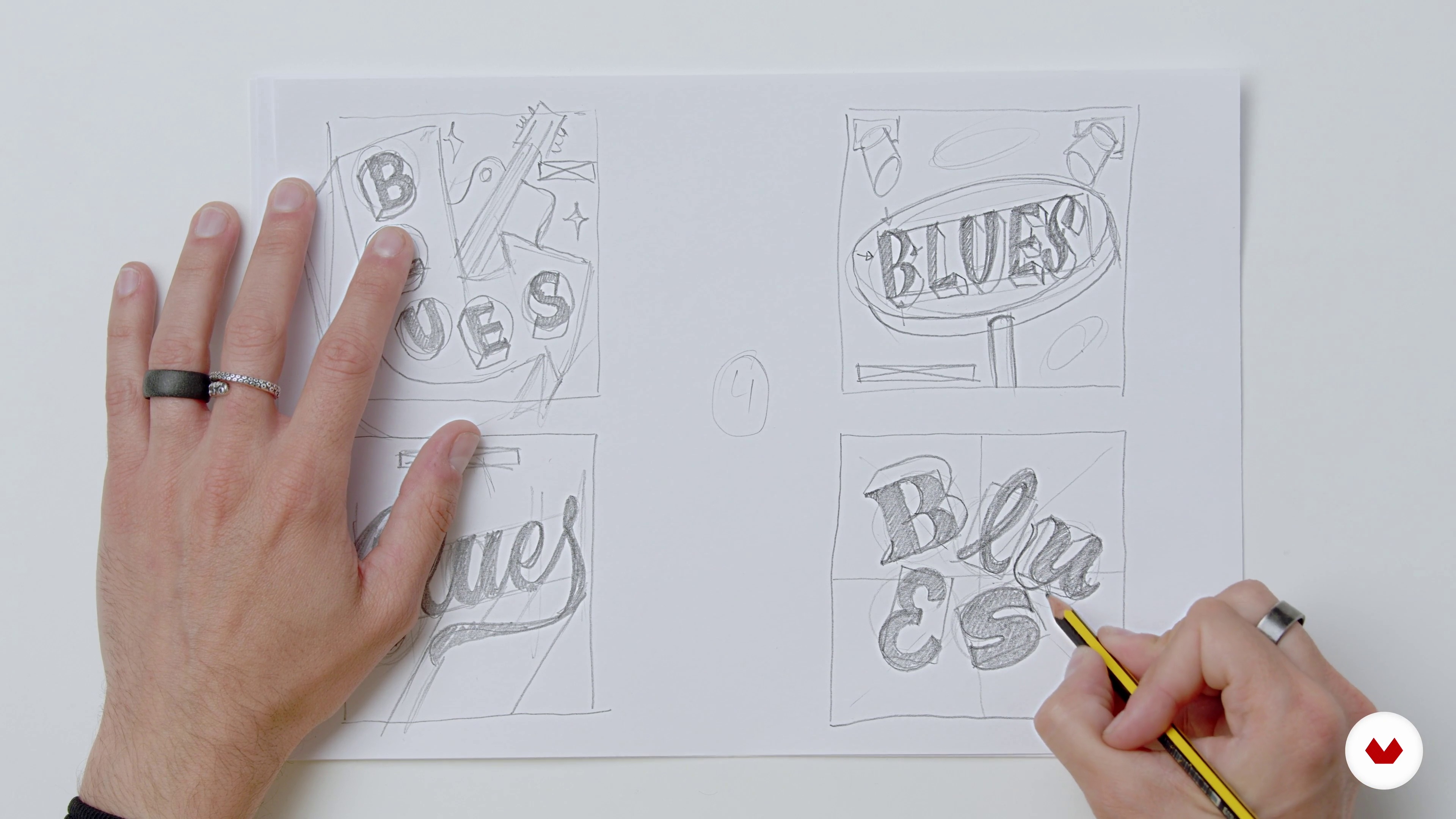
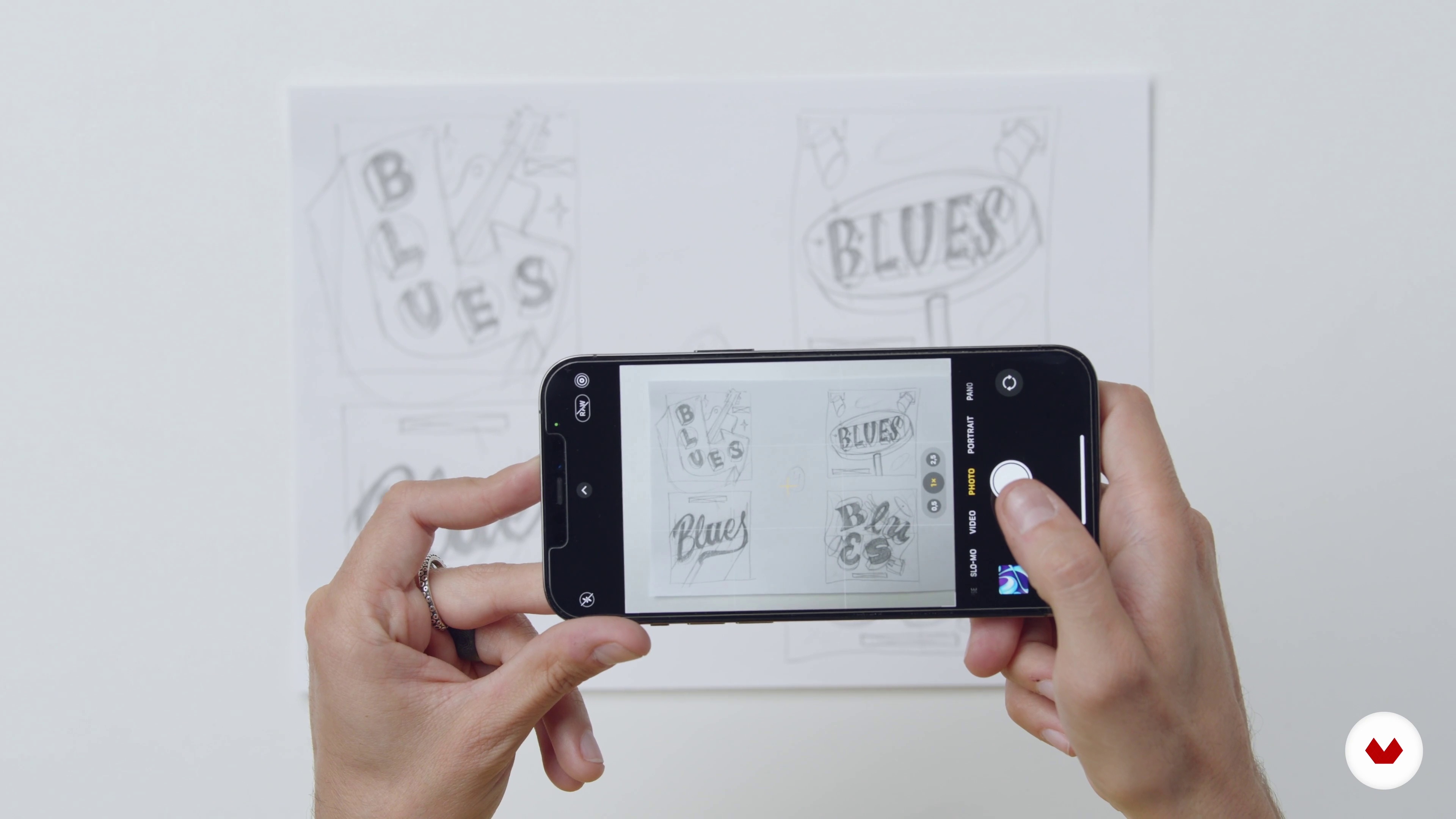
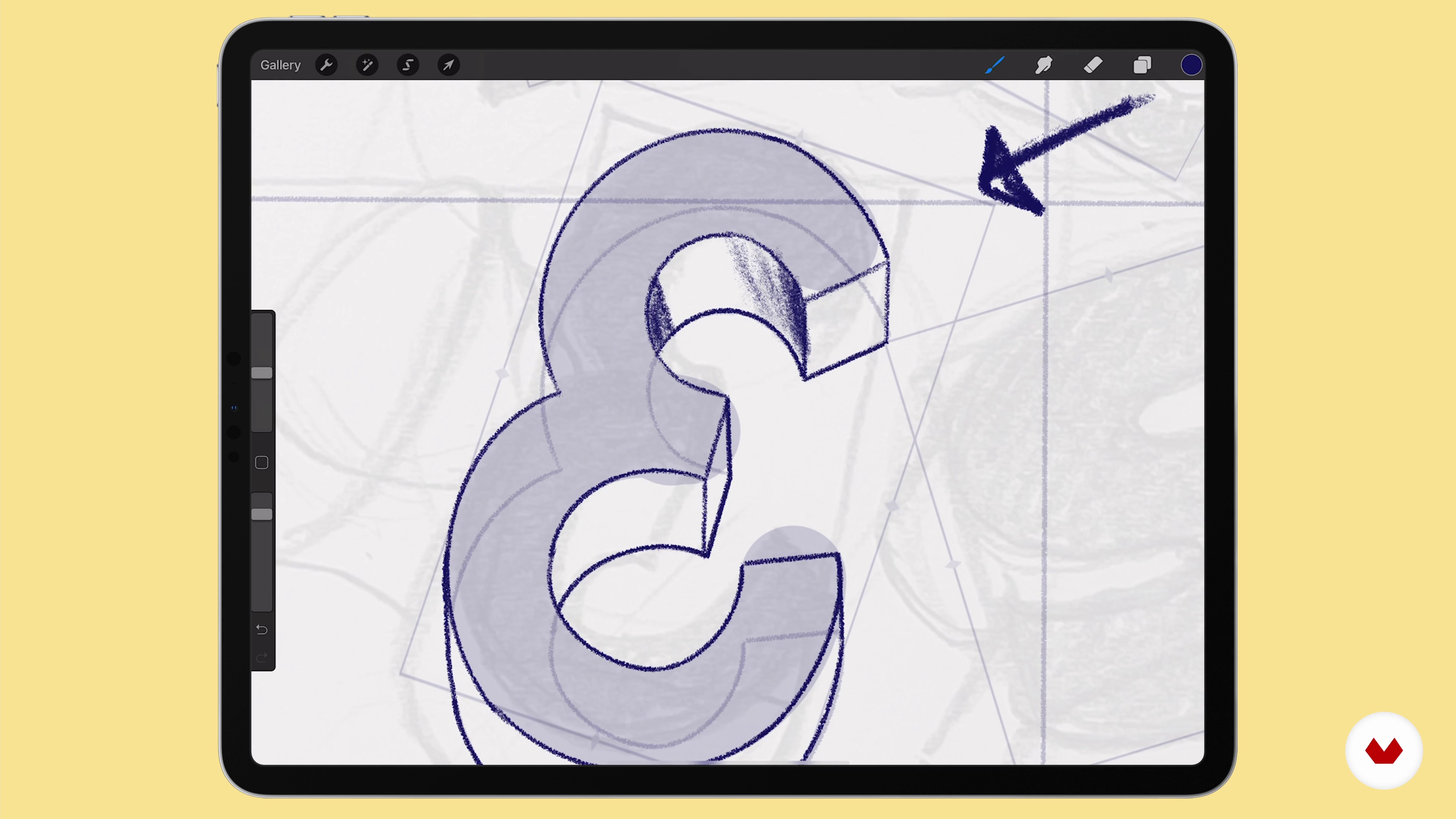
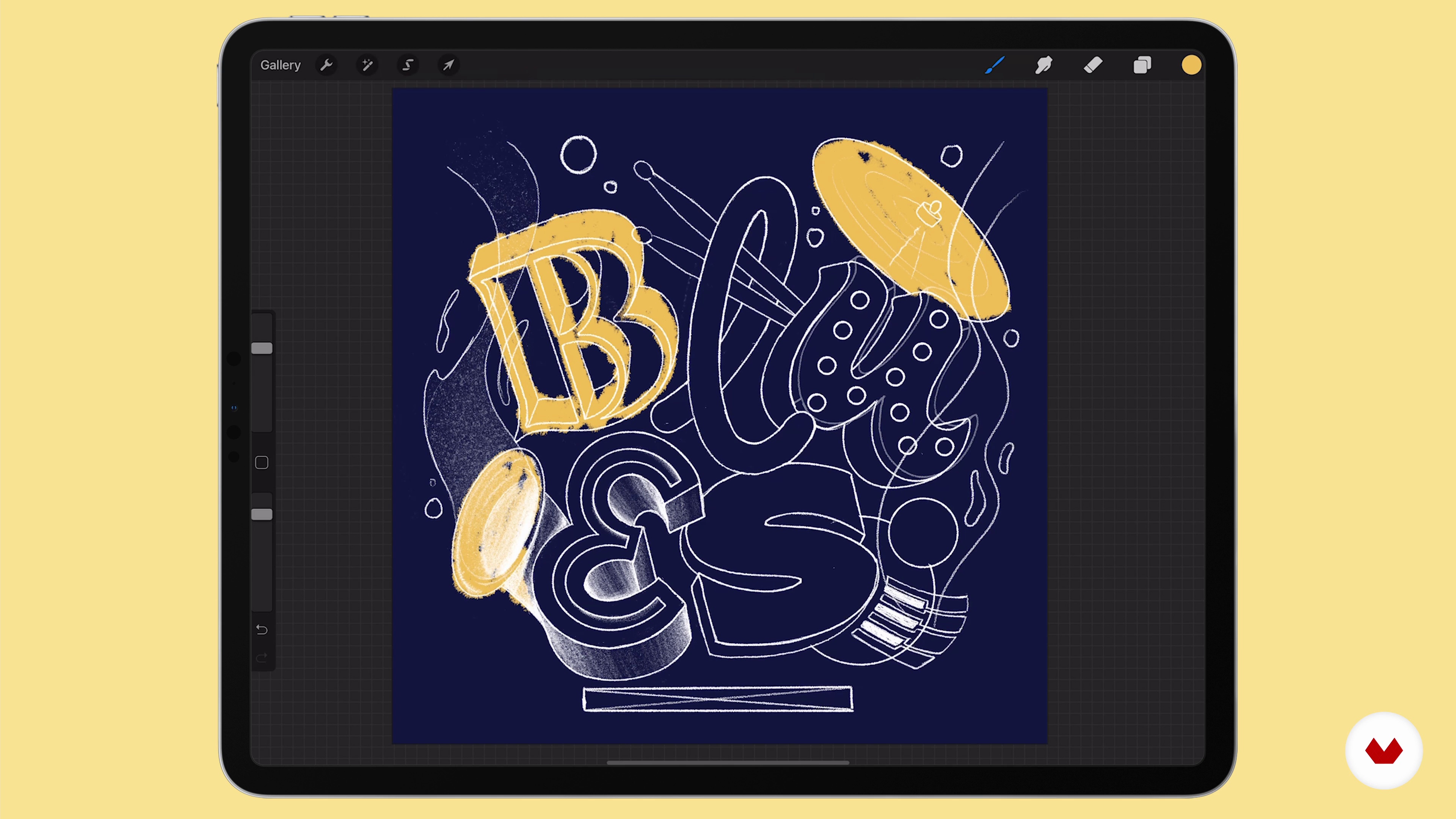
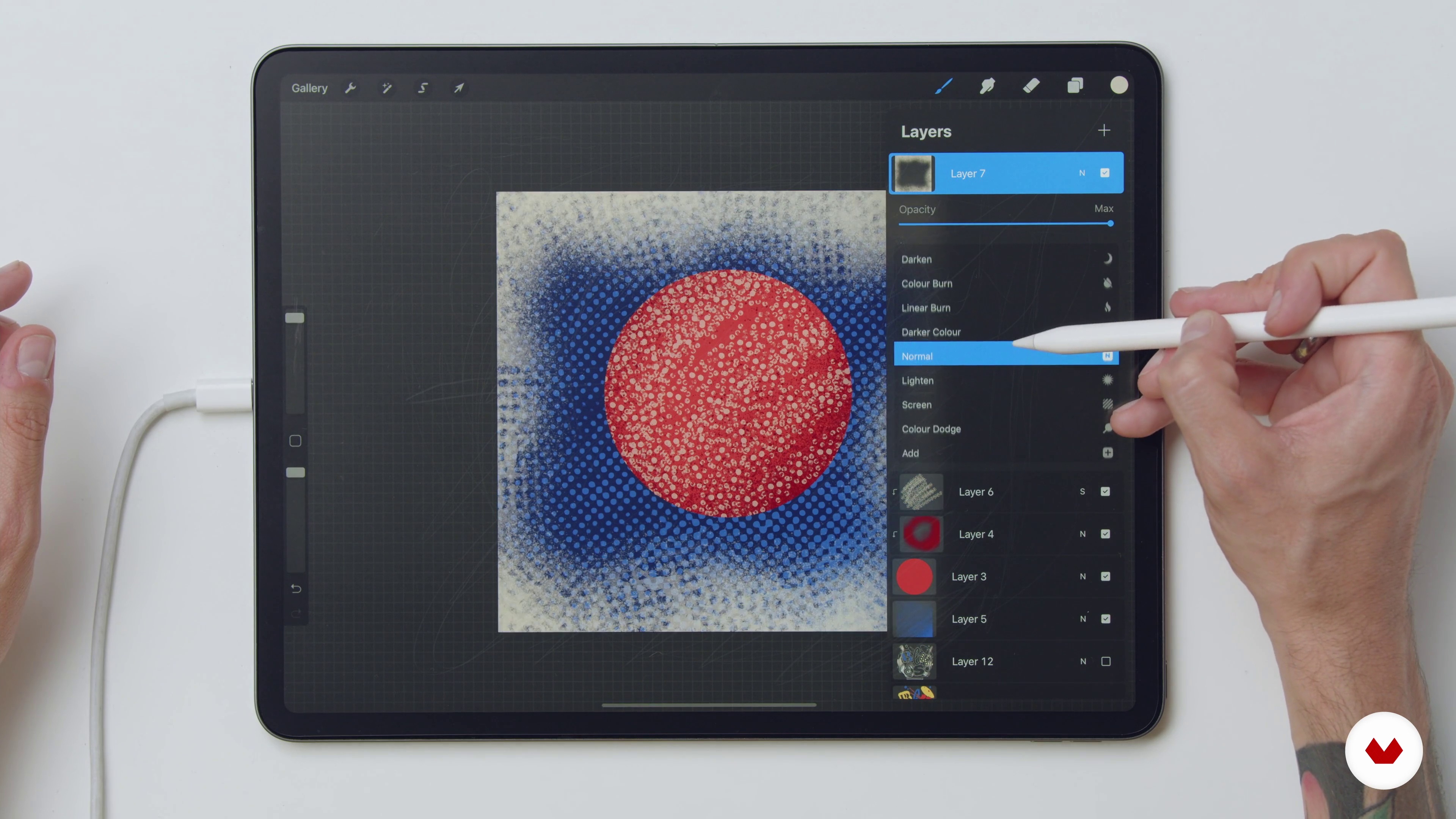
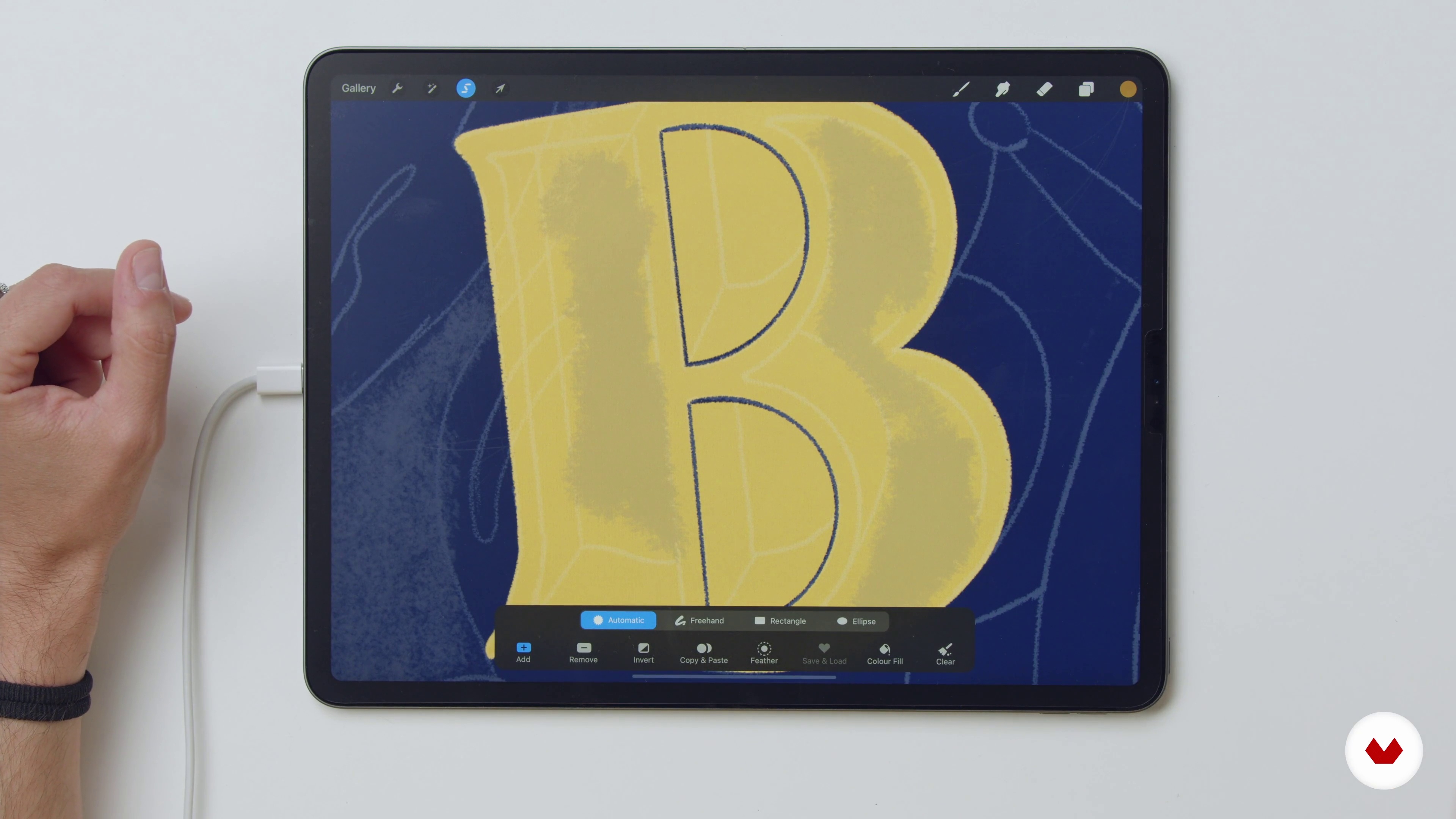
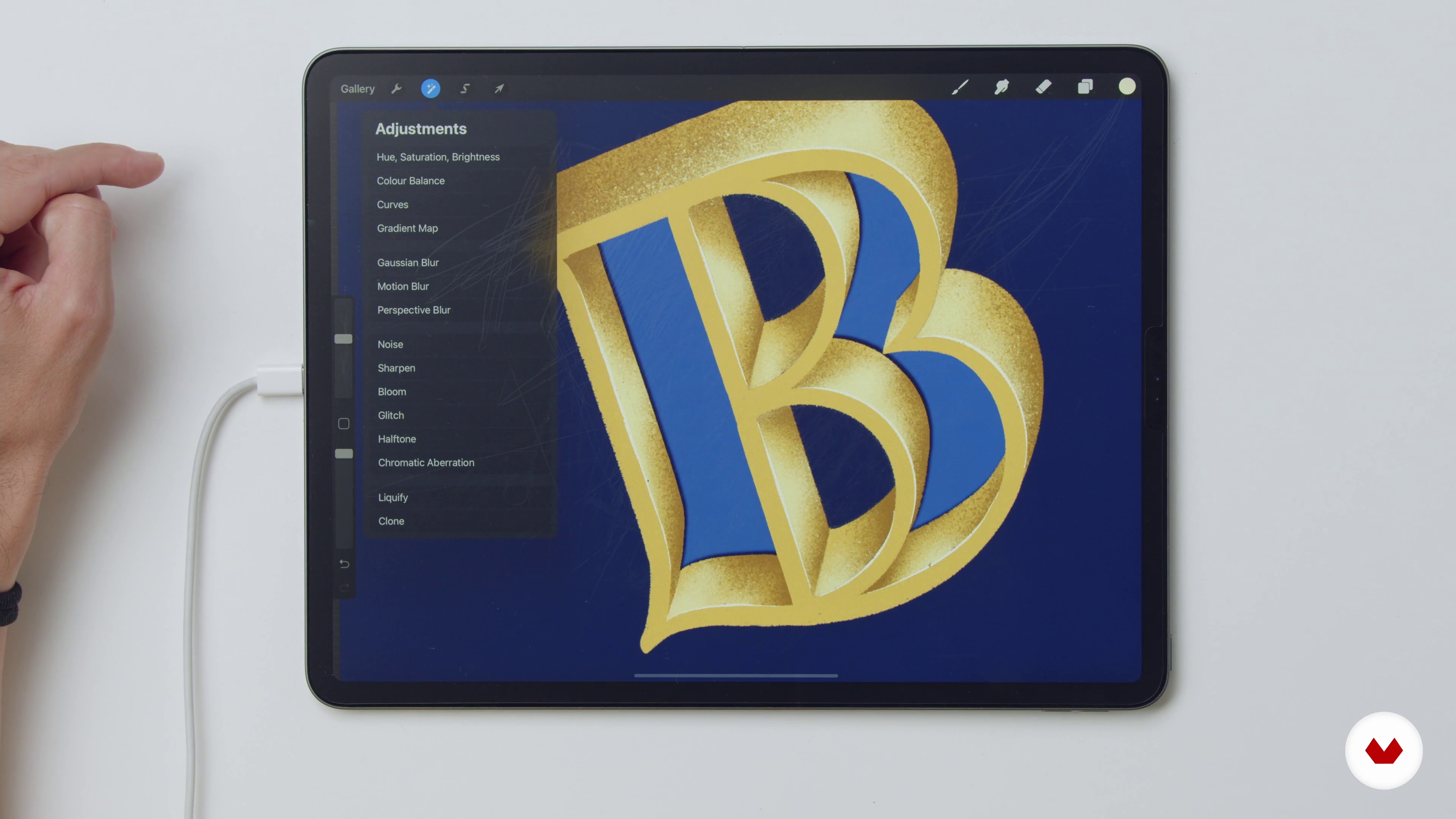
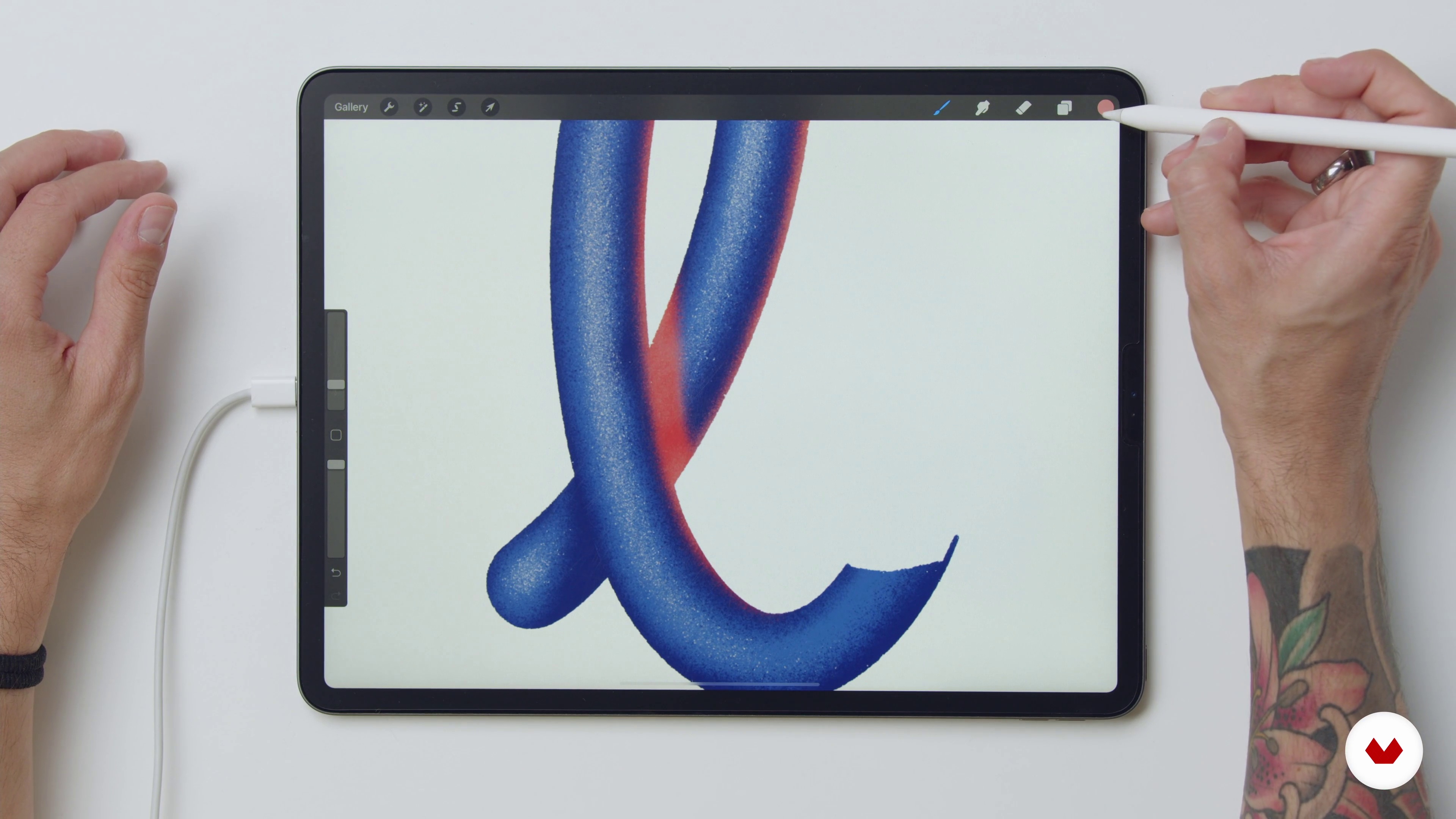
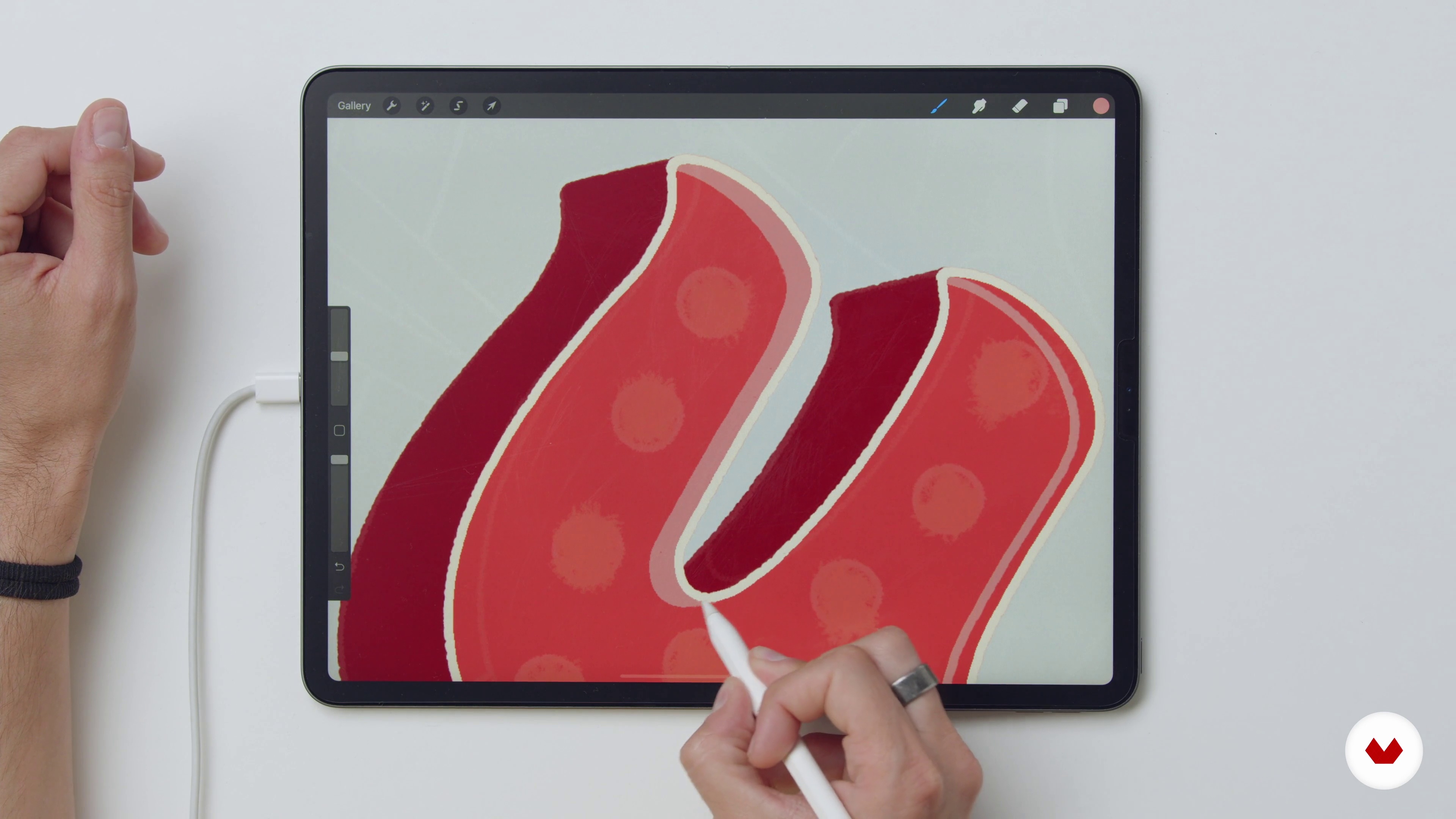
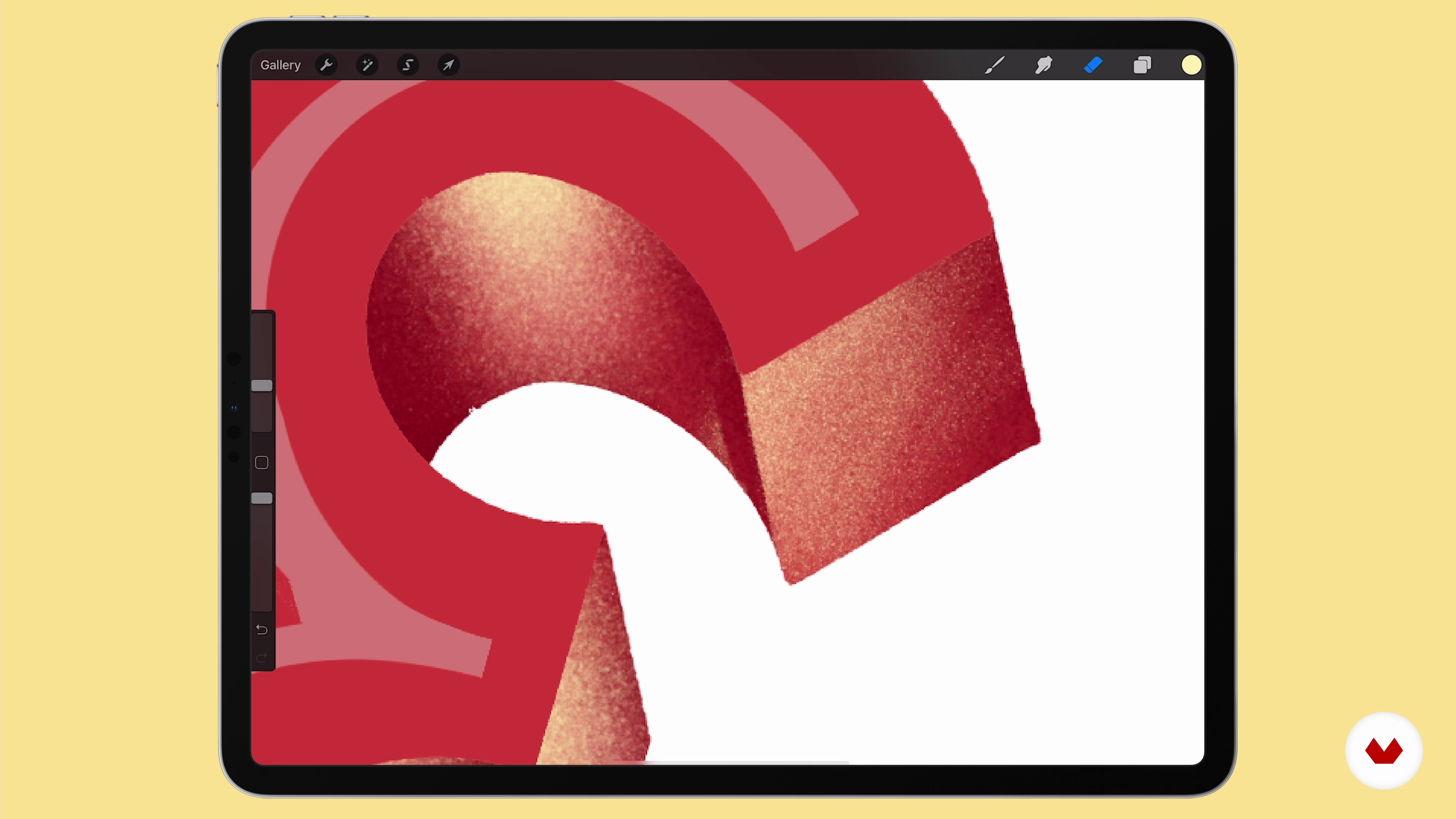

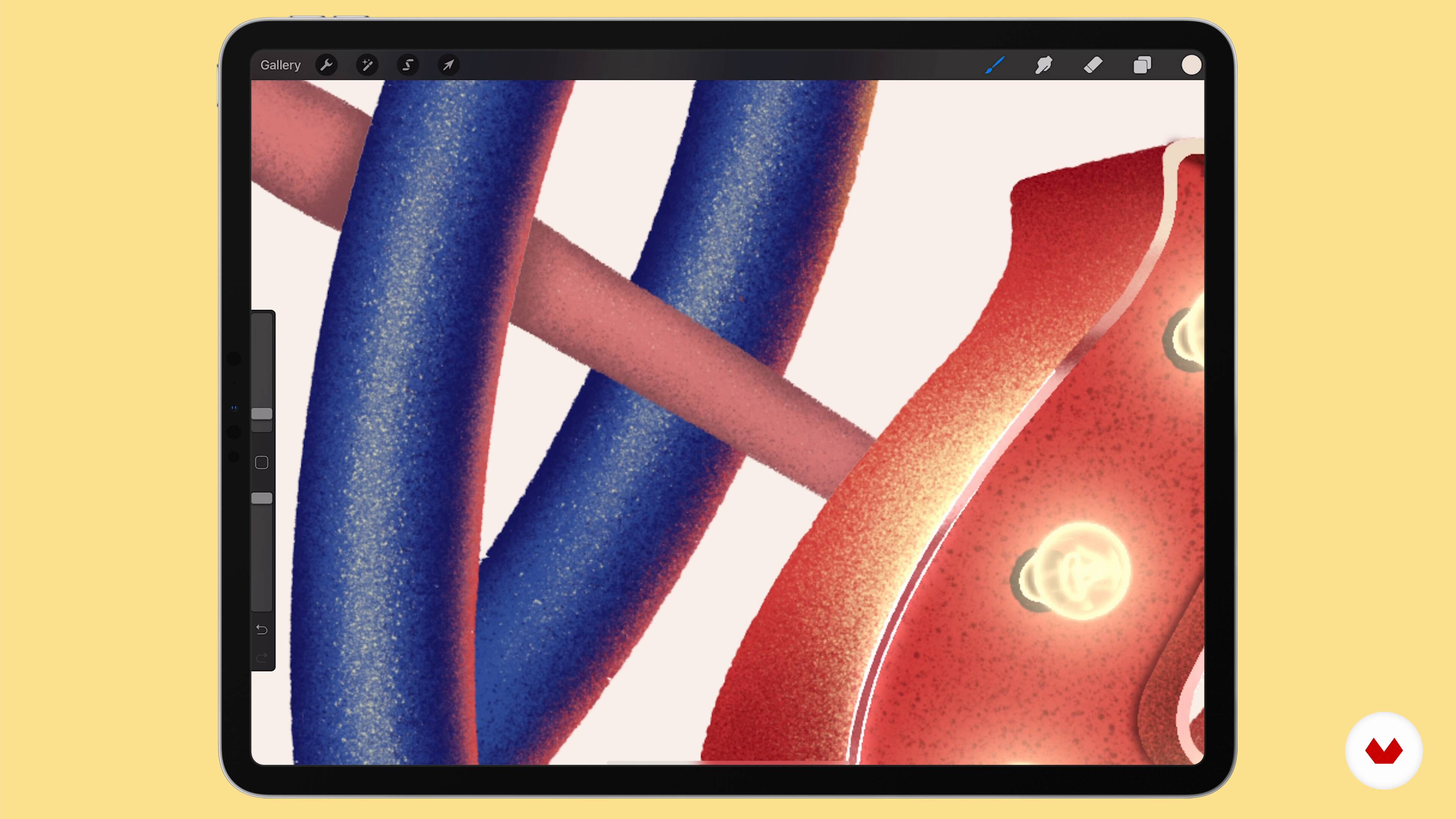
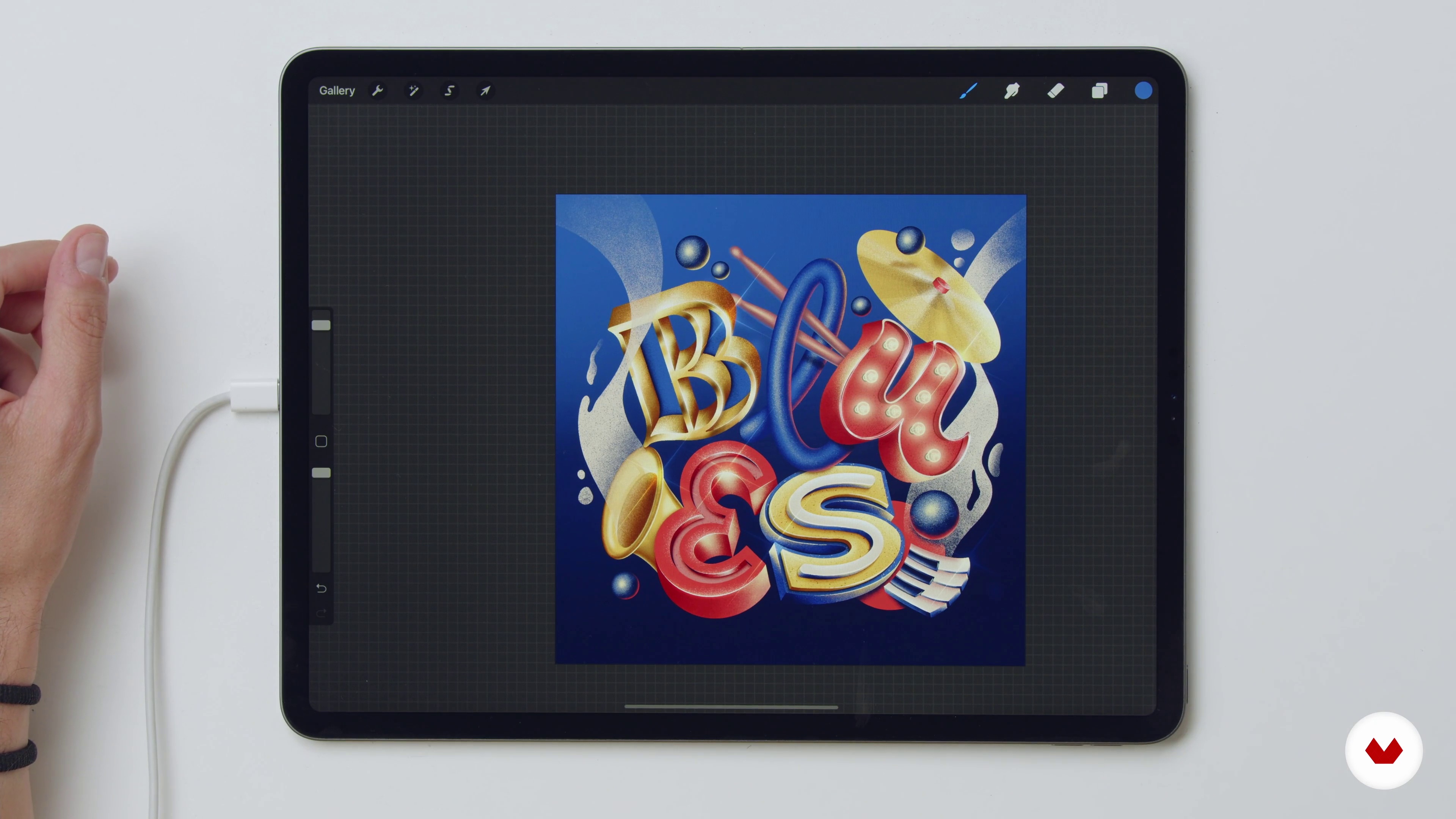
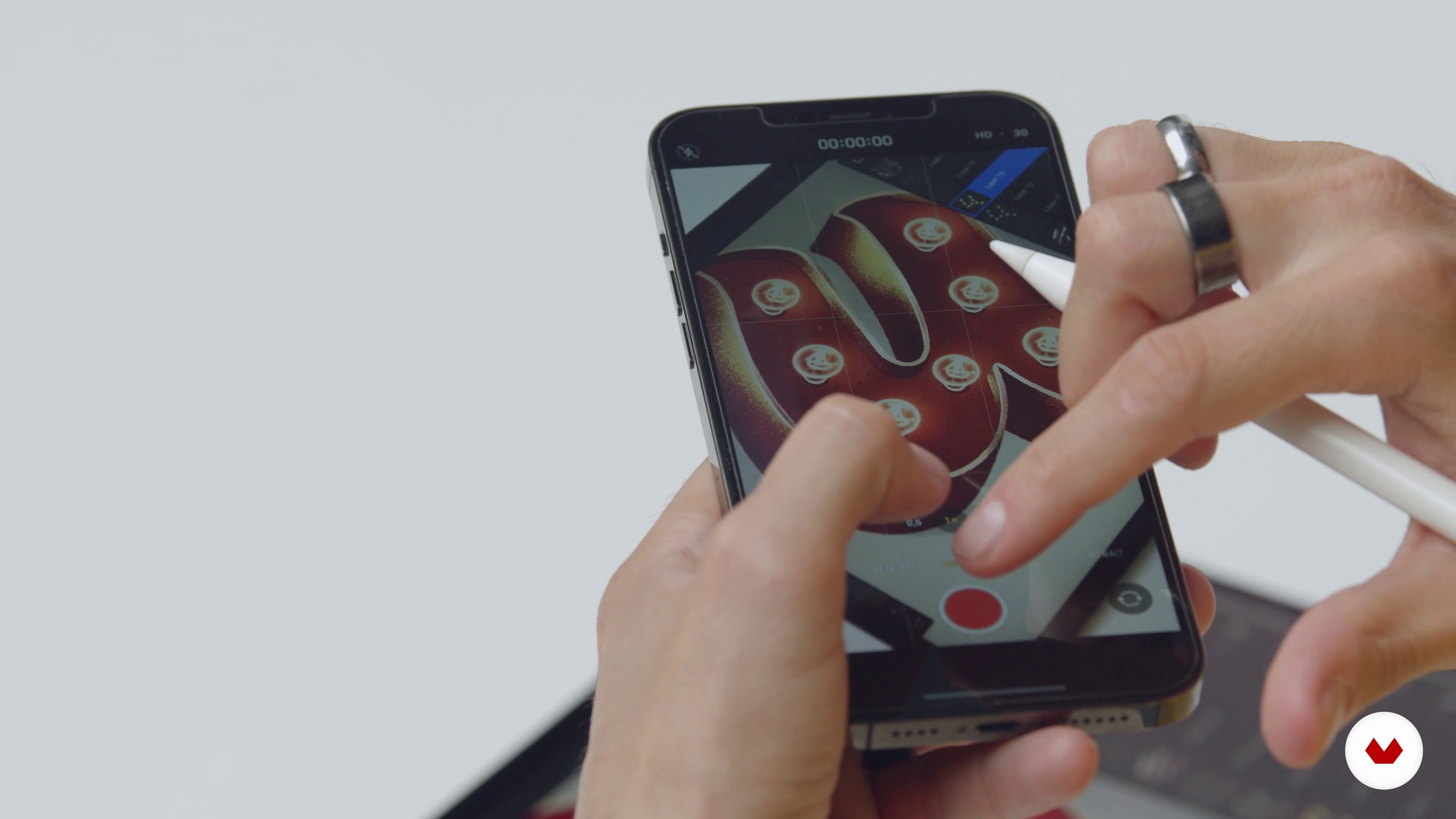



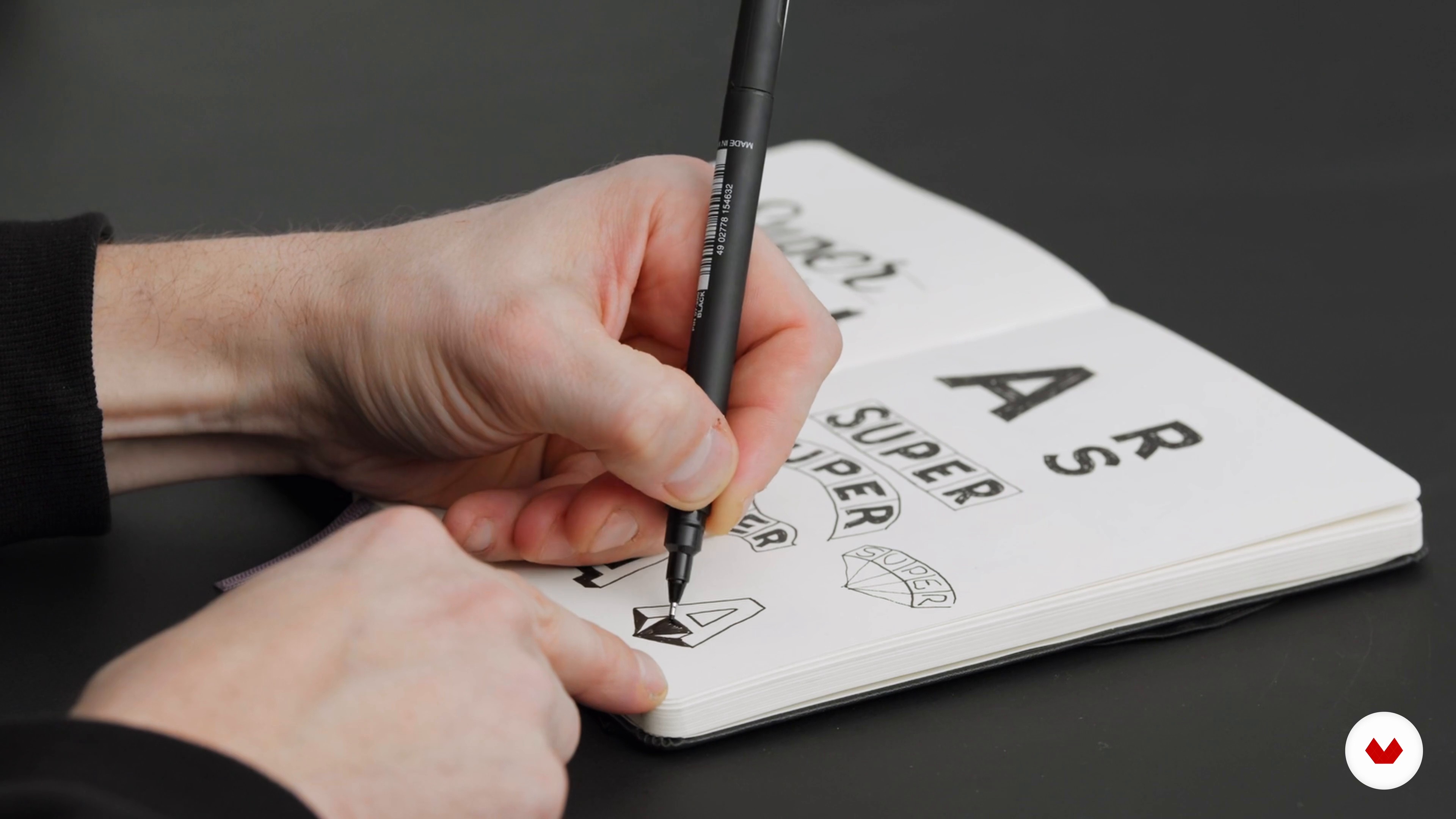
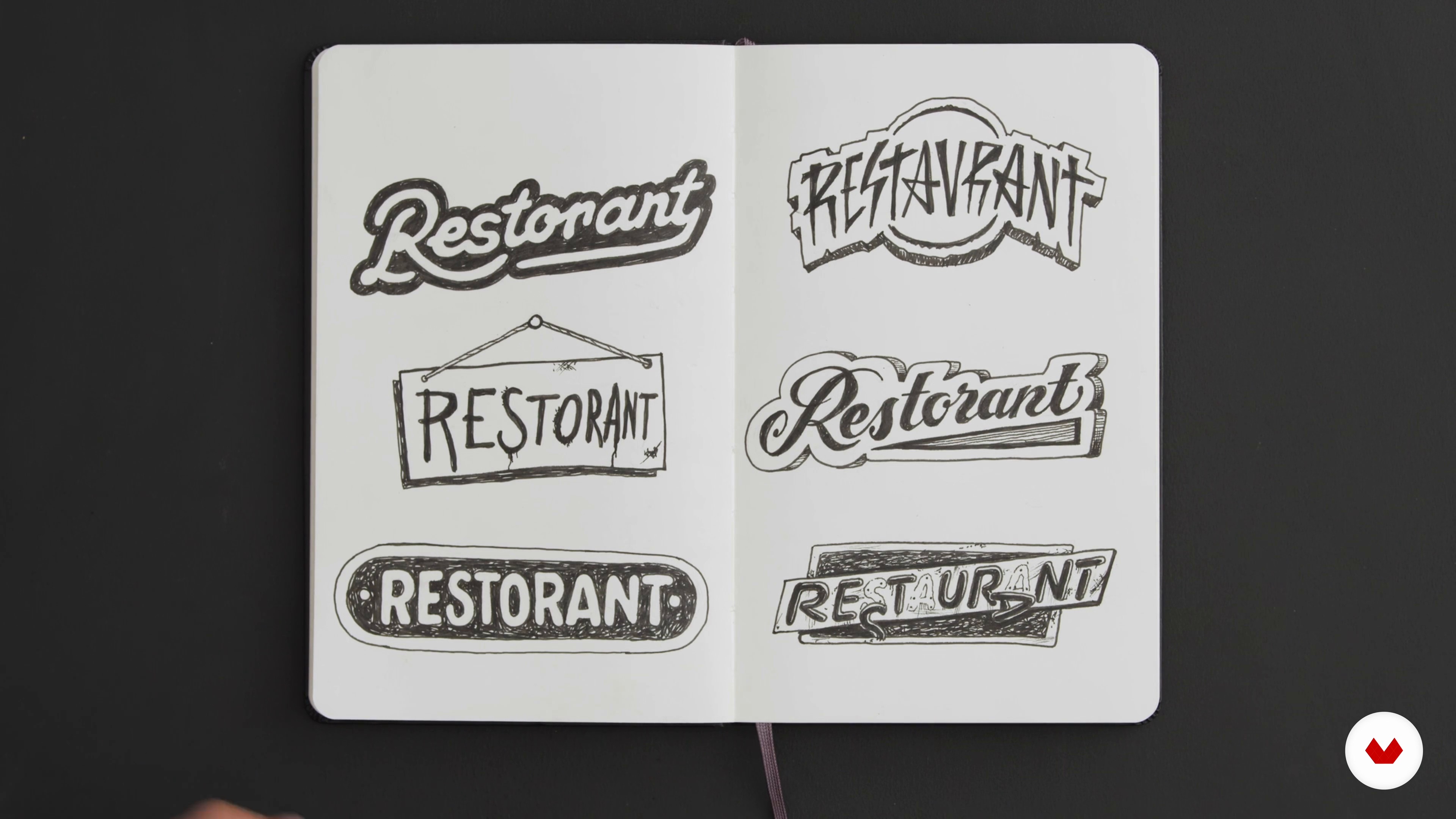

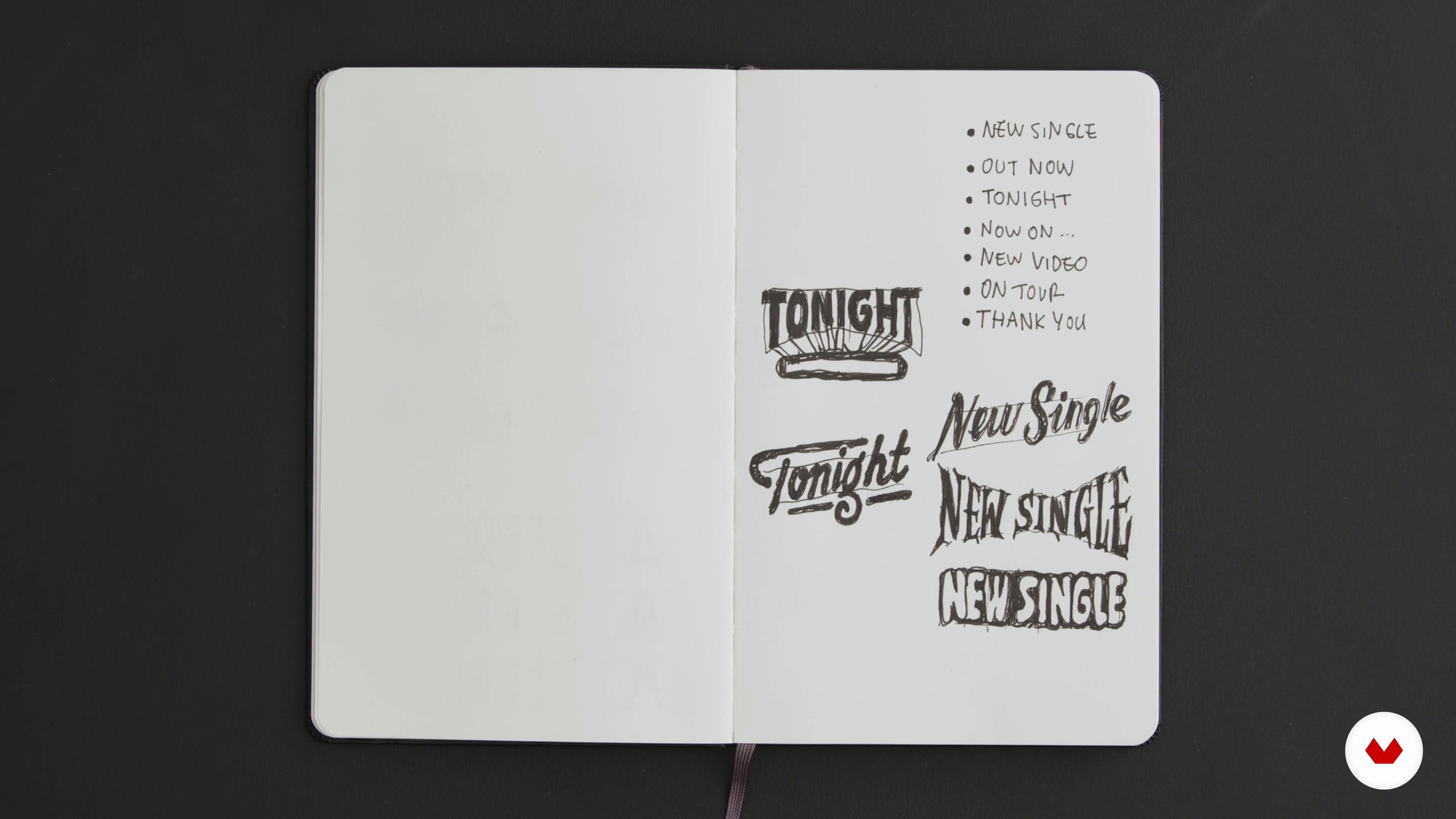

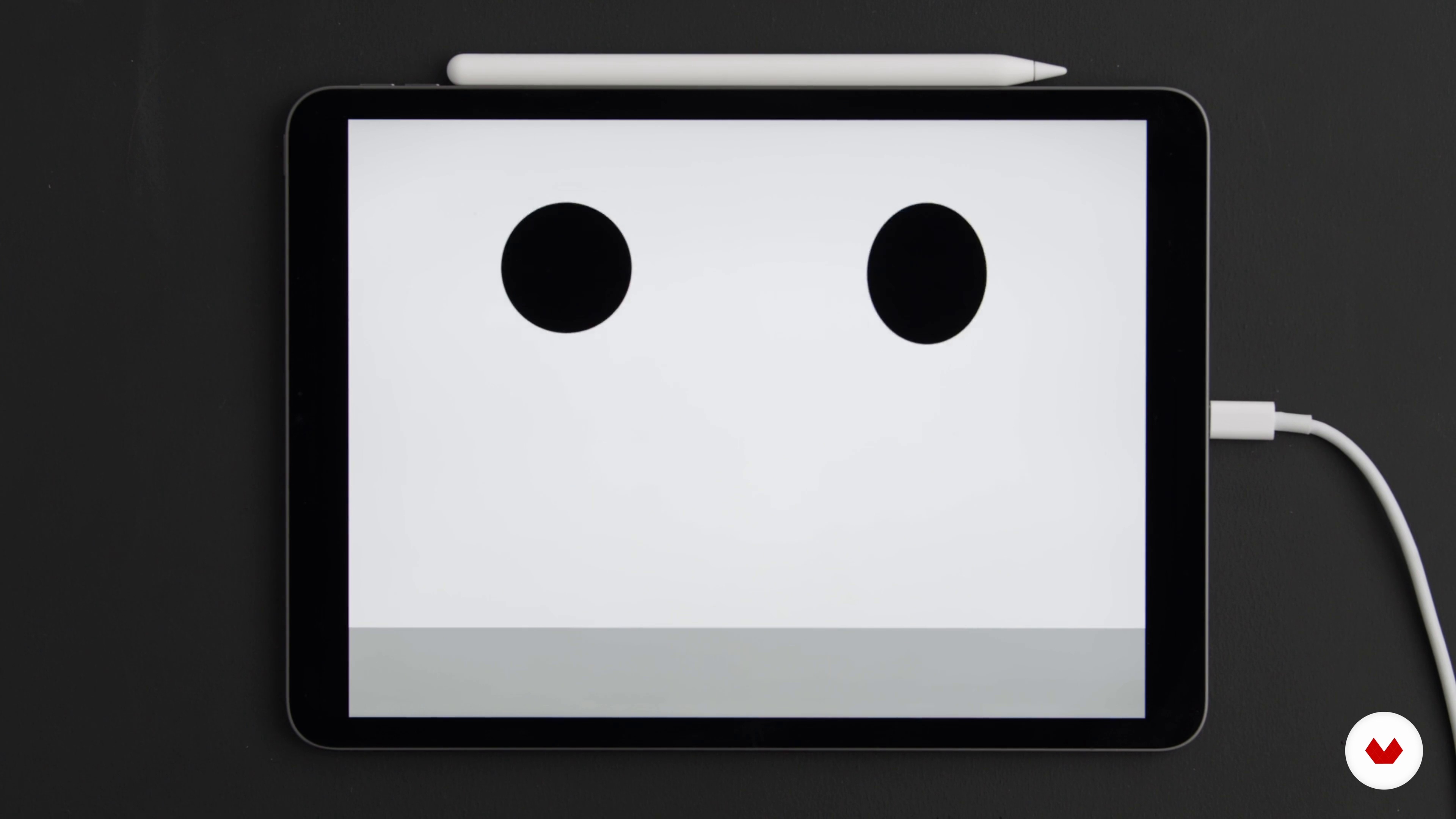


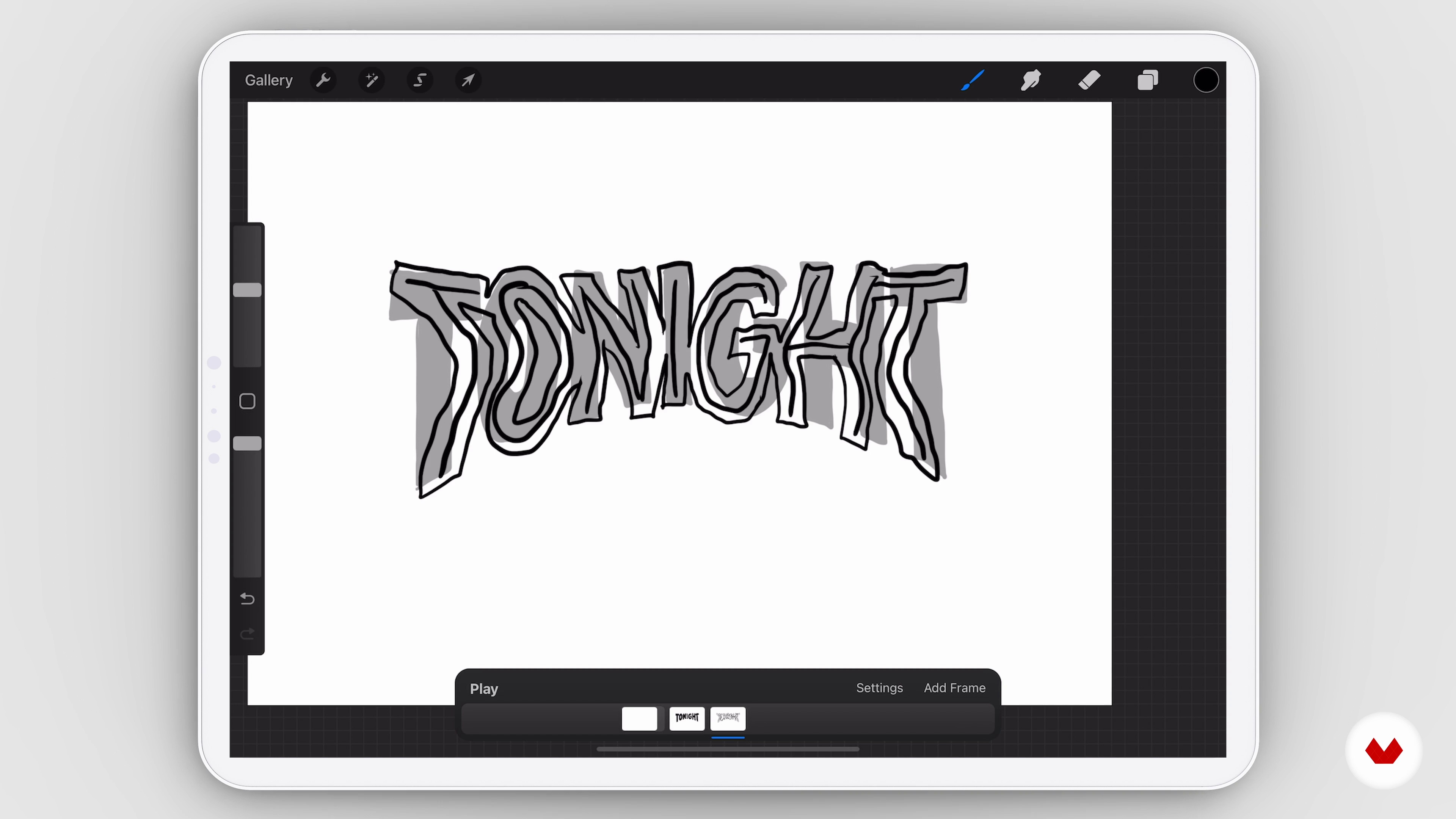
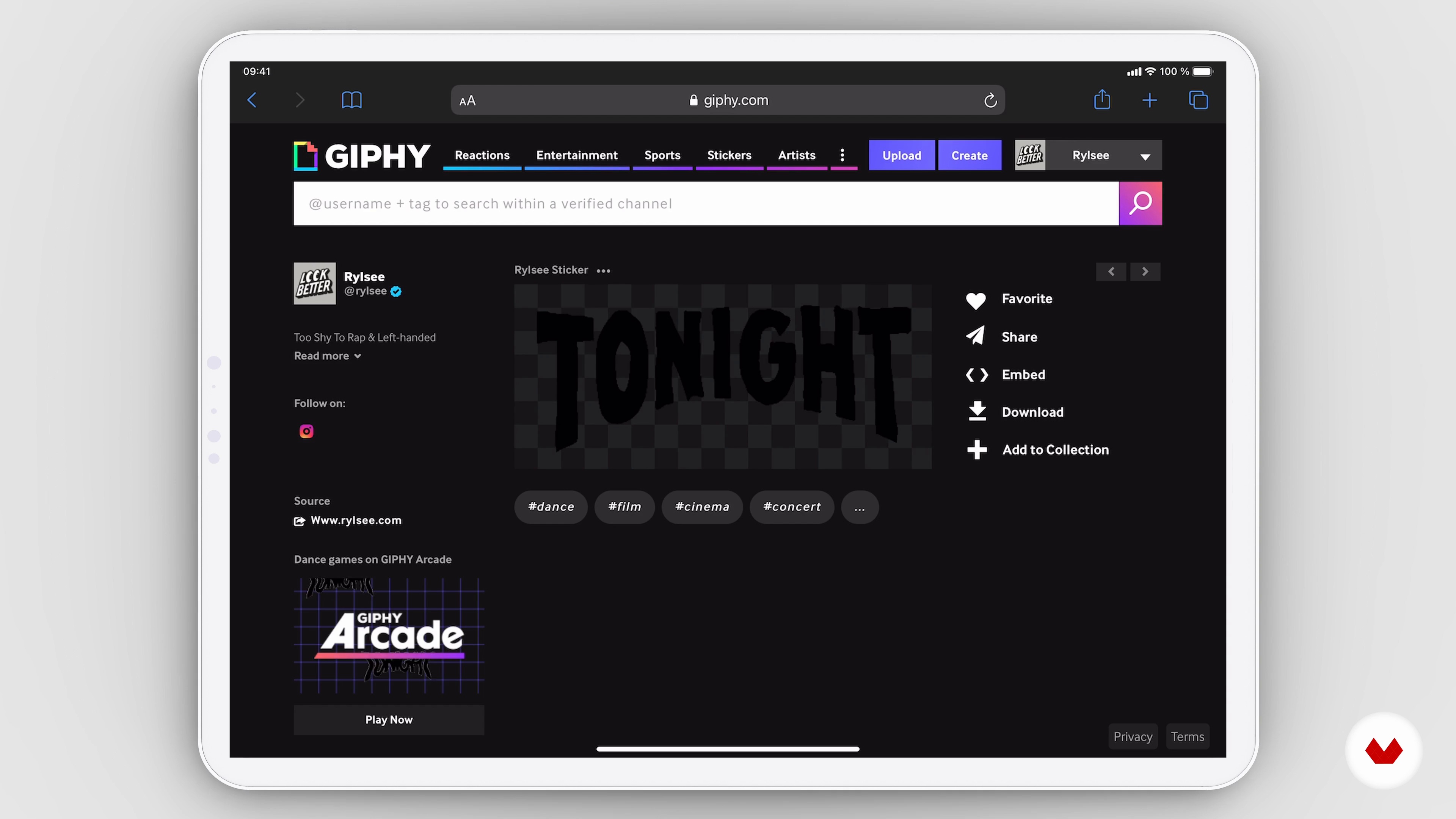
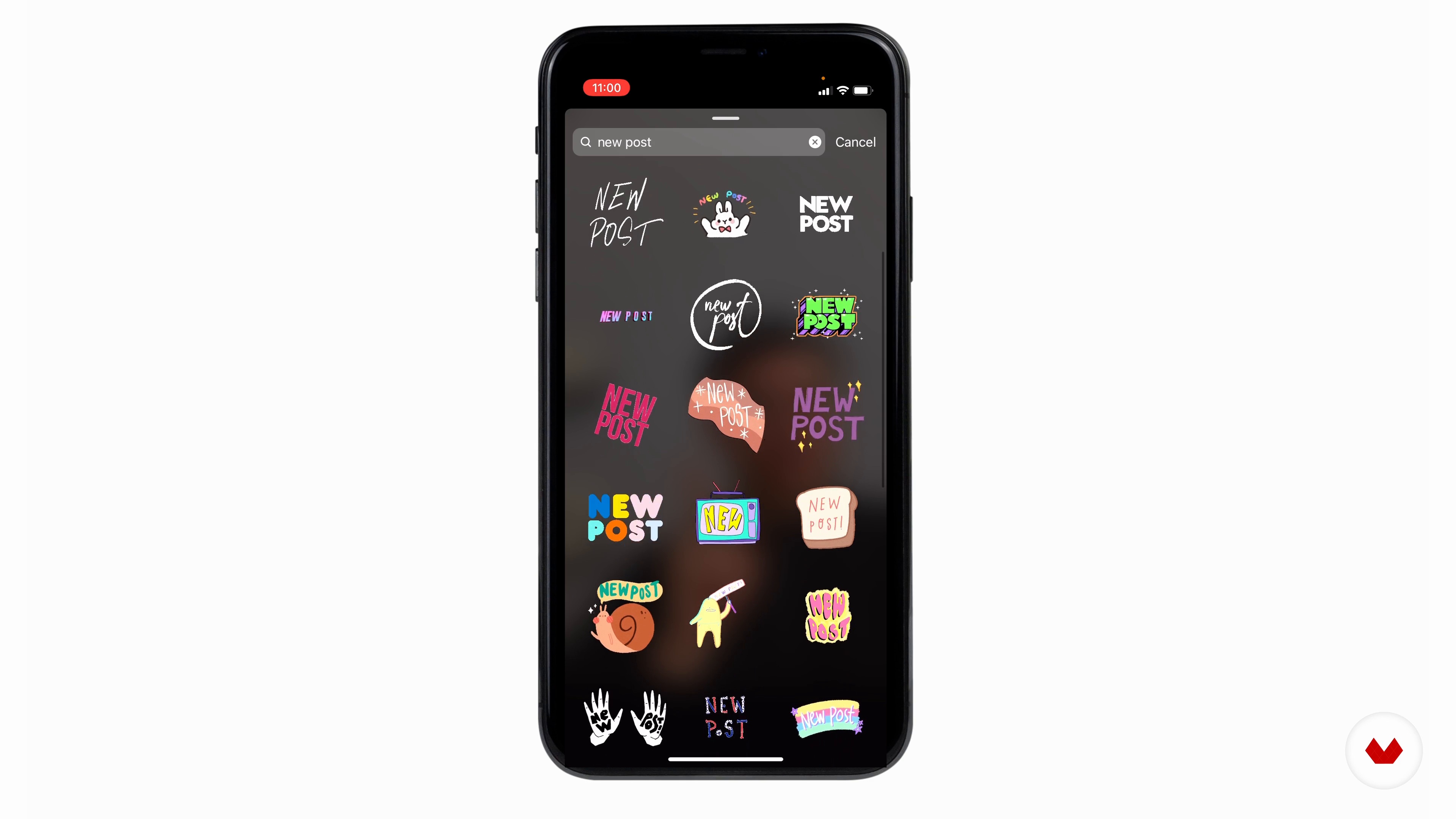
- 100% positive reviews (4)
- 370 students
- 89 lessons (16h 12m)
- 98 additional resources (55 files)
- Online and at your own pace
- Audio: English, Spanish
- Spanish · English · Portuguese · German · French · Italian · Polish · Dutch · Turkish
- Level: Beginner
- Unlimited access forever
What is this course's project?
Design a hand-painted sign featuring an original message using traditional lettering techniques and paint methods to craft a unique piece. Use effective composition, stylistic choices, and decorative details to create an inspiring, visually appealing project.
Who is this specialization for?
Ideal for creatives eager to master both traditional and digital lettering techniques, this course attracts artists, designers, and hobbyists aiming to elevate their skills in sign painting, hand-lettered quotes, expressive embellishments, digital design, and animated lettering for online use.
Requirements and materials
No extensive prior knowledge is needed. Basic necessities include art supplies like brushes, paints, an iPad with Procreate, and digital tools for creating GIFs. Enthusiasm and a willingness to explore both traditional and digital lettering techniques are essential.

Reviews
What to expect from this specialization course
-
Learn at your own pace
Enjoy learning from home without a set schedule and with an easy-to-follow method. You set your own pace.
-
Learn from the best professionals
Learn valuable methods and techniques explained by top experts in the creative sector.
-
Meet expert teachers
Each expert teaches what they do best, with clear guidelines, true passion, and professional insight in every lesson.
-
Certificates
PlusIf you're a Plus member, get a custom certificate for every specialization course. Share it on your portfolio, social media, or wherever you like.
-
Get front-row seats
Videos of the highest quality, so you don't miss a single detail. With unlimited access, you can watch them as many times as you need to perfect your technique.
-
Share knowledge and ideas
Ask questions, request feedback, or offer solutions. Share your learning experience with other students in the community who are as passionate about creativity as you are.
-
Connect with a global creative community
The community is home to millions of people from around the world who are curious and passionate about exploring and expressing their creativity.
-
Watch professionally produced courses
Domestika curates its teacher roster and produces every course in-house to ensure a high-quality online learning experience.
FAQs
What are Domestika's online courses?
Domestika courses are online classes that allow you to learn new skills and create incredible projects. All our courses include the opportunity to share your work with other students and/or teachers, creating an active learning community. We offer different formats:
Original Courses: Complete classes that combine videos, texts, and educational materials to complete a specific project from start to finish.
Basics Courses: Specialized training where you master specific software tools step by step.
Specialization Courses: Learning paths with various expert teachers on the same topic, perfect for becoming a specialist by learning from different approaches.
Guided Courses: Practical experiences ideal for directly acquiring specific skills.
Intensive Courses (Deep Dives): New creative processes based on artificial intelligence tools in an accessible format for in-depth and dynamic understanding.
When do the specialization courses start and when do they finish?
All specialization courses are 100% online, so once they're published, specialization courses start and finish whenever you want. You set the pace of the class. You can go back to review what interests you most and skip what you already know, ask questions, answer questions, share your projects, and more.
What do Domestika's specialization courses include?
The specialization courses are divided into different modules. Each one includes lessons, informational text, tasks, and practice exercises to help you carry out your project step by step, with additional complementary resources and downloads. You'll also have access to an exclusive forum where you can interact with other students, as well as share your work and your final project, creating a community around the specialization courses.
Have you been given a specialization courses?
You can redeem the specialization courses you received by accessing the redeeming page and entering your gift code.







Buenas explicaciones
Excelente
EXCELENTE
As someone who normally does calligraphy, this course has given me new inspiration to expand how I use my hand calligraphy skills.